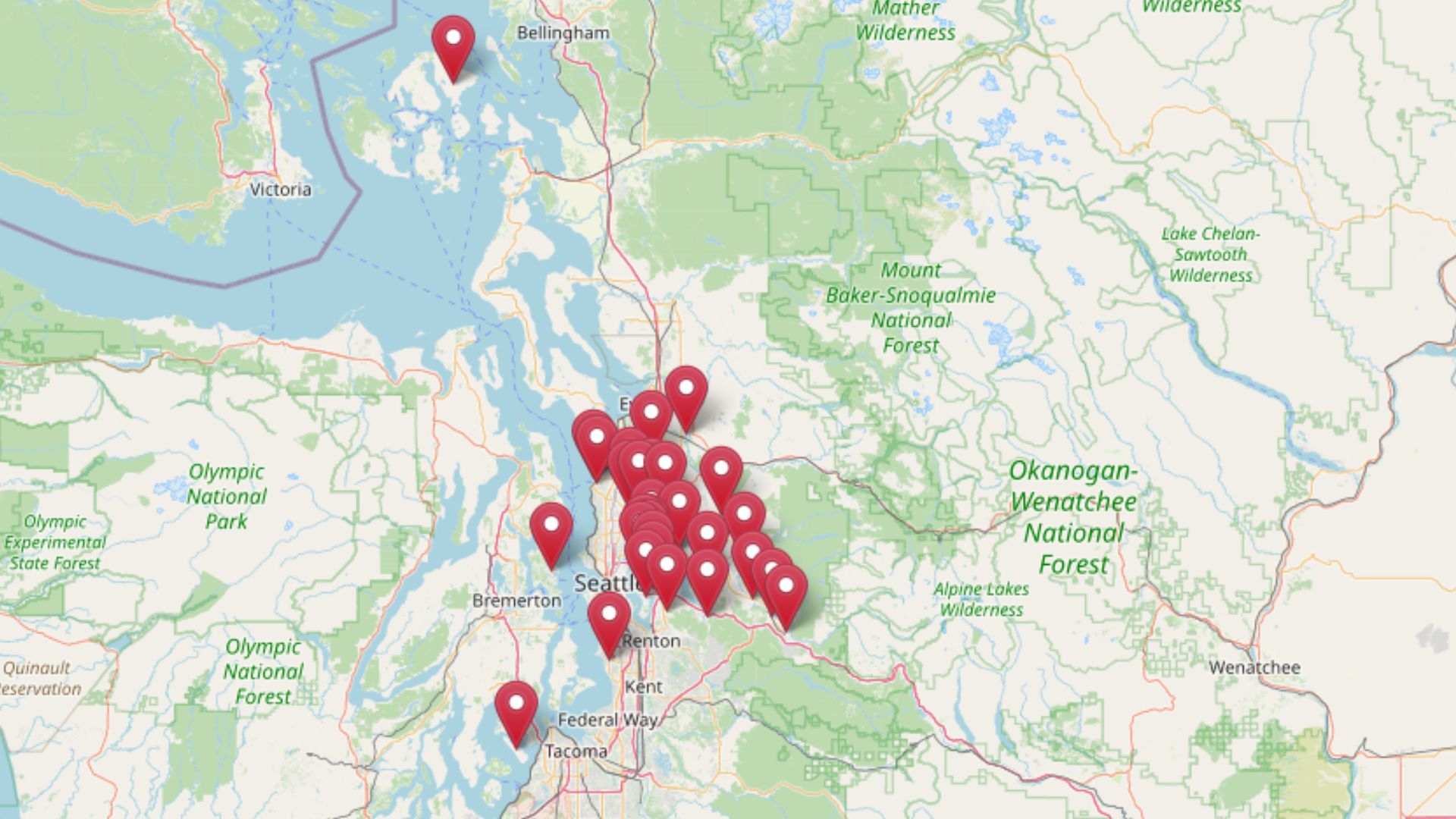
The latest Zillow Home Value Index data reveals dramatic price increases across Washington’s most expensive communities. Tech boom growth and limited inventory have pushed values to record highs in many areas. Premium waterfront locations and tech hubs dominate the rankings.
From exclusive island retreats to suburban tech corridors, these communities represent the pinnacle of Washington’s housing market. Buyers face fierce competition and sky-high prices. Each town tells a unique story of growth, exclusivity, and market forces.
30. Edmonds – 162% Home Price Increase Since 2010
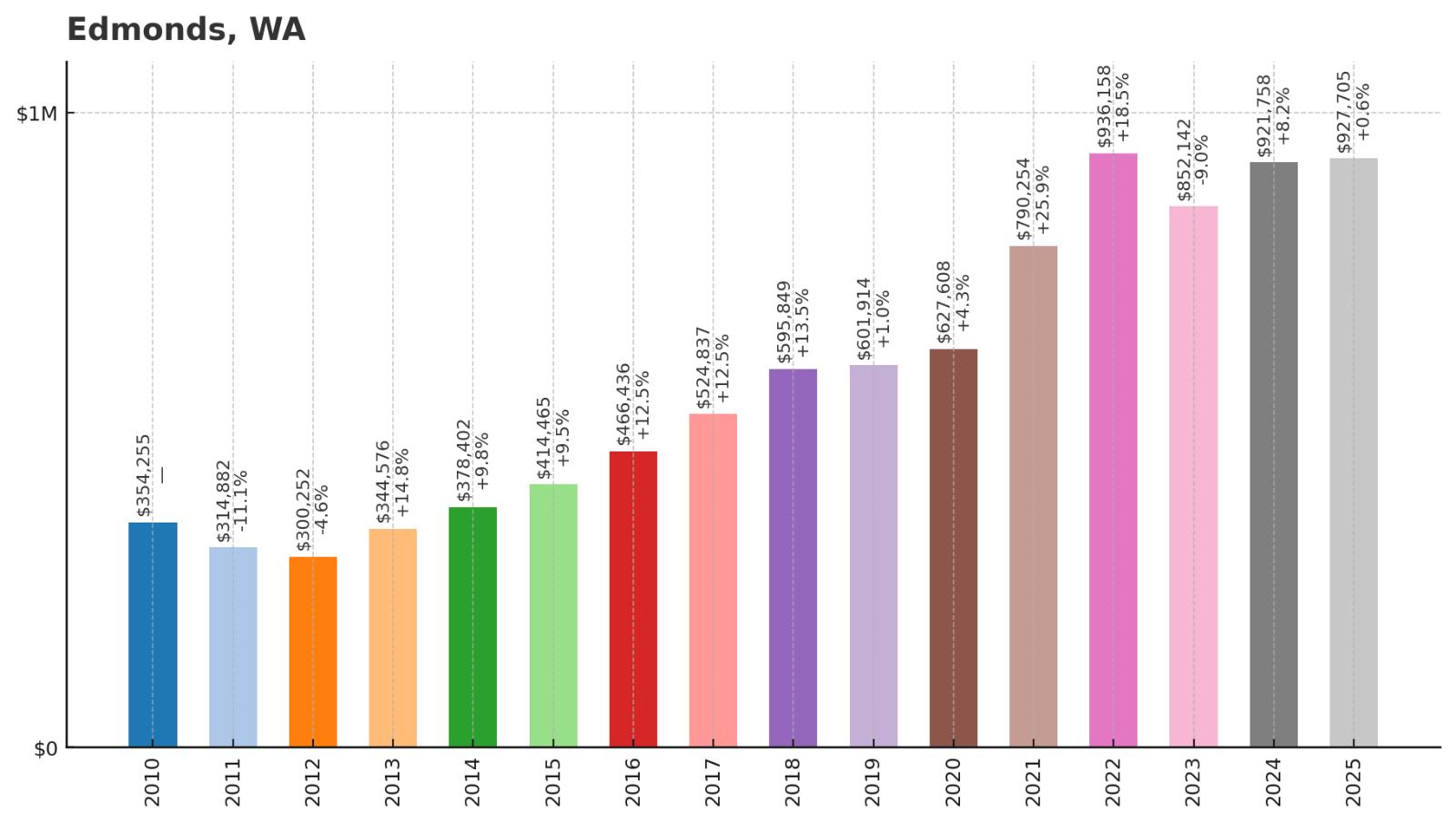
- 2010: $354,255
- 2011: $314,882
- 2012: $300,252
- 2013: $344,576
- 2014: $378,402
- 2015: $414,465
- 2016: $466,436
- 2017: $524,837
- 2018: $595,849
- 2019: $601,914
- 2020: $627,608
- 2021: $790,254
- 2022: $936,158
- 2023: $852,142
- 2024: $921,758
- 2025: $927,705
Edmonds has experienced explosive growth since bottoming out at $300,252 in 2012. The biggest jump came during the pandemic years, with values skyrocketing from $627,608 in 2020 to $936,158 in 2022. Current prices of $927,705 represent more than triple the post-recession lows.
Why Edmonds?

Why are people willing to pay so much to live here? What’s special about it?
Edmonds attracts families seeking coastal living without Seattle’s urban intensity. The city offers pristine beaches, ferry access to the Olympic Peninsula, and a charming downtown district. Strong schools and community amenities make it ideal for raising children.
The location provides easy commuting to Seattle and Bellevue via multiple routes. Historic neighborhoods feature craftsman homes and tree-lined streets that many buyers find irresistible. Puget Sound waterfront access adds significant premium value to many properties.
How Edmonds Rose to Prominence
Founded in 1890 by logger George Brackett, Edmonds began as a mill town serving the growing Pacific Northwest timber industry. The arrival of the Great Northern Railway in 1891 connected the community to Seattle and broader markets. Early settlers were drawn to the natural harbor and abundant forests.
The city’s transformation accelerated after World War II as suburban development spread north from Seattle. The opening of Interstate 5 in the 1960s made commuting more convenient, attracting middle-class families. Edmonds maintained its small-town character while becoming increasingly desirable for its schools and amenities.
3 Interesting Tidbits
1. Ferry Gateway – The Edmonds-Kingston ferry route has operated since 1951, making the Olympic Peninsula easily accessible for weekend getaways and outdoor recreation.
2. Underwater Park – The Edmonds Underwater Park is one of the first artificial reef systems in Washington, created specifically for scuba diving and marine habitat preservation.
3. Historic Preservation – The city’s Bowl neighborhood features some of the oldest homes in Snohomish County, with several houses dating back to the 1890s still standing today.
29. Snohomish – 165% Home Price Increase Since 2010

- 2010: $357,378
- 2011: $316,240
- 2012: $300,515
- 2013: $339,646
- 2014: $374,014
- 2015: $405,335
- 2016: $446,934
- 2017: $495,266
- 2018: $552,973
- 2019: $570,580
- 2020: $609,628
- 2021: $787,151
- 2022: $950,886
- 2023: $863,014
- 2024: $935,764
- 2025: $945,626
Snohomish followed a similar trajectory to neighboring Edmonds, hitting bottom in 2012 before steady growth. The pandemic sparked massive price increases, jumping from $609,628 in 2020 to $950,886 in 2022. Values have stabilized around $945,626, representing solid long-term appreciation.
Why Snohomish?

Why are people willing to pay so much to live here? What’s special about it?
Snohomish offers historic charm combined with modern convenience for Seattle commuters. The antique district and Victorian architecture create unique character rarely found in newer suburbs. Families appreciate excellent schools and safe neighborhoods with reasonable commute times.
The city balances small-town atmosphere with urban accessibility through Highway 2 and local roads. Historic downtown features walkable shopping and dining that many residents find appealing. Rural feel with city services attracts buyers seeking the best of both worlds.
How Snohomish Rose to Prominence
Established in 1859, Snohomish became the first county seat of Snohomish County and a major riverboat stop on the Snohomish River. Logging and farming dominated the early economy, with steamboats carrying timber and agricultural products to Seattle markets. The town’s strategic location made it a regional trading hub.
The railroad’s arrival in 1888 connected Snohomish to the transcontinental network, spurring growth and development. Many Victorian-era buildings from this period still stand today, creating the historic character that attracts modern buyers. The city maintained its identity while evolving into a bedroom community for Seattle-area workers.
3 Interesting Tidbits
1. Antique Capital – Snohomish calls itself the “Antique Capital of the Northwest” with over 450 antique dealers and vintage shops concentrated in the historic downtown area.
2. Supernatural Reputation – The city claims to be one of the most haunted places in Washington, with several historic buildings reportedly experiencing paranormal activity that draws ghost tour enthusiasts.
3. Film Location – The historic downtown has served as a filming location for several movies and TV shows, including scenes from “The Ring” and other Pacific Northwest productions.
28. Olga – 101% Home Price Increase Since 2010

- 2010: $472,705
- 2011: $437,517
- 2012: $446,073
- 2013: $449,247
- 2014: $464,801
- 2015: $462,190
- 2016: $476,722
- 2017: $503,470
- 2018: $553,201
- 2019: $593,699
- 2020: $624,355
- 2021: $862,811
- 2022: $1,003,623
- 2023: $972,080
- 2024: $984,819
- 2025: $950,398
Olga started from a much higher baseline at $472,705 in 2010, showing the slowest percentage growth on this list. The community saw steady but modest increases until the pandemic surge lifted values to over $1 million. Current prices around $950,398 still represent solid doubling over 15 years.
Why Olga?
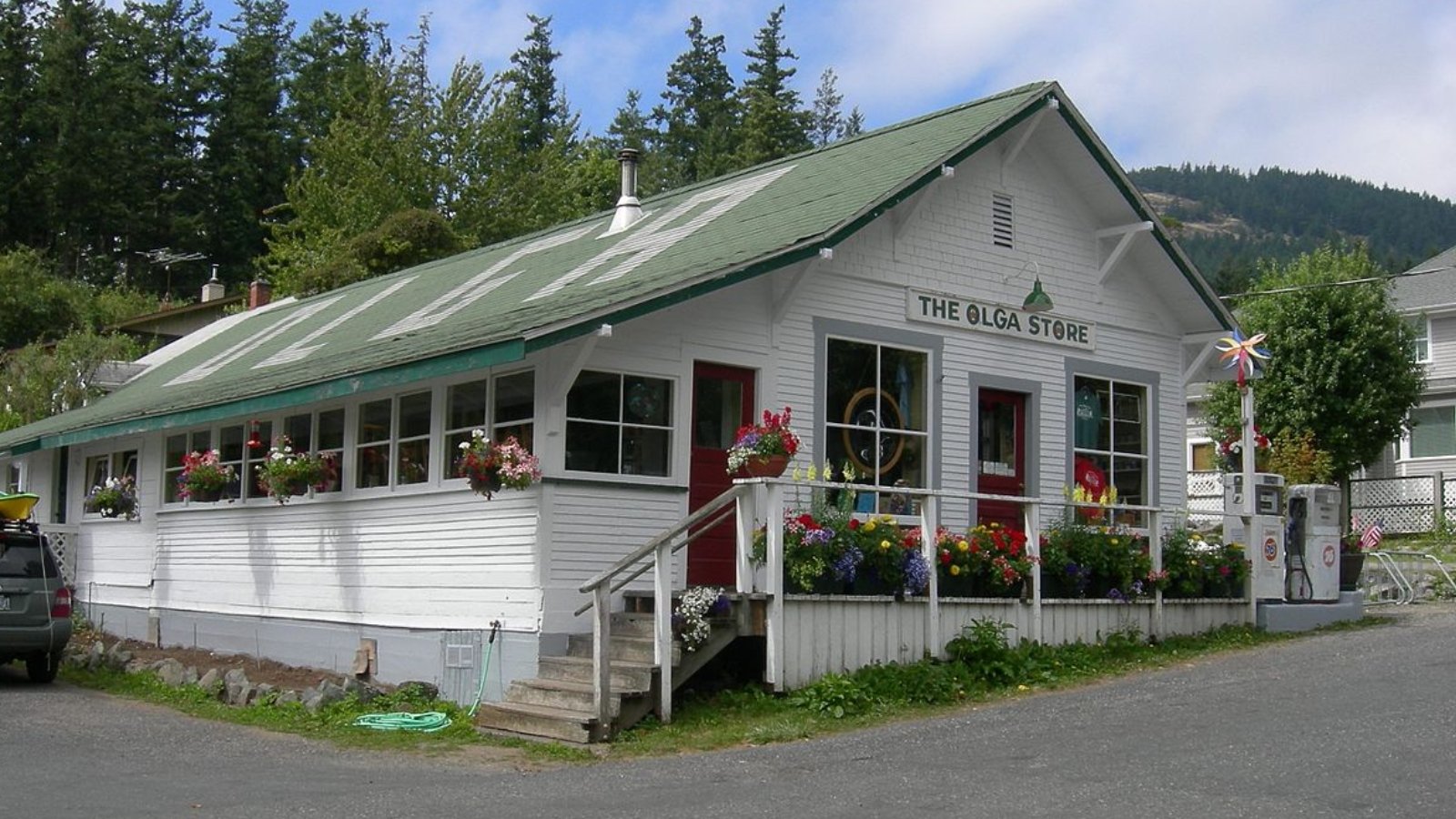
Why are people willing to pay so much to live here? What’s special about it?
Olga provides ultimate privacy on Orcas Island in the San Juan archipelago. Buyers seek waterfront retreats away from urban pressures and tourist crowds. The community offers stunning natural beauty with whale watching and outdoor recreation at your doorstep.
Limited ferry access creates exclusivity that wealthy buyers find appealing for second homes. Properties often feature private beaches, forest settings, and panoramic water views. The isolation and natural setting justify premium prices for those seeking escape.
How Olga Rose to Prominence
Named after Olga Olsen, the daughter of an early Norwegian settler, this small community on Orcas Island developed as a quiet residential area away from the island’s main villages. Unlike other San Juan communities focused on tourism or fishing, Olga remained primarily residential with scattered waterfront homes.
The area gained prominence as wealthy Seattle residents discovered the San Juan Islands for vacation homes in the post-World War II era. Improved ferry service and rising affluence made island getaways more accessible. Olga’s relative seclusion and natural beauty attracted buyers seeking privacy and scenic waterfront settings.
3 Interesting Tidbits
1. Artistic Haven – The community has attracted numerous artists and writers over the decades, drawn by the inspirational natural setting and peaceful environment away from urban distractions.
2. Kayaking Paradise – The protected waters around Olga offer some of the best sea kayaking in the Pacific Northwest, with calm bays and diverse marine wildlife.
3. Dark Sky Sanctuary – The remote location provides exceptional stargazing opportunities with minimal light pollution, making it popular with astronomy enthusiasts.
27. Mill Creek – 183% Home Price Increase Since 2010
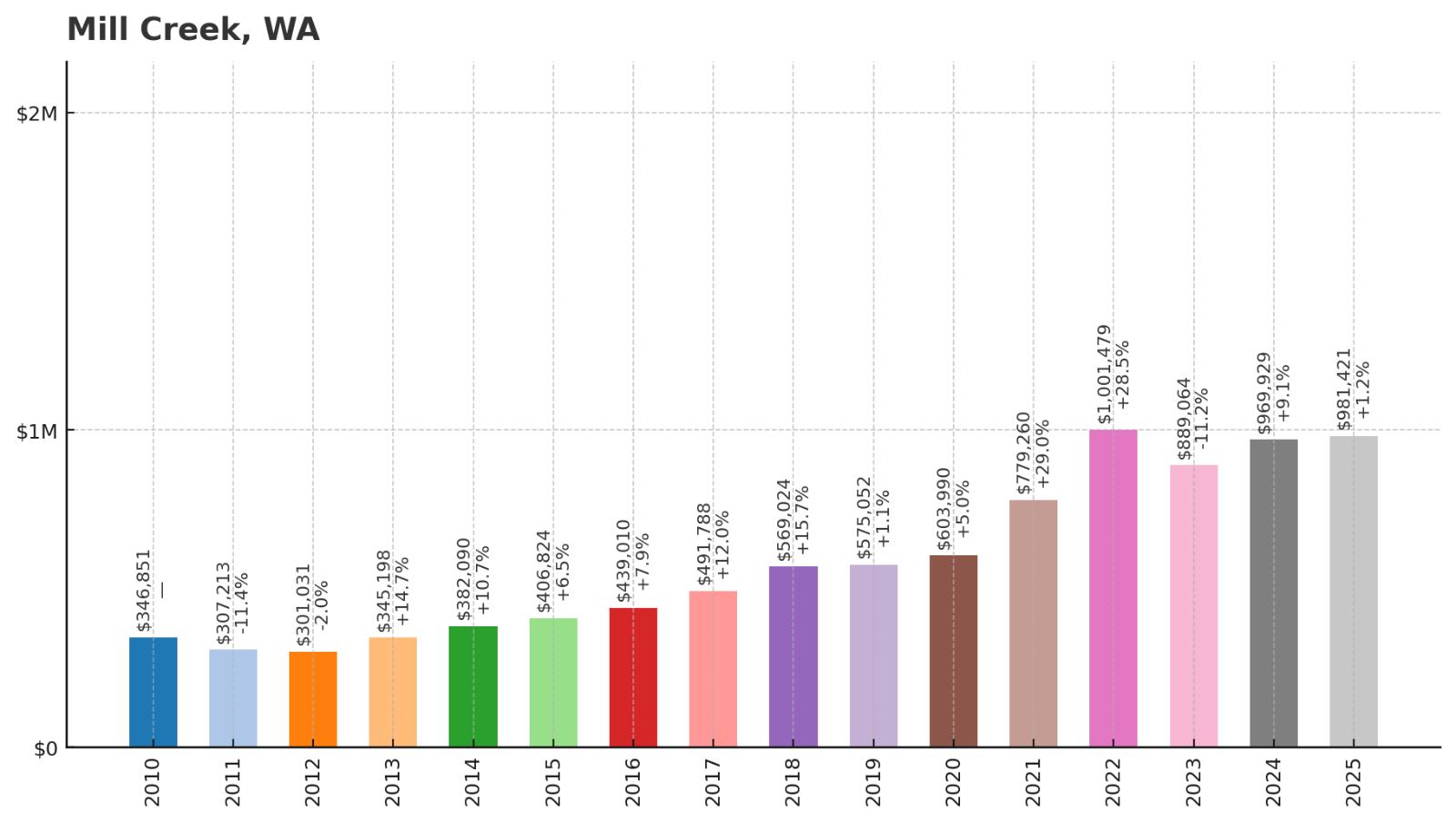
- 2010: $346,851
- 2011: $307,213
- 2012: $301,031
- 2013: $345,198
- 2014: $382,090
- 2015: $406,824
- 2016: $439,010
- 2017: $491,788
- 2018: $569,024
- 2019: $575,052
- 2020: $603,990
- 2021: $779,260
- 2022: $1,001,479
- 2023: $889,064
- 2024: $969,929
- 2025: $981,421
Mill Creek recovered strongly from the 2012 low of $301,031 to nearly triple in value. The pandemic years brought the biggest surge, pushing median prices above $1 million for the first time. Current values around $981,421 show the community has maintained its premium status.
Why Mill Creek?

Why are people willing to pay so much to live here? What’s special about it?
Mill Creek combines planned community amenities with natural Pacific Northwest beauty. The city features extensive trail systems, parks, and green spaces that appeal to active families. Top-rated schools and low crime rates make it highly desirable for raising children.
Strategic location between Seattle and Everett provides excellent commute options via multiple highways. The community was designed with walkability and quality of life in mind. Higher-end housing and strict development standards maintain property values and neighborhood character.
How Mill Creek Rose to Prominence
Mill Creek was incorporated as recently as 1983, making it one of Washington’s newest cities. The area was developed as a master-planned community in the 1970s and 1980s, designed to balance residential growth with environmental preservation. Early planners emphasized parks, trails, and natural areas.
The city’s growth coincided with the expansion of the Seattle metropolitan area and the rise of the technology industry. Mill Creek’s emphasis on quality schools, family amenities, and natural beauty attracted professionals and families seeking suburban lifestyle with urban access. Careful planning and development standards helped maintain its desirability.
3 Interesting Tidbits
1. Trail Network – Mill Creek maintains over 15 miles of walking and biking trails that connect neighborhoods, parks, and shopping areas throughout the city.
2. Young City – At just over 40 years old, Mill Creek is one of the youngest incorporated cities in Washington State, reflecting planned suburban development.
3. Wetland Preserve – The city has preserved significant wetland areas that provide habitat for wildlife and natural flood control while maintaining the community’s green character.
26. Duvall – 152% Home Price Increase Since 2010
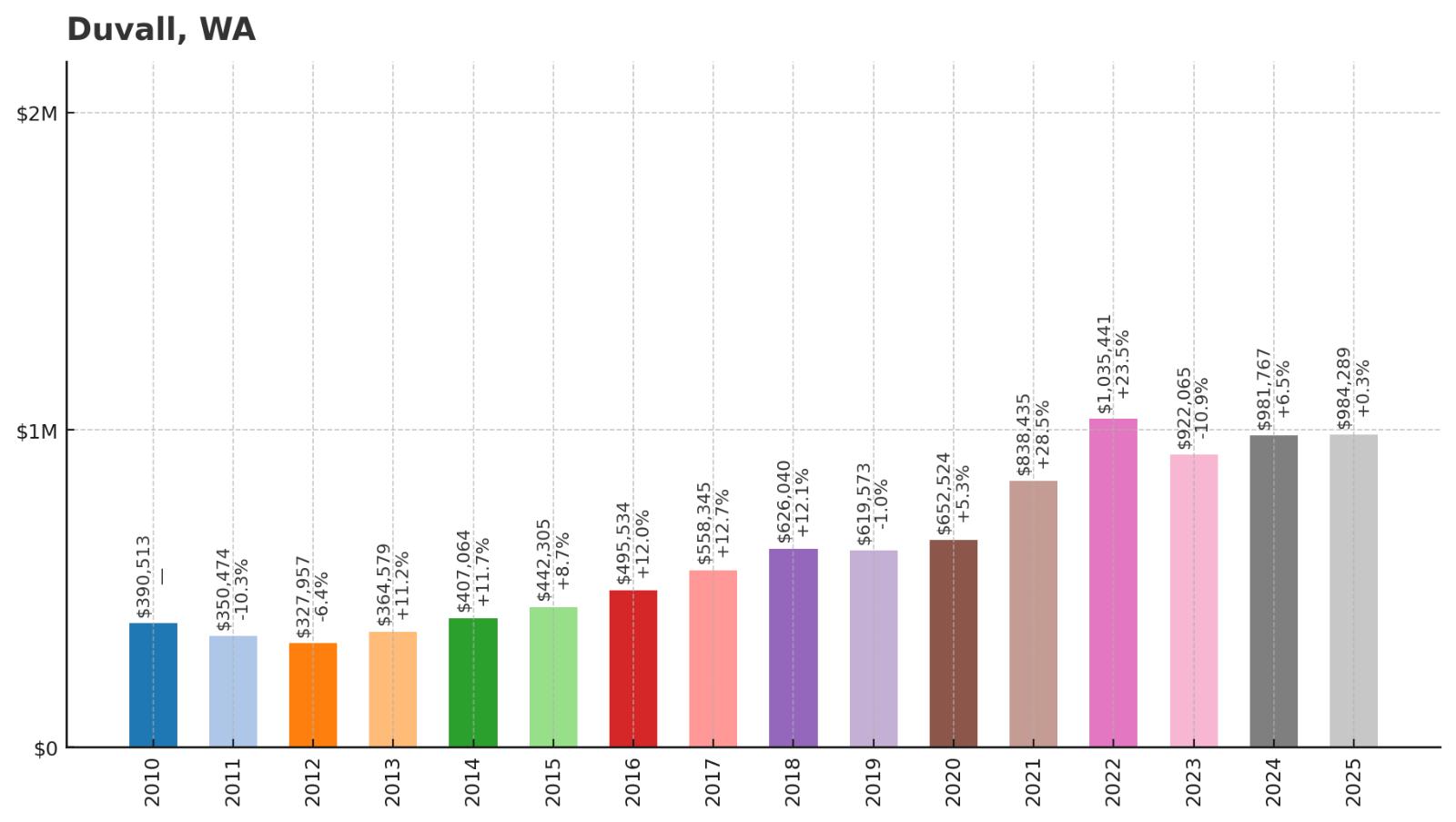
- 2010: $390,513
- 2011: $350,474
- 2012: $327,957
- 2013: $364,579
- 2014: $407,064
- 2015: $442,305
- 2016: $495,534
- 2017: $558,345
- 2018: $626,040
- 2019: $619,573
- 2020: $652,524
- 2021: $838,435
- 2022: $1,035,441
- 2023: $922,065
- 2024: $981,767
- 2025: $984,289
Duvall experienced steady appreciation from its 2012 low of $327,957 through the 2010s. The pandemic surge pushed values above $1 million for the first time in 2022. Current median prices near $984,289 reflect the community’s evolution into a premium suburb.
Why Duvall?

Why are people willing to pay so much to live here? What’s special about it?
Duvall offers rural atmosphere with suburban conveniences in the Snoqualmie Valley. Families are drawn to excellent schools, safe neighborhoods, and abundant outdoor recreation opportunities. The community maintains small-town character while providing modern amenities.
Proximity to major tech employers in Redmond and Bellevue makes it attractive to high-income professionals. The Snoqualmie River and surrounding forests provide natural beauty and recreation. Historic downtown and community events create strong neighborhood connections.
How Duvall Rose to Prominence
Originally called Cherry Valley, Duvall was founded in 1910 when the Chicago, Milwaukee & St. Paul Railway extended through the Snoqualmie Valley. The town was renamed after James Duvall, an early homesteader who became the first postmaster. Logging and farming dominated the early economy.
The community remained rural until the 1980s and 1990s when suburban expansion reached the Snoqualmie Valley. Improved roads and the growth of nearby Redmond’s technology sector brought new residents seeking rural lifestyle with urban job access. Duvall has managed growth while preserving its valley setting and community character.
3 Interesting Tidbits
1. Sandstone Quarry – Historic sandstone quarries in Duvall provided building material for many early Seattle structures, including parts of the original University of Washington campus.
2. Film Location – The town served as a filming location for the TV series “The Ring” and has appeared in several Pacific Northwest-themed movies and commercials.
3. Valley Agriculture – Despite suburban growth, Duvall still maintains working farms and rural areas that contribute to the valley’s agricultural heritage and scenic character.
25. Brier – 183% Home Price Increase Since 2010
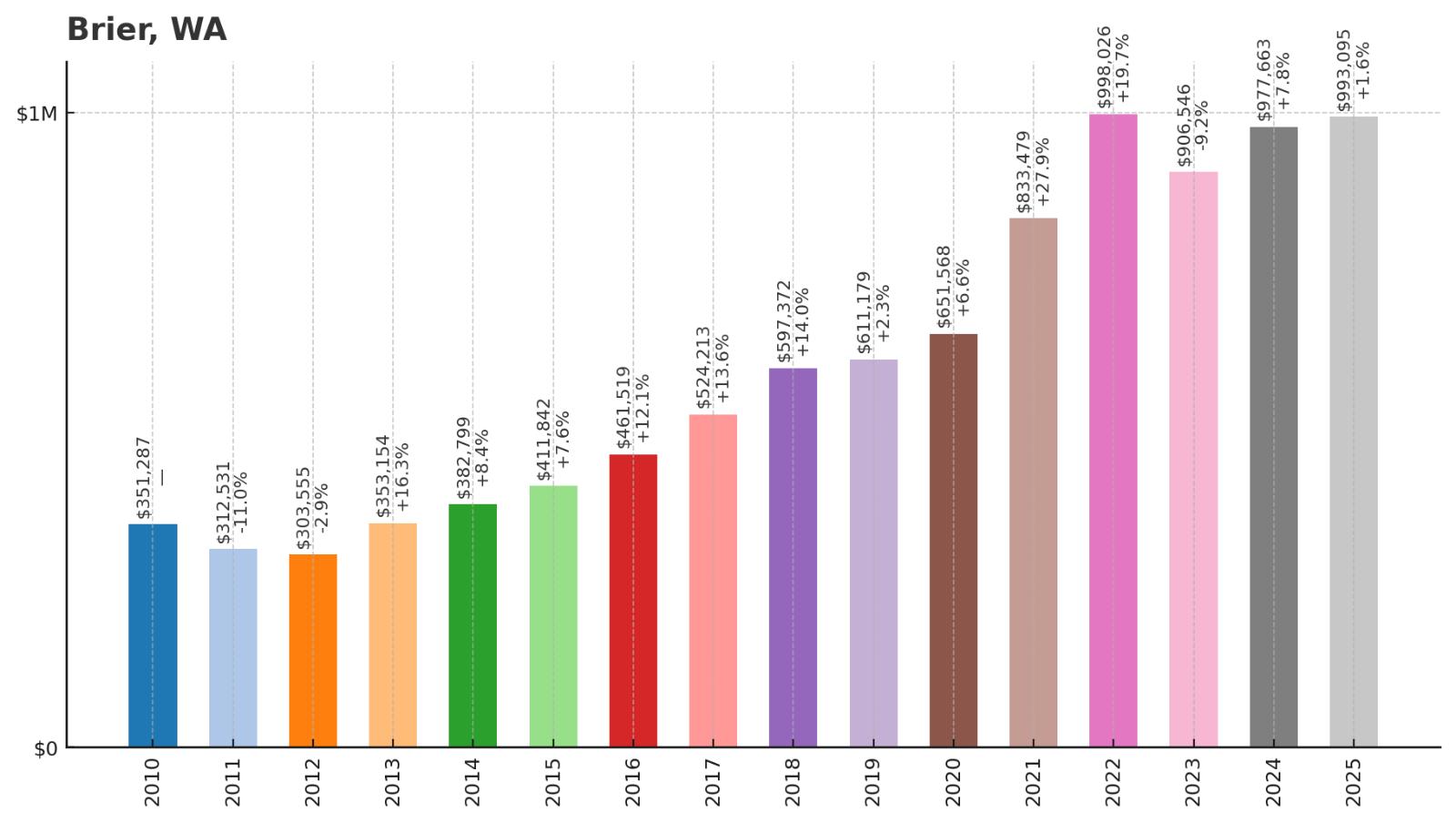
- 2010: $351,287
- 2011: $312,531
- 2012: $303,555
- 2013: $353,154
- 2014: $382,799
- 2015: $411,842
- 2016: $461,519
- 2017: $524,213
- 2018: $597,372
- 2019: $611,179
- 2020: $651,568
- 2021: $833,479
- 2022: $998,026
- 2023: $906,546
- 2024: $977,663
- 2025: $993,095
Brier nearly tripled in value from its 2012 low point to current levels around $993,095. The small community saw consistent growth throughout the 2010s before the pandemic surge pushed values near $1 million. Recovery from the 2023 dip shows continued strong demand.
Why Brier?
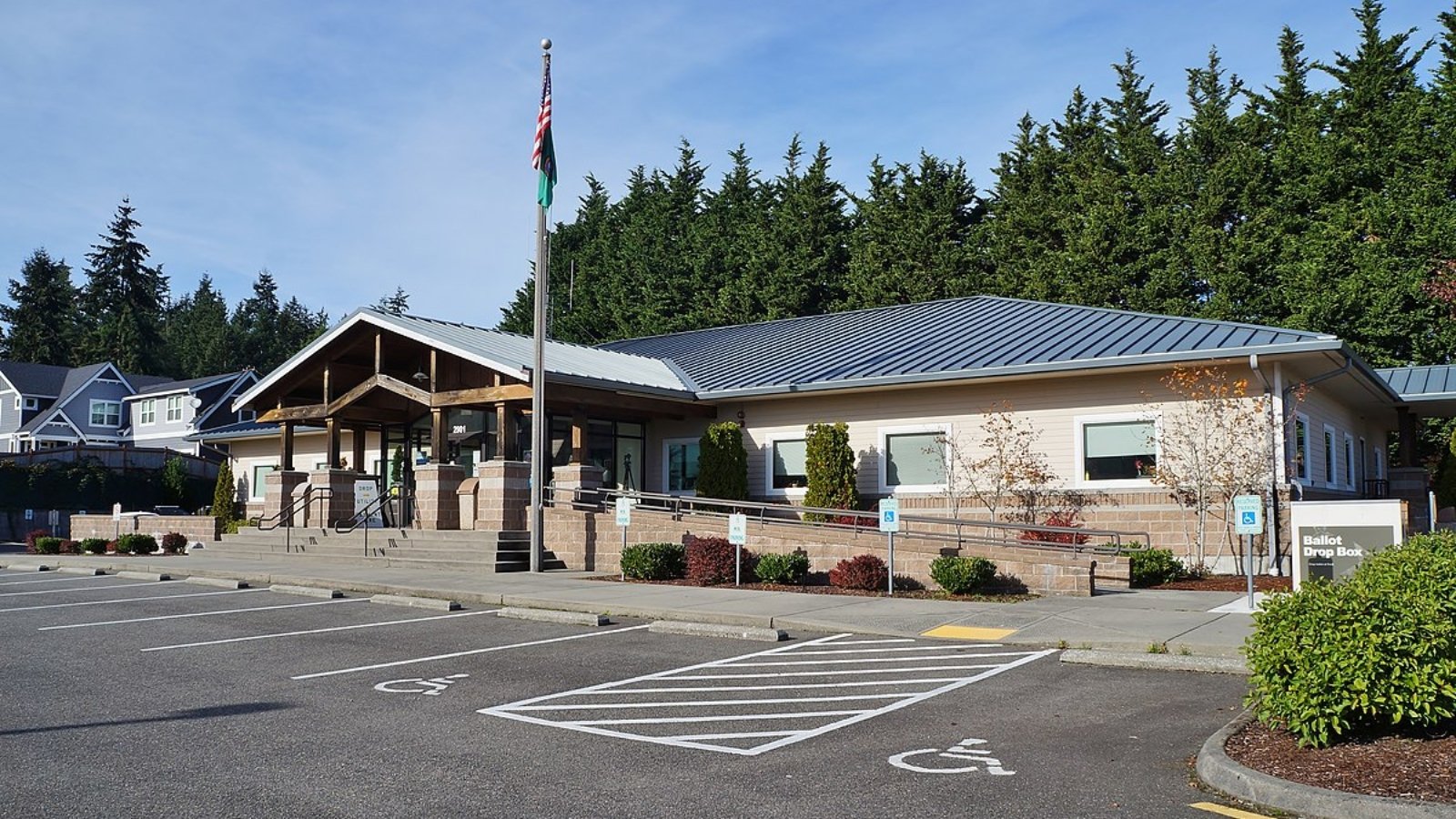
Why are people willing to pay so much to live here? What’s special about it?
Brier provides quiet residential living with large lots in south Snohomish County. The small city offers privacy and space that many suburban communities lack. Excellent schools and low crime rates appeal to families with children.
Strategic location provides easy access to Seattle, Bellevue, and Everett employment centers. The community maintains strict development standards that preserve property values and neighborhood character. Rural feel with urban convenience attracts buyers seeking the best of both.
How Brier Rose to Prominence
Incorporated in 1965, Brier was developed as a residential community on former logging and farmland. The area remained largely rural until post-World War II suburban expansion reached south Snohomish County. Early residents sought larger lots and more space than available in denser urban areas.
The city’s growth accelerated during the technology boom as professionals sought suburban lifestyle with reasonable commutes to Seattle and Eastside job centers. Brier’s emphasis on large lots, quality construction, and environmental preservation attracted higher-income buyers. The community has maintained its residential character while property values have risen significantly.
3 Interesting Tidbits
1. Small Scale – With only about 6,800 residents, Brier maintains an intimate community feel where neighbors often know each other personally.
2. Forest Preservation – The city requires significant tree preservation in new developments, maintaining the forested character that originally attracted residents.
3. Volunteer Spirit – Many city services rely on volunteer participation, fostering strong community engagement and civic involvement among residents.
24. North Bend – 159% Home Price Increase Since 2010
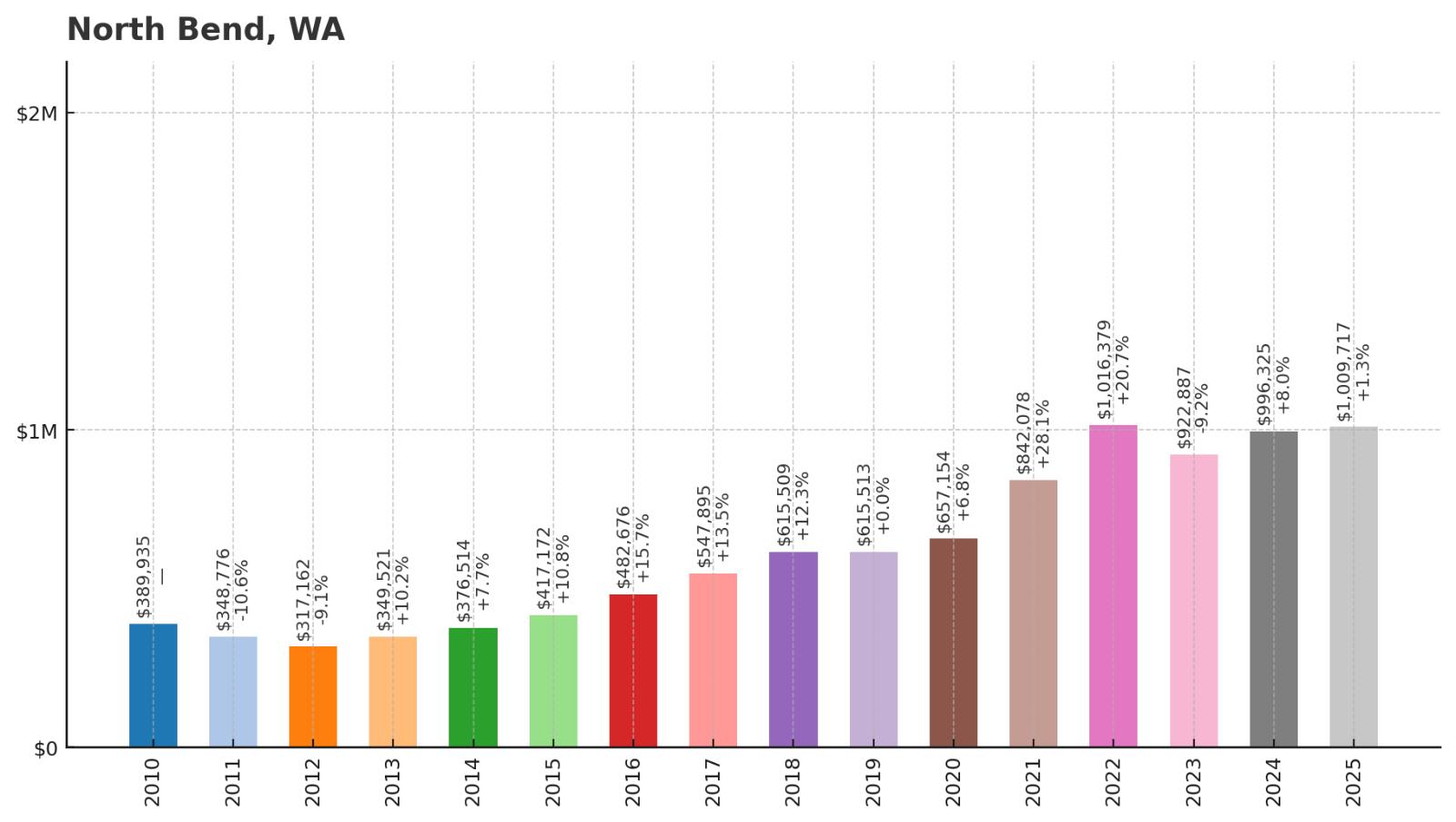
- 2010: $389,935
- 2011: $348,776
- 2012: $317,162
- 2013: $349,521
- 2014: $376,514
- 2015: $417,172
- 2016: $482,676
- 2017: $547,895
- 2018: $615,509
- 2019: $615,513
- 2020: $657,154
- 2021: $842,078
- 2022: $1,016,379
- 2023: $922,887
- 2024: $996,325
- 2025: $1,009,717
North Bend more than tripled from its 2012 bottom of $317,162 to break the million-dollar barrier in 2022. The Cascade foothills community has maintained values above $1 million despite some volatility. Current prices around $1,009,717 reflect its transformation into a premium mountain town.
Why North Bend?
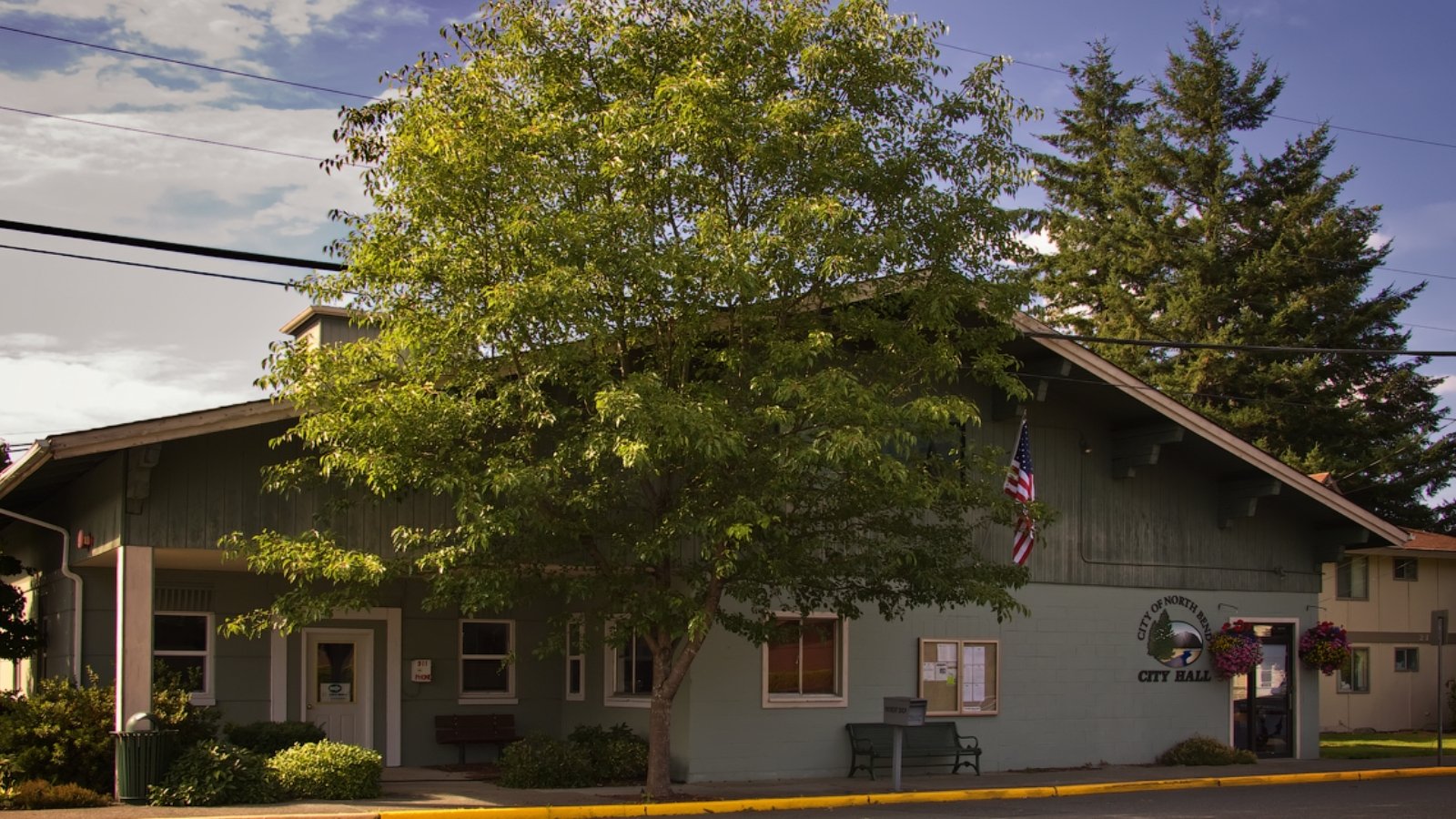
Why are people willing to pay so much to live here? What’s special about it?
North Bend offers mountain living with Seattle accessibility in the scenic Snoqualmie Valley. Outdoor enthusiasts are drawn to world-class hiking, skiing, and recreation opportunities literally outside their front door. The community combines natural beauty with modern conveniences.
Famous as the filming location for Twin Peaks, the town has unique cultural cachet that appeals to many buyers. Premium outlet shopping and the Snoqualmie Casino add entertainment options. Dramatic mountain vistas and forested settings create a resort-like atmosphere for daily living.
How North Bend Rose to Prominence
Founded in 1889 as a railroad town on the Northern Pacific line, North Bend served as a division point and maintenance facility in the Cascade Mountains. The community’s location at the bend of the South Fork Snoqualmie River gave it its name. Early economy centered on logging, railroads, and serving travelers crossing the mountains.
The town gained national recognition as the fictional Twin Peaks in David Lynch’s iconic TV series, filmed here in the 1990s. This cultural exposure, combined with outdoor recreation growth and Seattle area expansion, attracted new residents seeking mountain lifestyle. The opening of Snoqualmie Pass ski areas and improved highway access further boosted the area’s appeal.
3 Interesting Tidbits
1. Twin Peaks Fame – Many businesses and locations in North Bend still capitalize on the show’s popularity, with Twin Peaks tours and themed establishments drawing visitors from around the world.
2. Outlet Destination – The North Bend Premium Outlets attract millions of shoppers annually, making the small town a major retail destination for the entire region.
3. Hiking Gateway – The town serves as the primary access point for dozens of popular Cascade hiking trails, including Mount Si, one of Washington’s most climbed peaks.
23. Carnation – 132% Home Price Increase Since 2010
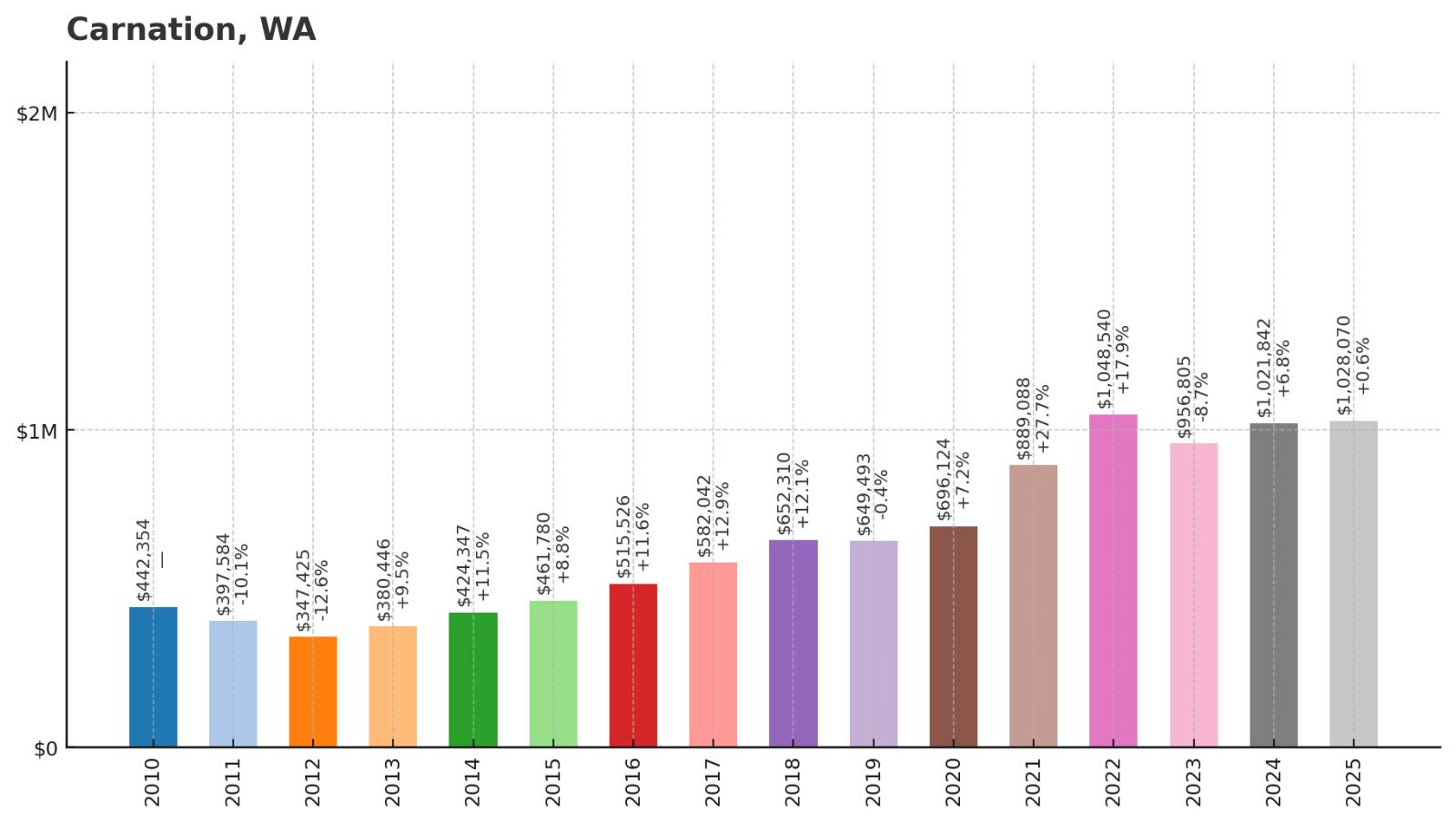
- 2010: $442,354
- 2011: $397,584
- 2012: $347,425
- 2013: $380,446
- 2014: $424,347
- 2015: $461,780
- 2016: $515,526
- 2017: $582,042
- 2018: $652,310
- 2019: $649,493
- 2020: $696,124
- 2021: $889,088
- 2022: $1,048,540
- 2023: $956,805
- 2024: $1,021,842
- 2025: $1,028,070
Carnation started from a higher baseline than many communities but still managed to triple in value since the recession. The pandemic years pushed median prices above $1 million for the first time. Current values around $1,028,070 reflect the community’s appeal to high-income buyers seeking rural luxury.
Why Carnation?

Why are people willing to pay so much to live here? What’s special about it?
Carnation provides rural luxury in the scenic Snoqualmie Valley with river access and mountain views. Buyers seek larger properties and privacy while maintaining reasonable commutes to Seattle and Eastside employment. The community offers small-town atmosphere with upscale amenities.
Horse properties and estate-sized lots appeal to buyers wanting space and agricultural lifestyle. The Snoqualmie River provides recreation and scenic beauty that many find irresistible. Historic farming community character combines with modern luxury to create unique appeal.
How Carnation Rose to Prominence
Originally named Tolt, the community was renamed Carnation in 1917 when the Carnation Evaporated Milk Company established a research farm and condensery in the valley. The company’s presence brought jobs and recognition to the small farming community. Agriculture, particularly dairy farming, dominated the local economy for decades.
As Seattle expanded eastward, Carnation’s rural setting and larger properties attracted buyers seeking space and privacy. The community has balanced growth with preservation of its agricultural heritage and natural beauty. Horse properties and estate homes have become increasingly common as wealthy professionals discover the valley’s appeal.
3 Interesting Tidbits
1. Dairy Legacy – The historic Carnation Research Farm pioneered many modern dairy farming techniques and was instrumental in developing artificial insemination for cattle breeding.
2. River Recreation – The Snoqualmie River through Carnation offers some of the best salmon fishing and river recreation opportunities in the Seattle metro area.
3. Agricultural Preservation – Despite residential growth, Carnation maintains working farms and agricultural land that preserve the valley’s rural character and farming heritage.
22. Lake Forest Park – 140% Home Price Increase Since 2010

- 2010: $430,773
- 2011: $388,370
- 2012: $353,636
- 2013: $402,042
- 2014: $440,042
- 2015: $485,523
- 2016: $553,998
- 2017: $629,177
- 2018: $705,280
- 2019: $679,728
- 2020: $728,355
- 2021: $903,935
- 2022: $1,056,909
- 2023: $961,765
- 2024: $1,034,994
- 2025: $1,033,185
Lake Forest Park showed remarkable consistency in growth, building from $353,636 in 2012 to over $1 million by 2022. The forested community nearly tripled in value over this period. Current prices around $1,033,185 demonstrate sustained demand for this unique suburban enclave.
Why Lake Forest Park?
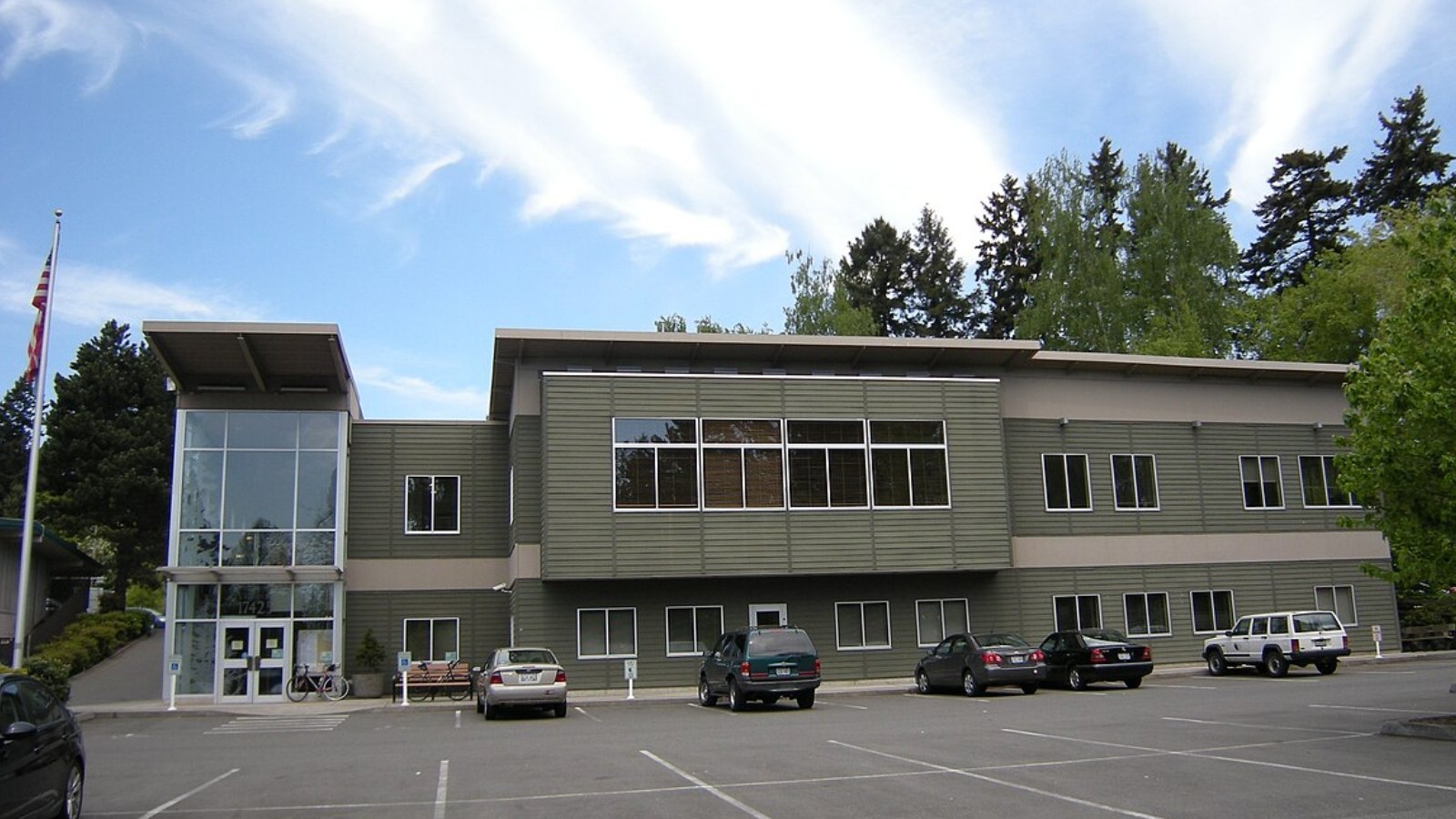
Why are people willing to pay so much to live here? What’s special about it?
Lake Forest Park offers secluded forest living just minutes from Seattle’s urban center. The community is renowned for preserving old-growth trees and natural settings that create a retreat-like atmosphere. Strict development codes maintain the forested character that originally attracted residents.
Properties often feature mature trees, privacy, and unique architectural designs that blend with the natural environment. The city’s commitment to environmental preservation appeals to buyers seeking sustainable luxury. Easy access to Seattle while maintaining forest tranquility creates exceptional appeal.
How Lake Forest Park Rose to Prominence
Incorporated in 1961, Lake Forest Park was developed with the specific goal of preserving the area’s natural forest while allowing residential development. Early planners established strict tree preservation ordinances and large lot requirements that continue today. The community was designed for people seeking nature-integrated living.
The city’s unique approach to development attracted environmentally conscious professionals and families who valued natural beauty over conventional suburban amenities. Lake Forest Park became known for innovative environmental policies and architectural standards that respect the forest setting. This reputation has continued to drive demand from buyers seeking something different.
3 Interesting Tidbits
1. Tree Preservation – Lake Forest Park has some of the strictest tree preservation ordinances in Washington, requiring permits to remove trees over six inches in diameter and maintaining forest canopy coverage.
2. Burke-Gilman Trail – The popular Burke-Gilman Trail runs through the city, providing car-free access to Seattle and connecting residents to one of the region’s premier recreation corridors.
3. Environmental Innovation – The city was among the first in Washington to ban leaf blowers and implement comprehensive environmental protection measures that serve as models for other communities.
21. Normandy Park – 129% Home Price Increase Since 2010
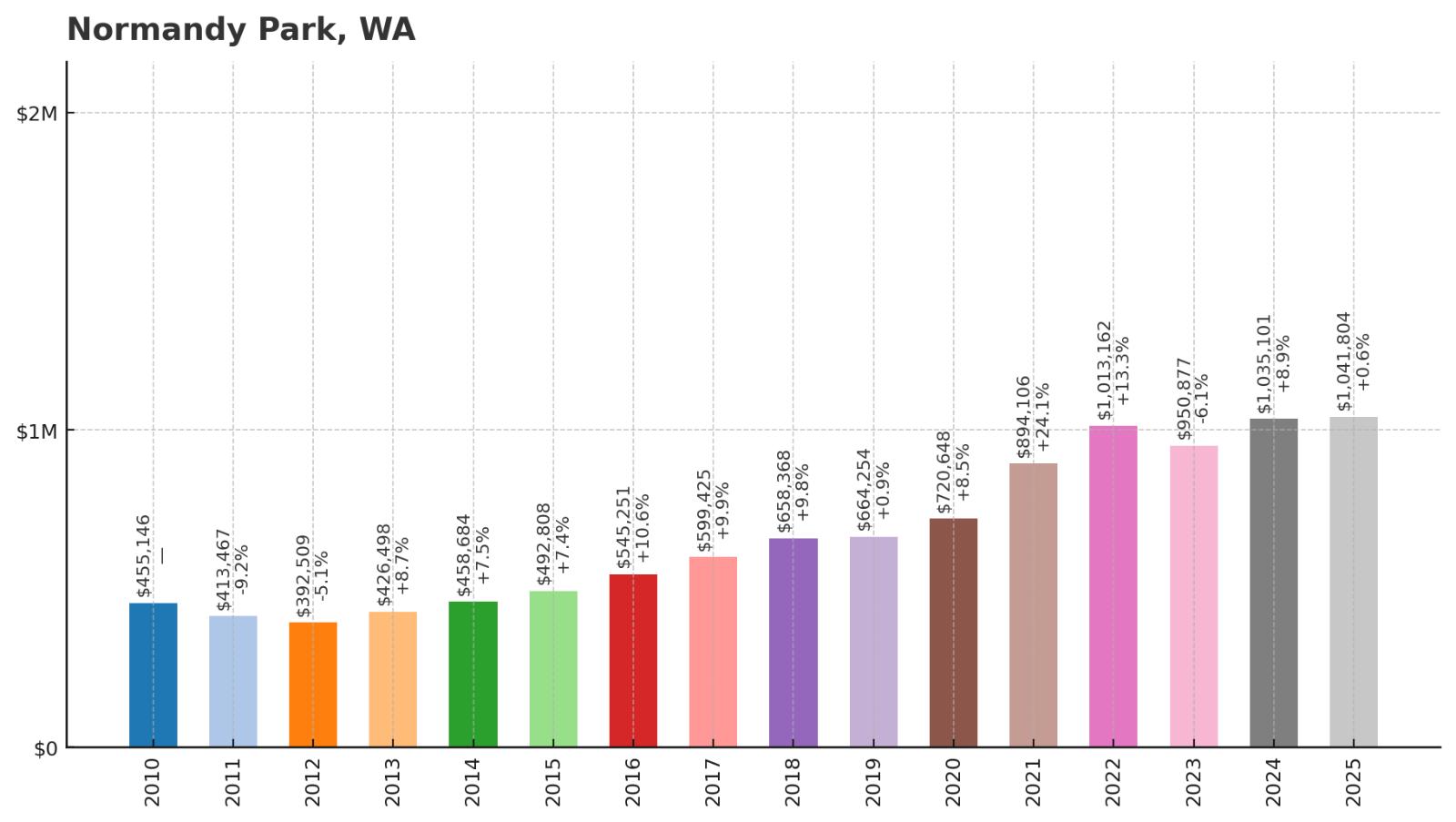
- 2010: $455,146
- 2011: $413,467
- 2012: $392,509
- 2013: $426,498
- 2014: $458,684
- 2015: $492,808
- 2016: $545,251
- 2017: $599,425
- 2018: $658,368
- 2019: $664,254
- 2020: $720,648
- 2021: $894,106
- 2022: $1,013,162
- 2023: $950,877
- 2024: $1,035,101
- 2025: $1,041,804
Normandy Park demonstrated steady appreciation from $392,509 in 2012 to over $1 million by 2022. The coastal community more than doubled in value during this period. Current median prices around $1,041,804 reflect its status as a premium Puget Sound waterfront destination.
Why Normandy Park?
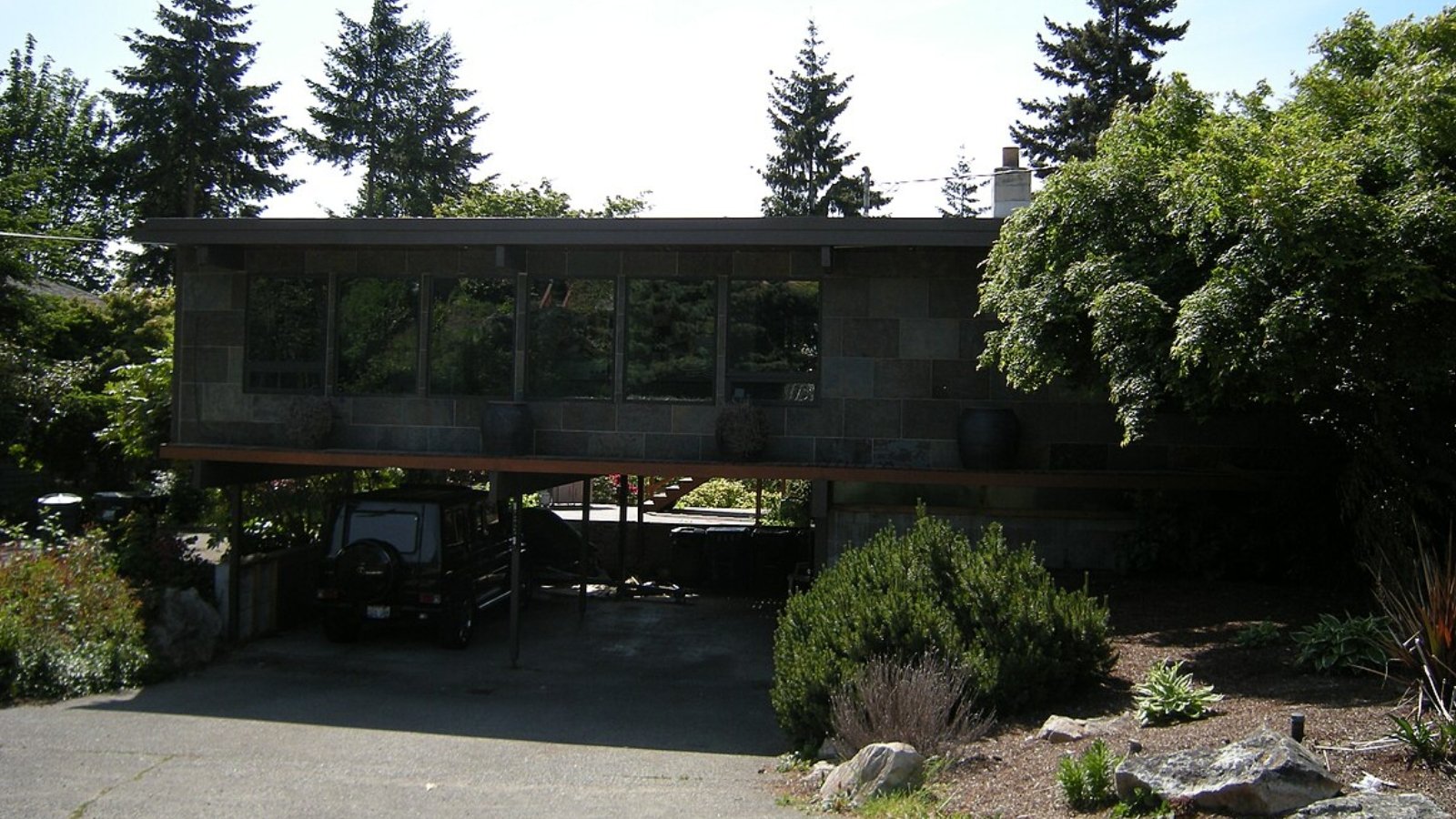
Why are people willing to pay so much to live here? What’s special about it?
Normandy Park offers exclusive waterfront living on Puget Sound with private beach access for residents. The small city maintains strict development standards that preserve its upscale residential character. Many properties feature stunning water and mountain views that command premium prices.
The community provides suburban tranquility while maintaining easy access to Seattle-Tacoma International Airport and major employment centers. Private beach clubs and recreational facilities create resort-like amenities. Limited development opportunities ensure continued exclusivity and property value protection.
How Normandy Park Rose to Prominence
Developed in the 1920s as a planned residential community, Normandy Park was designed to attract wealthy Seattle residents seeking waterfront estates. The community was incorporated in 1953 with strict zoning that emphasized large lots and quality construction. Early residents included prominent Seattle business leaders and professionals.
The city’s location between Seattle and Tacoma, combined with Puget Sound waterfront access, made it increasingly desirable as the region grew. Normandy Park maintained its exclusive character through careful planning and development restrictions. The community’s reputation for quality and exclusivity has continued to attract high-income buyers.
3 Interesting Tidbits
1. Private Beach – Normandy Park maintains a private beach club exclusively for residents, offering swimming, boating, and social activities with stunning Puget Sound views.
2. Aviation History – The community is located near the historic site of Boeing Field’s original test facilities, where early commercial aircraft development took place.
3. Marine Access – Many homes feature private docks and boat launches, making Normandy Park popular with boating enthusiasts and water recreation lovers.
20. Kenmore – 185% Home Price Increase Since 2010
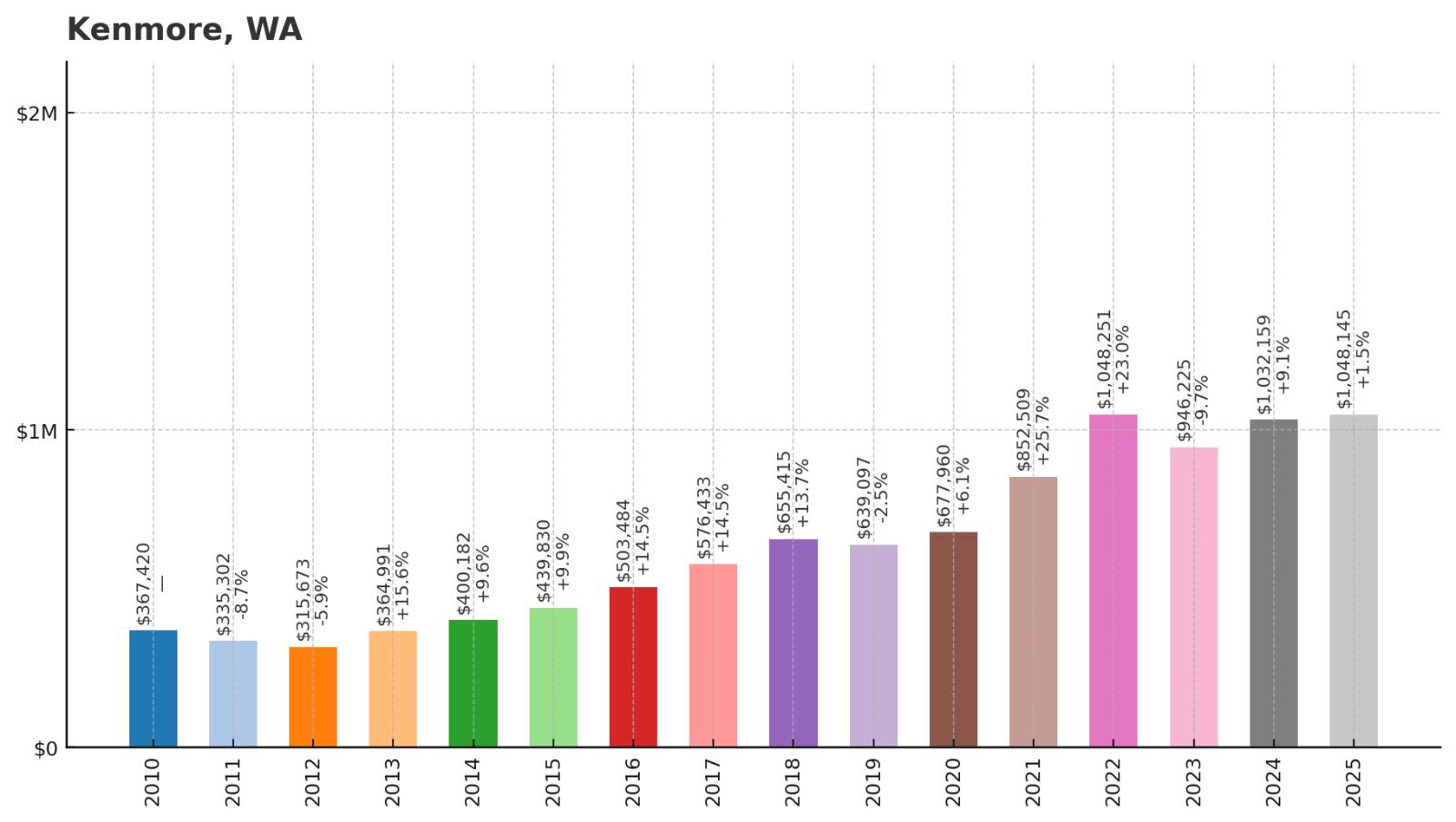
- 2010: $367,420
- 2011: $335,302
- 2012: $315,673
- 2013: $364,991
- 2014: $400,182
- 2015: $439,830
- 2016: $503,484
- 2017: $576,433
- 2018: $655,415
- 2019: $639,097
- 2020: $677,960
- 2021: $852,509
- 2022: $1,048,251
- 2023: $946,225
- 2024: $1,032,159
- 2025: $1,048,145
Kenmore nearly tripled in value from its 2012 low of $315,673 to break the million-dollar threshold in 2022. The Lake Washington community showed exceptional growth during the pandemic years. Current values around $1,048,145 reflect strong demand for lakefront proximity and suburban amenities.
Why Kenmore?
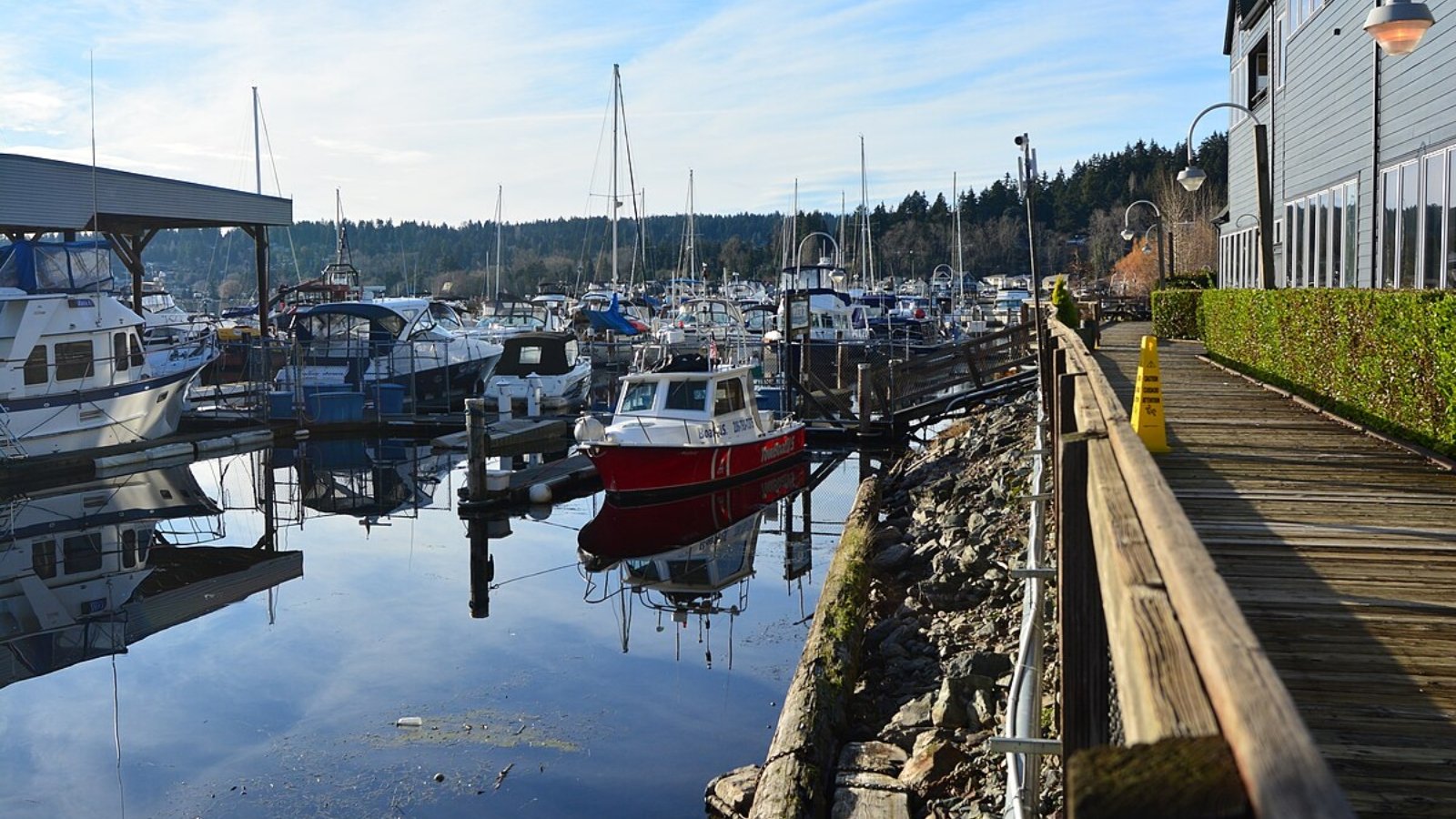
Why are people willing to pay so much to live here? What’s special about it?
Kenmore provides Lake Washington access with a small-town atmosphere just north of Seattle. The community offers waterfront recreation, parks, and trails that appeal to active families. Proximity to major tech employers in nearby Redmond and Bellevue drives strong demand.
The Burke-Gilman Trail runs through the city, connecting residents to Seattle and Eastside destinations via car-free routes. Historic downtown and community events create neighborhood charm. Lake access for boating and water sports adds significant lifestyle appeal for many buyers.
How Kenmore Rose to Prominence
Originally a logging community in the late 1800s, Kenmore developed around the northern end of Lake Washington. The town’s name comes from Kenmore, Scotland, reflecting its Scottish immigrant founders. Early economy centered on logging, with timber floated down Lake Washington to Seattle mills.
The community remained small until post-World War II suburban expansion reached north King County. Kenmore’s lake access and proximity to growing employment centers made it increasingly attractive to families and professionals. The city incorporated in 1998, reflecting its evolution from rural community to desirable suburb.
3 Interesting Tidbits
1. Air Museum – The Museum of Flight Restoration Center in Kenmore houses historic aircraft and offers visitors a chance to see restoration work in progress.
2. Seaplane Base – Kenmore Air Harbor serves as a major seaplane base, providing scenic flights and transportation to the San Juan Islands and other regional destinations.
3. Trail Connections – The Burke-Gilman Trail and other regional trail systems make Kenmore a hub for cyclists and pedestrians traveling throughout the greater Seattle area.
19. Bothell – 197% Home Price Increase Since 2010
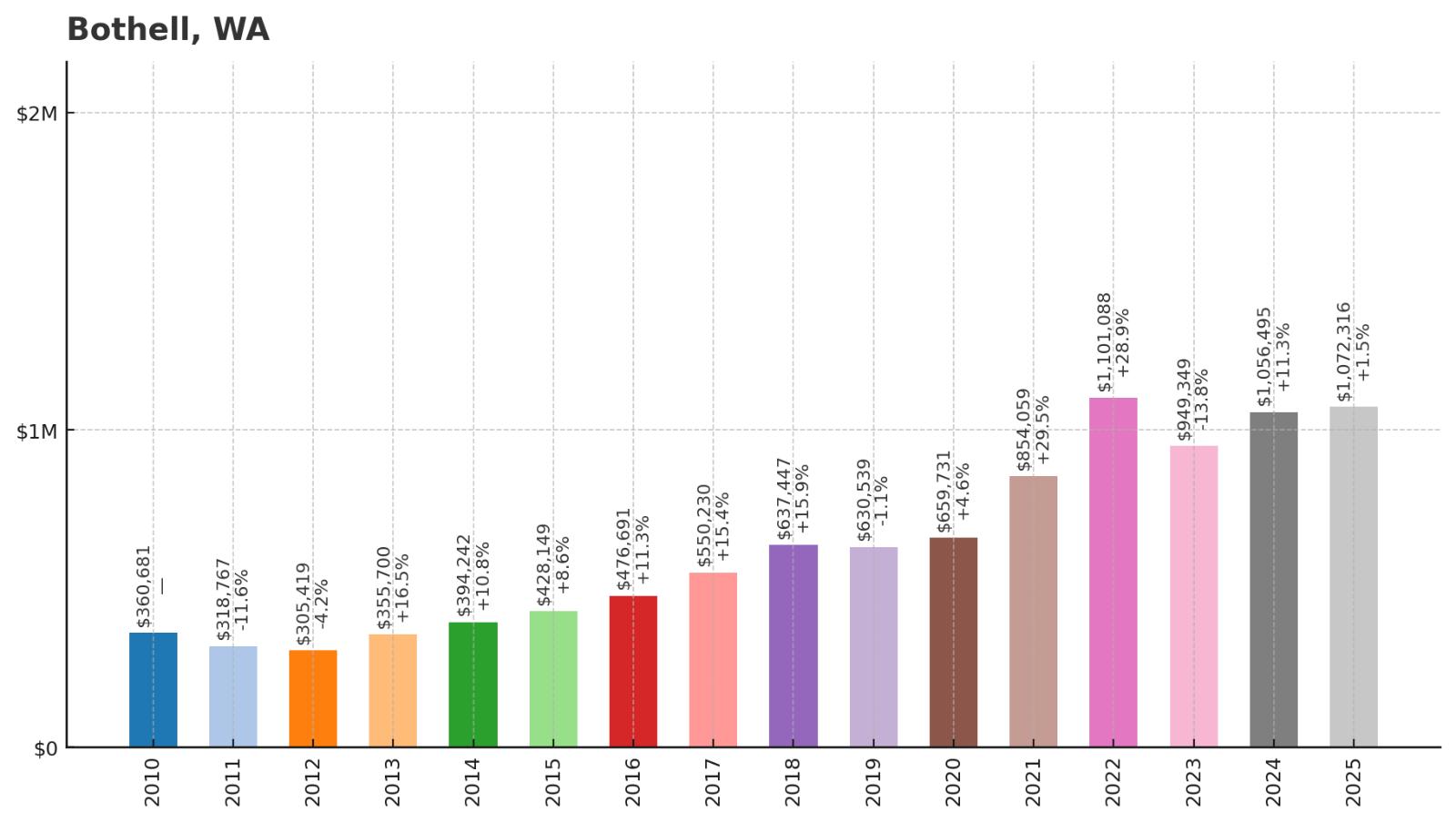
- 2010: $360,681
- 2011: $318,767
- 2012: $305,419
- 2013: $355,700
- 2014: $394,242
- 2015: $428,149
- 2016: $476,691
- 2017: $550,230
- 2018: $637,447
- 2019: $630,539
- 2020: $659,731
- 2021: $854,059
- 2022: $1,101,088
- 2023: $949,349
- 2024: $1,056,495
- 2025: $1,072,316
Bothell achieved remarkable growth, nearly tripling from $305,419 in 2012 to over $1.1 million in 2022. The tech corridor community has maintained values above $1 million despite some volatility. Current prices around $1,072,316 reflect its transformation into a major suburban hub.
Why Bothell?
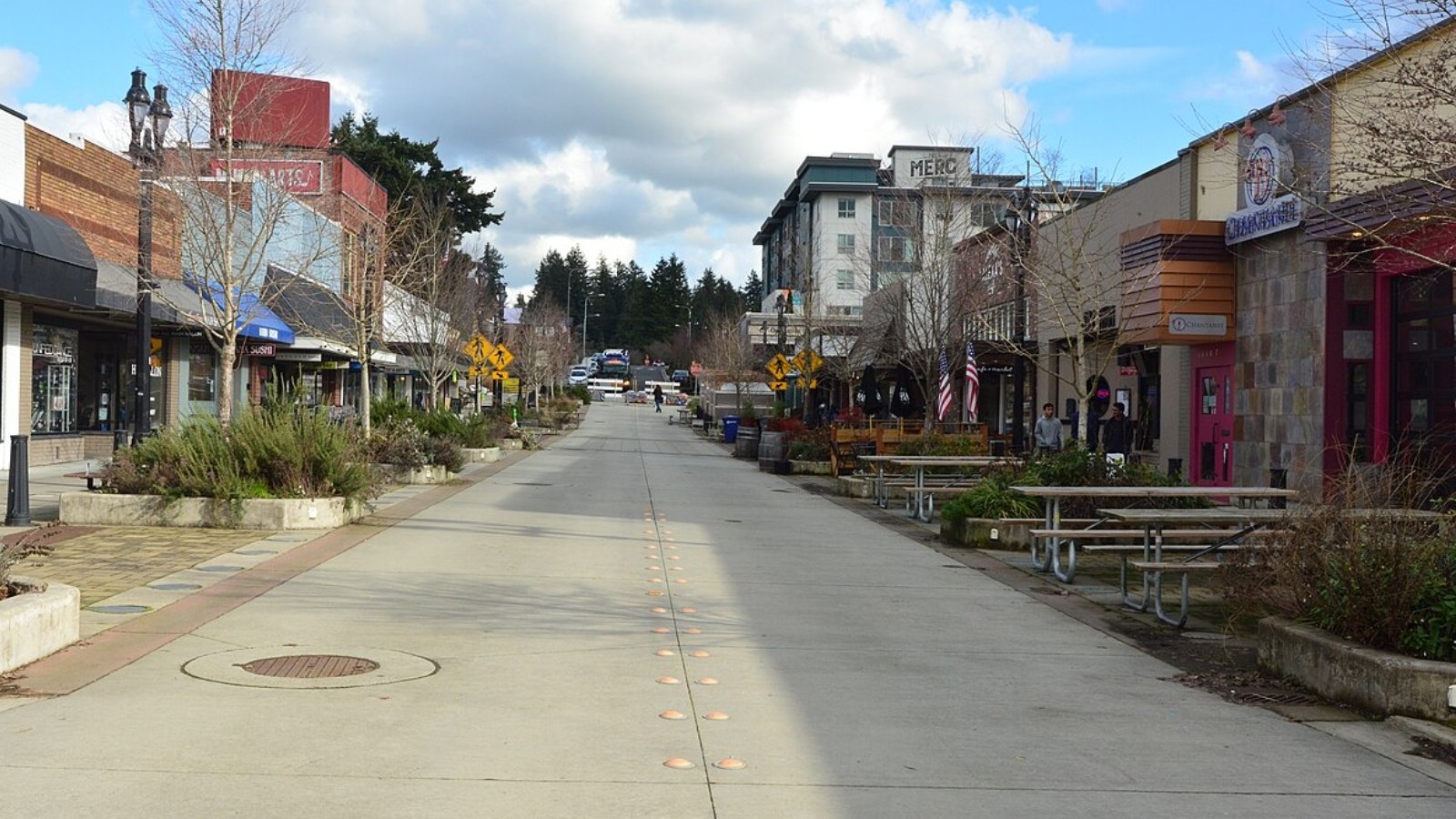
Why are people willing to pay so much to live here? What’s special about it?
Bothell sits at the heart of the technology corridor between Seattle and Redmond, making it ideal for tech workers. The city has invested heavily in downtown revitalization, creating a walkable urban center with dining and entertainment. University of Washington Bothell campus adds educational and cultural amenities.
Major employers like Google and Facebook have significant presences nearby, driving demand from high-income professionals. The Sammamish River Trail and extensive park system provide recreation opportunities. Modern transit connections and freeway access make commuting convenient to multiple job centers.
How Bothell Rose to Prominence
Founded in 1888 as a logging town along the Sammamish River, Bothell served as a transportation hub between Seattle and the eastern foothills. The construction of the Lake Washington Ship Canal in 1916 improved access and spurred early growth. Agriculture and small manufacturing supplemented the logging economy.
The technology boom transformed Bothell from a small town to a major suburban center. The arrival of biotech companies and later tech giants like Google established the area as part of the greater Seattle technology corridor. Major infrastructure investments and the UW Bothell campus further elevated the community’s profile and desirability.
3 Interesting Tidbits
1. University Campus – The University of Washington Bothell, opened in 1990, serves over 6,000 students and has become a major economic and cultural anchor for the community.
2. Tech Hub – Major technology companies including Google, Facebook, and numerous biotech firms have operations in Bothell, creating a significant high-tech employment base.
3. River Recreation – The Sammamish River Trail provides 11 miles of paved pathway for walking, biking, and running, connecting Bothell to regional trail networks.
18. Fox Island – 116% Home Price Increase Since 2010
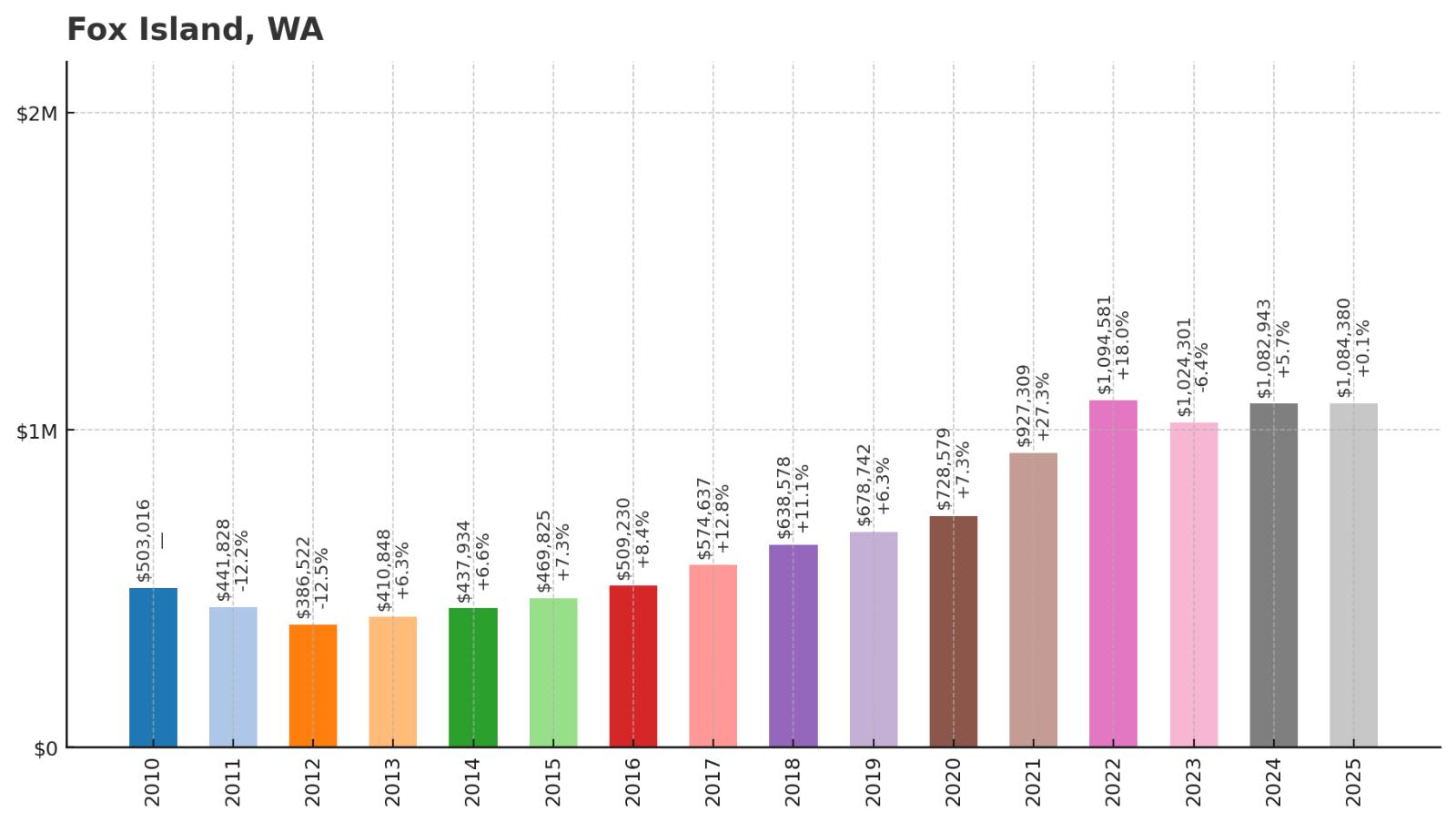
- 2010: $503,016
- 2011: $441,828
- 2012: $386,522
- 2013: $410,848
- 2014: $437,934
- 2015: $469,825
- 2016: $509,230
- 2017: $574,637
- 2018: $638,578
- 2019: $678,742
- 2020: $728,579
- 2021: $927,309
- 2022: $1,094,581
- 2023: $1,024,301
- 2024: $1,082,943
- 2025: $1,084,380
Fox Island started from a high baseline of $503,016 in 2010 and more than doubled by 2025. The island community experienced a dramatic surge during the pandemic, jumping from $728,579 in 2020 to over $1 million. Current values around $1,084,380 reflect its exclusive island lifestyle appeal.
Why Fox Island?
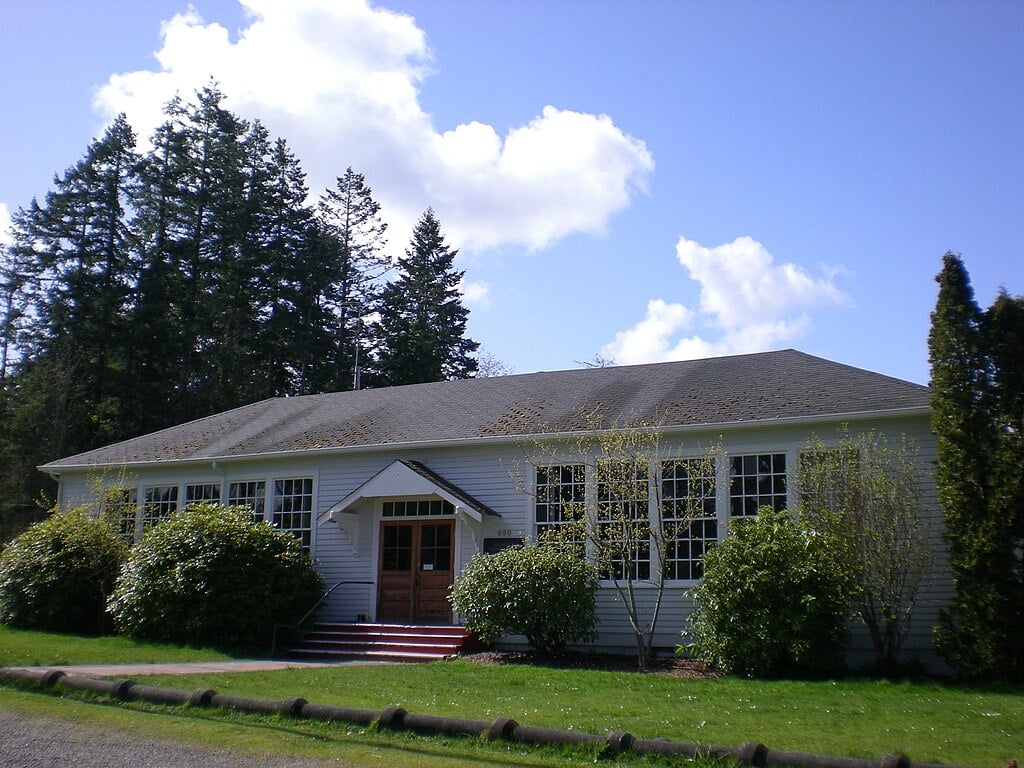
Why are people willing to pay so much to live here? What’s special about it?
Fox Island offers exclusive island living with bridge access in south Puget Sound. The community provides privacy and natural beauty while maintaining reasonable access to Tacoma and Seattle employment centers. Waterfront properties and marine recreation create resort-like living experiences.
The island maintains rural character with large lots, private beaches, and abundant wildlife. Strict development controls preserve the natural environment and property values. Limited housing supply and high demand from affluent buyers drive premium pricing.
How Fox Island Rose to Prominence
Named by explorer Charles Wilkes in 1841, Fox Island remained sparsely populated until the 1930s when the Tacoma Narrows Bridge provided automobile access. Early residents were primarily wealthy Tacoma families seeking summer retreats on Puget Sound. The island maintained its exclusive character through careful development.
The construction of a dedicated Fox Island Bridge in 1954 made year-round residence more practical, attracting professionals who commuted to Tacoma. The community has preserved its island character while becoming a prestigious address for business leaders and retirees. Limited developable land and environmental protections maintain exclusivity.
3 Interesting Tidbits
1. Bridge Access – The Fox Island Bridge, built in 1954, is one of the few privately maintained toll bridges in Washington State, adding to the island’s exclusive character.
2. Marine Sanctuary – The waters around Fox Island are part of the South Puget Sound marine sanctuary, providing excellent opportunities for diving, fishing, and wildlife viewing.
3. Historic Estates – Many properties on the island date to the early 1900s when wealthy Tacoma families built elaborate summer estates along the waterfront.
17. Snoqualmie – 170% Home Price Increase Since 2010
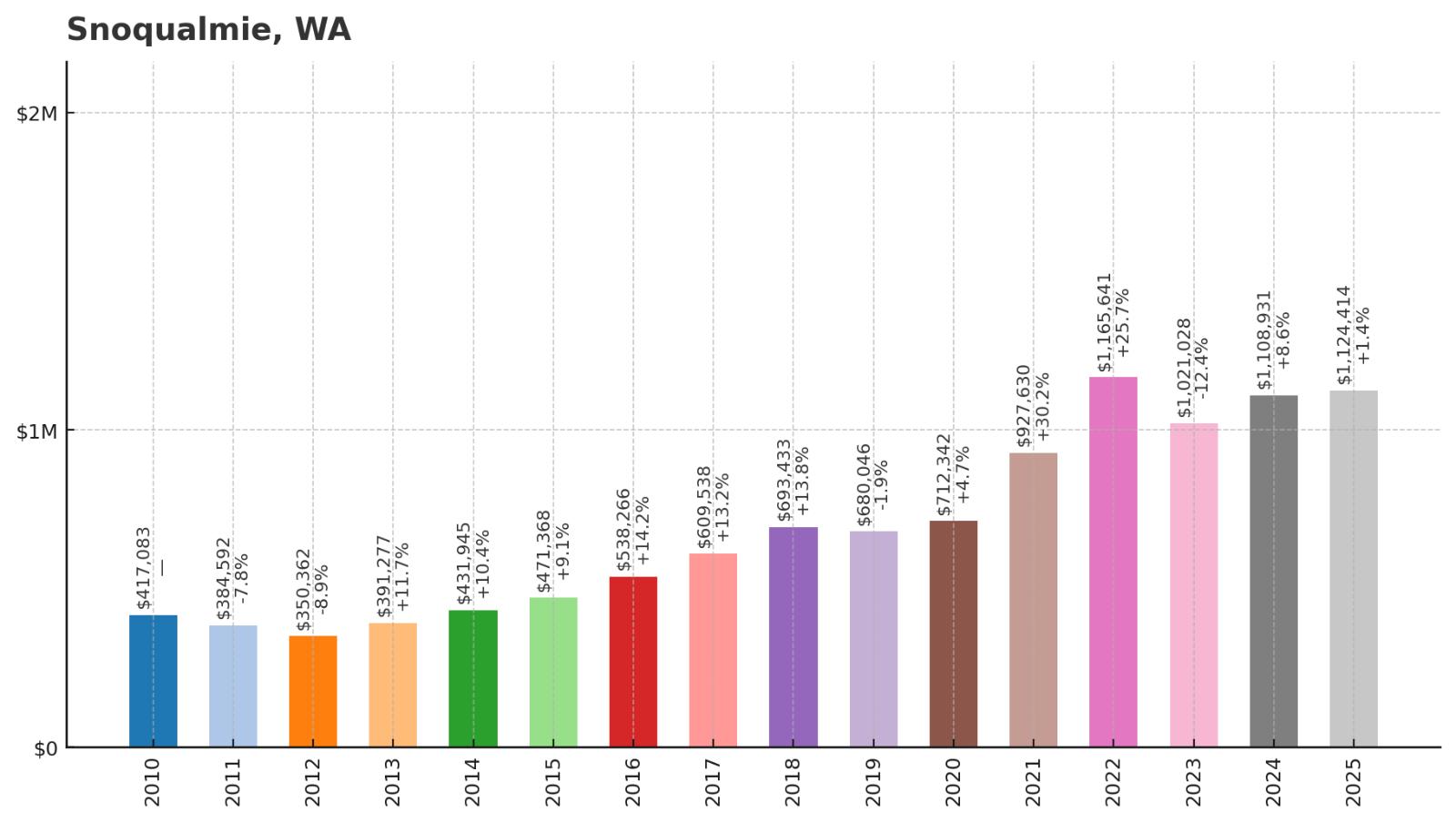
- 2010: $417,083
- 2011: $384,592
- 2012: $350,362
- 2013: $391,277
- 2014: $431,945
- 2015: $471,368
- 2016: $538,266
- 2017: $609,538
- 2018: $693,433
- 2019: $680,046
- 2020: $712,342
- 2021: $927,630
- 2022: $1,165,641
- 2023: $1,021,028
- 2024: $1,108,931
- 2025: $1,124,414
Snoqualmie more than tripled from its 2012 low to reach $1,165,641 in 2022. The historic town has maintained values well above $1 million, with current prices around $1,124,414. The dramatic appreciation reflects the community’s unique combination of history, natural beauty, and proximity to employment centers.
Why Snoqualmie?
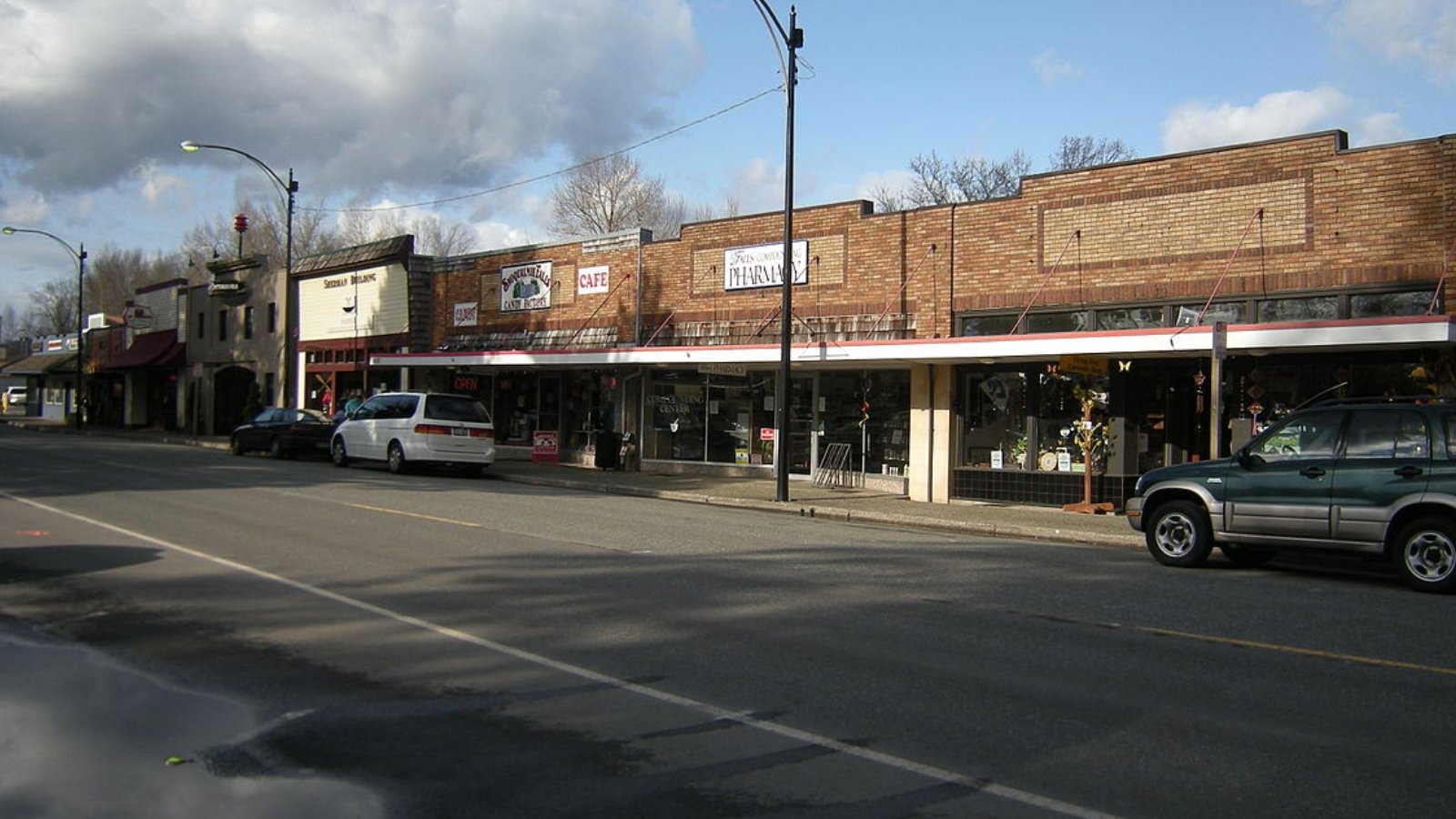
Why are people willing to pay so much to live here? What’s special about it?
Snoqualmie combines historic charm with modern luxury in a spectacular mountain valley setting. The famous Snoqualmie Falls and surrounding forests create a resort-like atmosphere for daily living. Proximity to Seattle and Eastside tech jobs makes it attractive to high-income professionals.
The community features the historic Salish Lodge, casino entertainment, and world-class outdoor recreation. New developments offer luxury amenities while preserving the area’s natural beauty. The combination of natural attractions and upscale housing creates unique appeal in the region.
How Snoqualmie Rose to Prominence
Named after the Snoqualmie Tribe, the area became a railroad town in 1889 when the Seattle, Lake Shore & Eastern Railway reached the valley. The magnificent Snoqualmie Falls attracted tourists from the earliest days, making the town a destination rather than just a stop. Early industries included logging, farming, and hydroelectric power generation.
The town gained national fame as a filming location for Twin Peaks, showcasing its natural beauty to audiences worldwide. Modern development has focused on luxury residential projects that capitalize on the scenic setting. The opening of Snoqualmie Casino and expansion of recreation facilities have made it a regional destination while preserving its historic character.
3 Interesting Tidbits
1. Hydroelectric Pioneer – Snoqualmie Falls was the site of one of the world’s first underground powerhouses, beginning operations in 1898 and still generating electricity today.
2. Railway Heritage – The Northwest Railway Museum preserves the town’s railroad history with vintage trains and historic depot, offering scenic rides through the valley.
3. Sacred Site – Snoqualmie Falls is considered sacred by the Snoqualmie Tribe, adding cultural significance to the natural landmark that defines the community.
16. Issaquah – 165% Home Price Increase Since 2010

- 2010: $434,571
- 2011: $396,495
- 2012: $379,541
- 2013: $423,260
- 2014: $471,946
- 2015: $517,868
- 2016: $584,112
- 2017: $672,269
- 2018: $754,372
- 2019: $732,539
- 2020: $762,833
- 2021: $961,188
- 2022: $1,214,467
- 2023: $1,065,805
- 2024: $1,144,427
- 2025: $1,150,185
Issaquah nearly tripled from $379,541 in 2012 to peak at over $1.2 million in 2022. The Eastside hub has maintained values well above $1 million despite some correction. Current prices around $1,150,185 reflect the community’s role as a major tech corridor destination.
Why Issaquah?
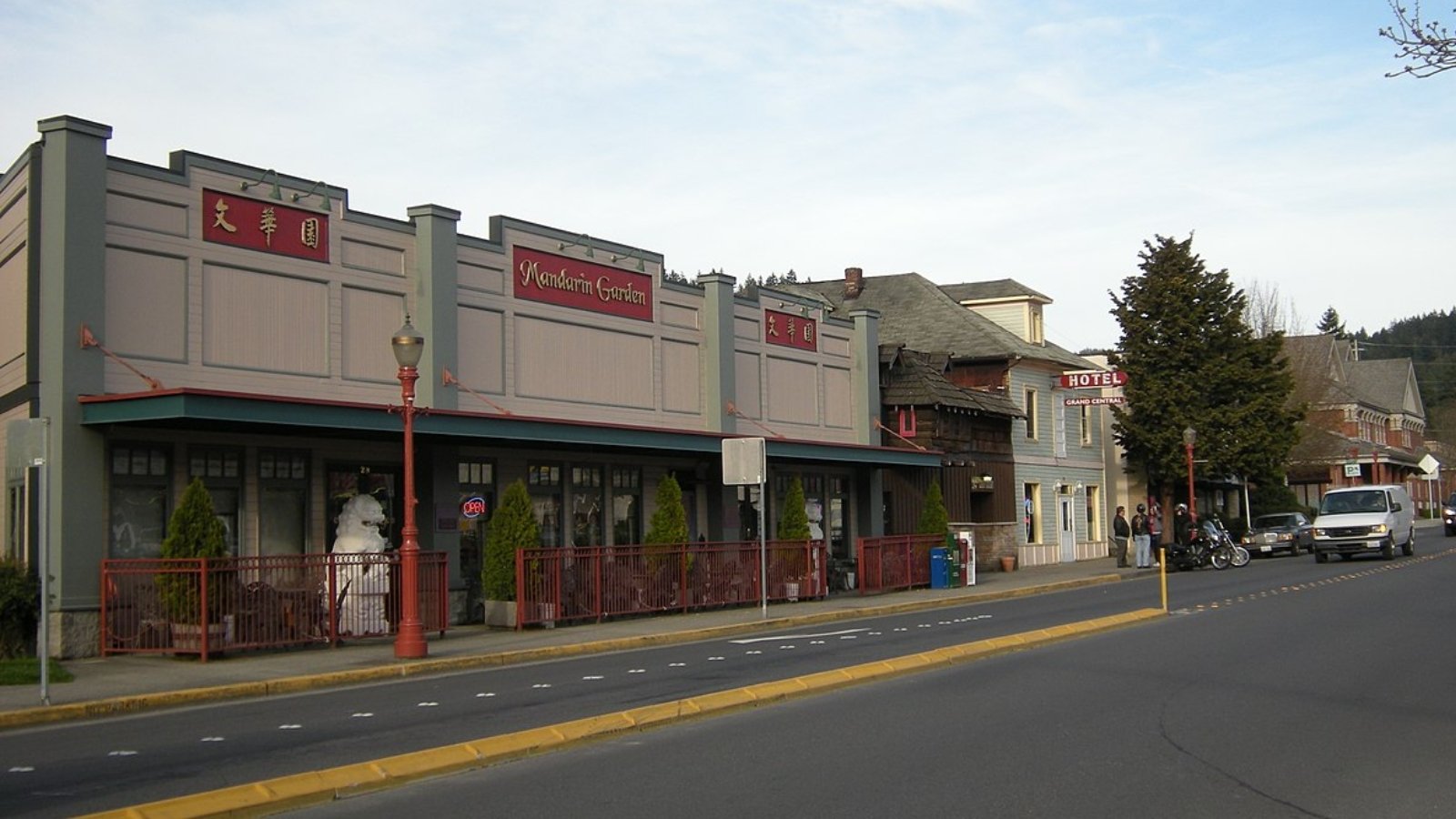
Why are people willing to pay so much to live here? What’s special about it?
Issaquah sits at the center of the Eastside technology corridor with major employers like Microsoft, Google, and Costco nearby. The city offers excellent schools, family amenities, and extensive trail systems that appeal to active professionals. Mountain backdrop and outdoor recreation create exceptional quality of life.
Historic downtown features shops, restaurants, and community events that create small-town charm within the metro area. The combination of job access, natural beauty, and suburban amenities drives intense competition among buyers. Premium outlet shopping and entertainment options add lifestyle appeal.
How Issaquah Rose to Prominence
Originally inhabited by the Issaquah people, the area became a coal mining and logging center in the 1860s. The town’s name means “the sound of birds” in the local Native American language. Coal mining dominated the economy until the early 1900s, when the industry declined and the community transitioned to agriculture and forestry.
The technology boom transformed Issaquah from a small town to a major suburban center. The arrival of Microsoft in nearby Redmond and other tech companies created enormous demand for housing. The city has managed rapid growth while preserving its historic downtown and natural surroundings, making it one of the most desirable Eastside communities.
3 Interesting Tidbits
1. Salmon Hatchery – The Issaquah Salmon Hatchery, built in 1936, allows visitors to observe the complete salmon life cycle and is a major educational attraction during spawning season.
2. Corporate Headquarters – Costco Wholesale Corporation has its global headquarters in Issaquah, making the company one of the city’s largest employers and contributors to the local economy.
3. Coal Mining Legacy – The historic coal mining tunnels and equipment remain preserved in local parks, telling the story of the industry that first put Issaquah on the map.
15. Bainbridge Island – 121% Home Price Increase Since 2010
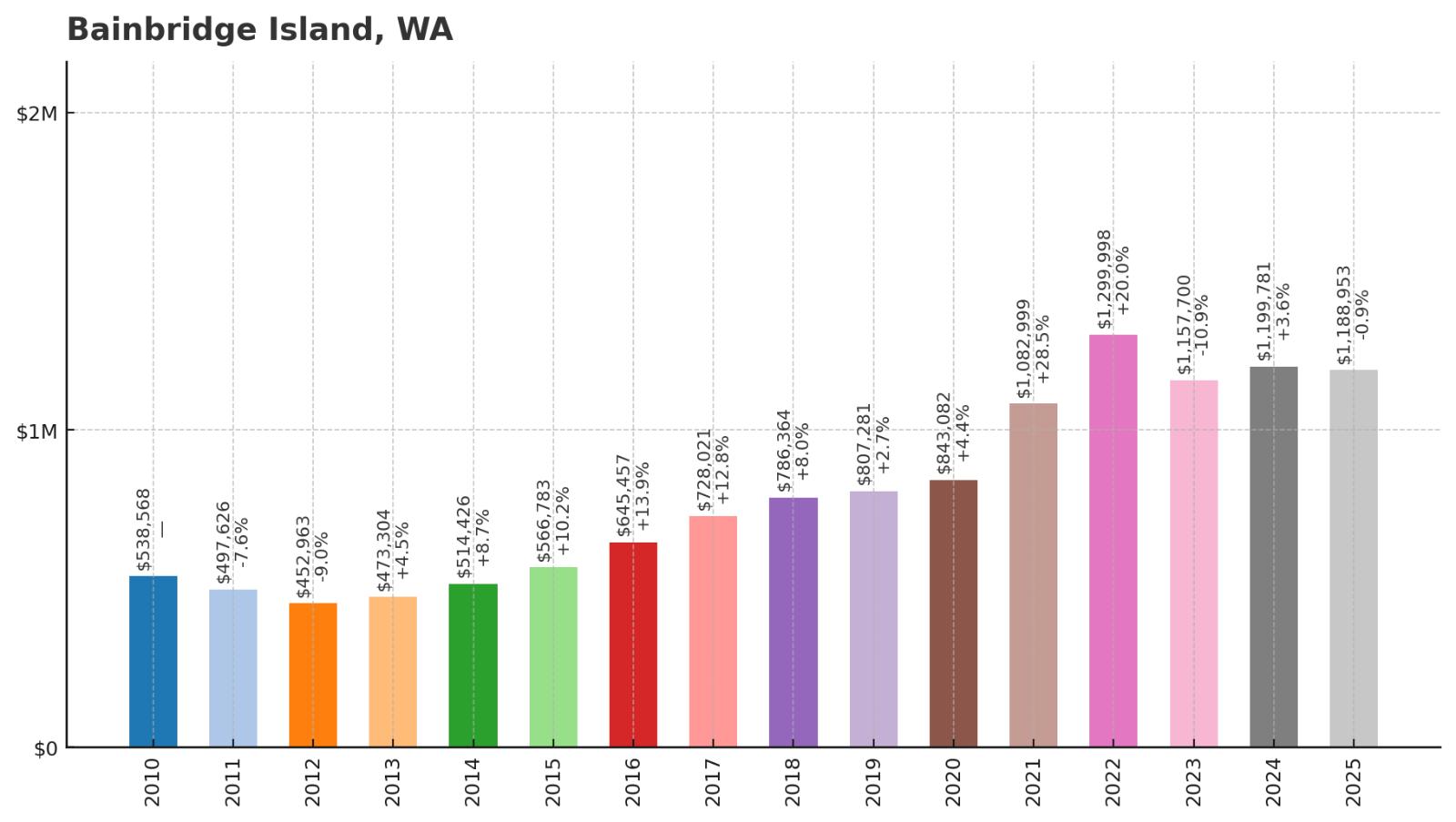
- 2010: $538,568
- 2011: $497,626
- 2012: $452,963
- 2013: $473,304
- 2014: $514,426
- 2015: $566,783
- 2016: $645,457
- 2017: $728,021
- 2018: $786,364
- 2019: $807,281
- 2020: $843,082
- 2021: $1,082,999
- 2022: $1,299,998
- 2023: $1,157,700
- 2024: $1,199,781
- 2025: $1,188,953
Bainbridge Island started from the highest baseline at $538,568 in 2010 but still managed to more than double by 2022. The island community peaked at nearly $1.3 million before settling around $1,188,953. The more modest percentage increase reflects the already premium pricing that existed before the recent surge.
Why Bainbridge Island?

Why are people willing to pay so much to live here? What’s special about it?
Bainbridge Island offers the ultimate Seattle-area lifestyle with island charm and ferry commute access. The community provides natural beauty, walkable downtown, and strong arts culture that creates resort-like living. Many residents work in Seattle but prefer the slower pace and scenic environment.
Ferry commuting becomes part of the lifestyle rather than a burden, offering time to relax and enjoy Puget Sound views. The island maintains rural character with forests, farms, and waterfront while providing sophisticated amenities. Limited development and environmental protection ensure continued exclusivity.
How Bainbridge Island Rose to Prominence
Originally inhabited by the Suquamish Tribe, Bainbridge Island became a major lumber center in the late 1800s with several large mills processing Pacific Northwest timber. The island’s deep harbors and proximity to Seattle made it ideal for maritime industries. Agriculture, particularly strawberry farming, also thrived in the early 1900s.
Ferry service to Seattle, established in the 1950s, transformed Bainbridge Island into a desirable residential community for professionals who could live in a rural setting while maintaining urban careers. The island’s commitment to environmental preservation and controlled growth has maintained its appeal while property values have risen dramatically.
3 Interesting Tidbits
1. First Ferry Commute – Bainbridge Island was the first community in Puget Sound to establish regular ferry service to Seattle, creating the model for island commuter living.
2. Arts Community – The island has one of the highest concentrations of artists per capita in Washington, with numerous galleries, studios, and cultural events throughout the year.
3. Historic Preservation – The island maintains several historic sites including the original Japanese American Exclusion Memorial, commemorating families forced to leave during World War II.
14. Fall City – 145% Home Price Increase Since 2010
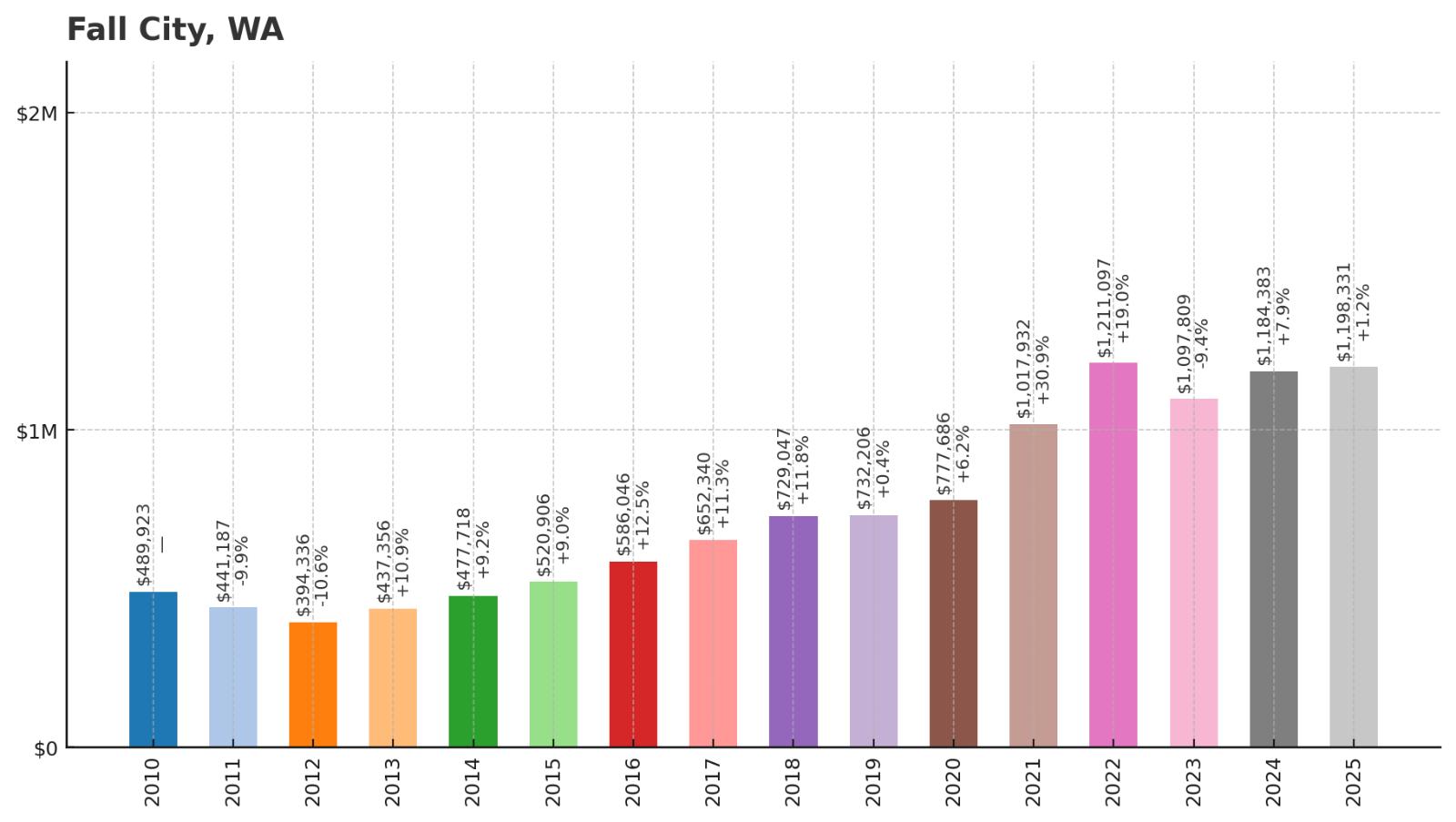
- 2010: $489,923
- 2011: $441,187
- 2012: $394,336
- 2013: $437,356
- 2014: $477,718
- 2015: $520,906
- 2016: $586,046
- 2017: $652,340
- 2018: $729,047
- 2019: $732,206
- 2020: $777,686
- 2021: $1,017,932
- 2022: $1,211,097
- 2023: $1,097,809
- 2024: $1,184,383
- 2025: $1,198,331
Fall City achieved remarkable growth from $394,336 in 2012 to over $1.2 million in 2022. The rural community has maintained values near $1.2 million, with current prices around $1,198,331. The dramatic appreciation reflects growing demand for rural luxury within commuting distance of major employment centers.
Why Fall City?
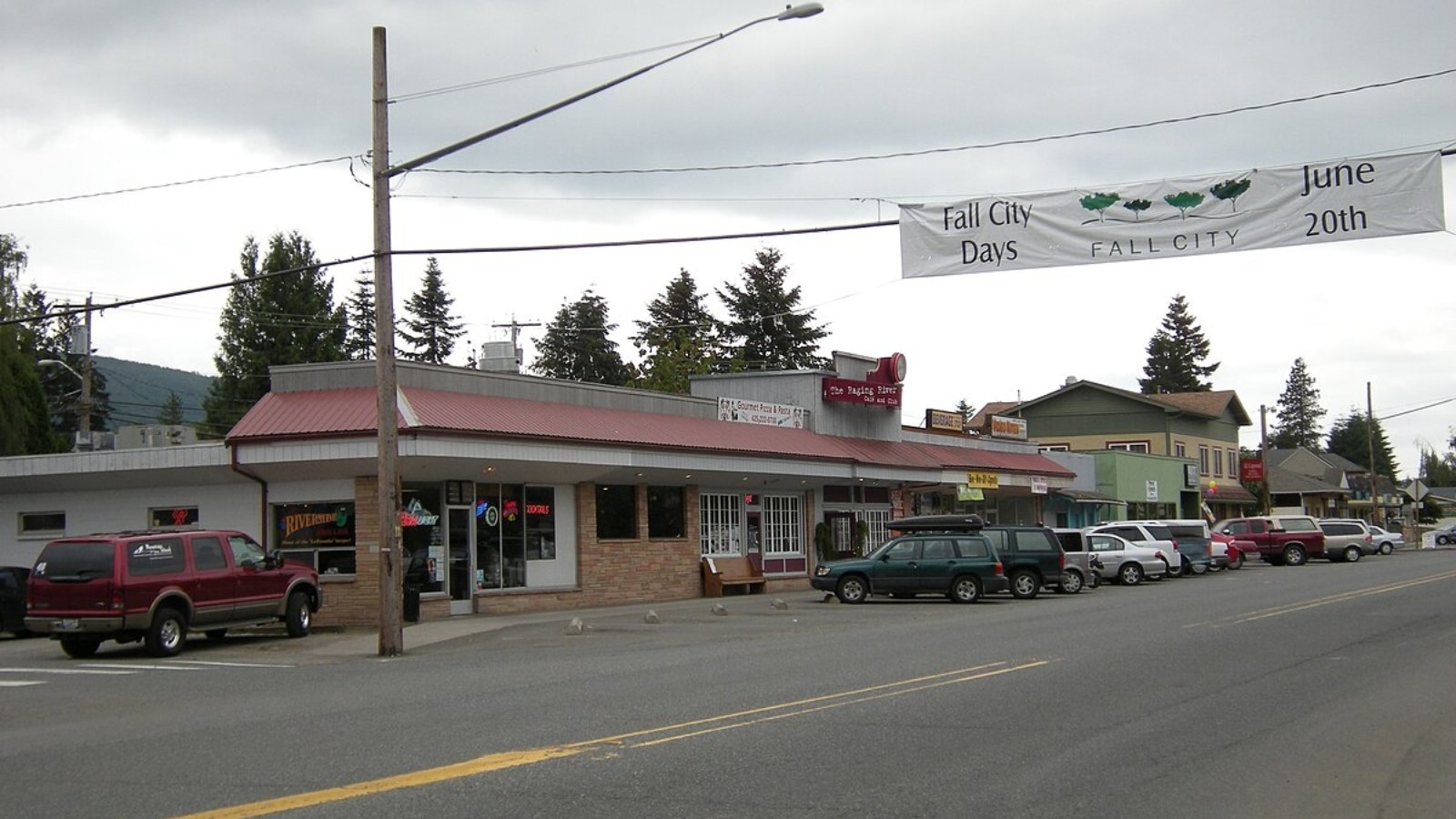
Why are people willing to pay so much to live here? What’s special about it?
Fall City provides rural estate living in the scenic Snoqualmie Valley with river access and mountain views. Buyers seek privacy, larger properties, and small-town atmosphere while maintaining access to Seattle and Eastside employment. The community offers a true escape from suburban density.
Many properties feature acreage, horse facilities, and custom homes that appeal to affluent buyers seeking space and luxury. The Snoqualmie River and surrounding forests provide recreation and natural beauty. Historic farming community character combines with modern amenities to create unique appeal.
How Fall City Rose to Prominence
Named for nearby Snoqualmie Falls, Fall City developed as an agricultural center in the fertile Snoqualmie Valley. The community was founded in 1869 and served local farms and lumber operations. The railroad connection in the 1880s linked Fall City to Seattle markets and spurred early growth.
Fall City remained a small farming community until Seattle area expansion reached the valley in recent decades. The combination of rural setting, larger properties, and proximity to major employment centers attracted affluent buyers seeking country lifestyle. The community has preserved its agricultural heritage while evolving into an exclusive residential area.
3 Interesting Tidbits
1. Hop Farming – Fall City was once a major hop-growing center, supplying breweries throughout the Pacific Northwest before disease wiped out the crops in the early 1900s.
2. River Recreation – The Snoqualmie River provides excellent fishing, kayaking, and swimming opportunities, with several public and private access points throughout the valley.
3. Rural Character – Despite rising property values, Fall City maintains working farms and agricultural land that preserve the valley’s farming heritage and scenic rural character.
13. Kirkland – 205% Home Price Increase Since 2010
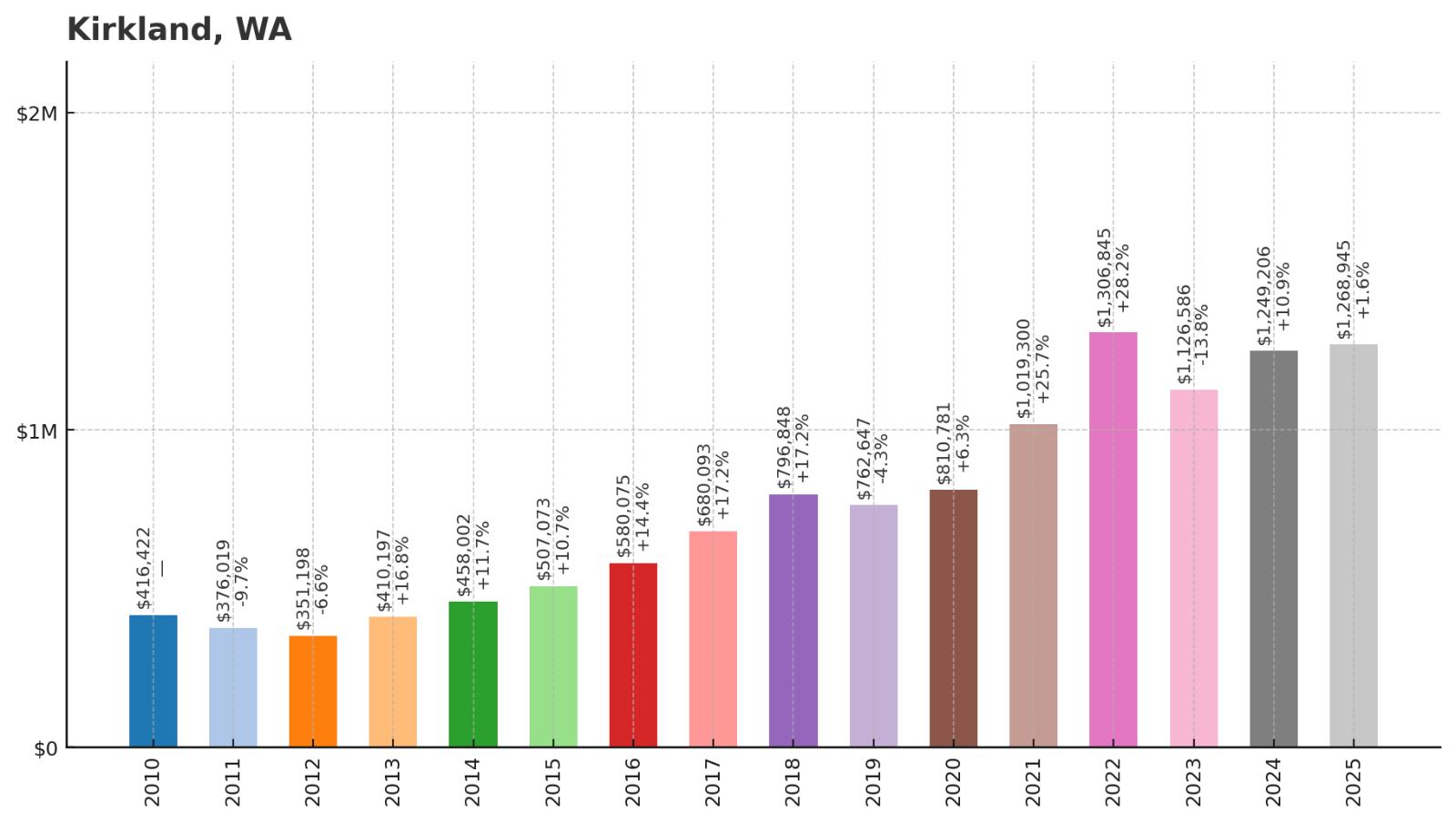
- 2010: $416,422
- 2011: $376,019
- 2012: $351,198
- 2013: $410,197
- 2014: $458,002
- 2015: $507,073
- 2016: $580,075
- 2017: $680,093
- 2018: $796,848
- 2019: $762,647
- 2020: $810,781
- 2021: $1,019,300
- 2022: $1,306,845
- 2023: $1,126,586
- 2024: $1,249,206
- 2025: $1,268,945
Kirkland achieved the highest percentage growth on this list, more than tripling from $351,198 in 2012 to peak at over $1.3 million in 2022. The Lake Washington city has maintained values well above $1.2 million. Current prices around $1,268,945 reflect its transformation into one of the region’s most desirable communities.
Why Kirkland?

Why are people willing to pay so much to live here? What’s special about it?
Kirkland offers premium Lake Washington waterfront living with vibrant downtown amenities and tech job proximity. The city features upscale shopping, dining, and entertainment that creates urban sophistication with suburban comfort. Many properties offer lake access and stunning water views.
Major technology companies have significant presences nearby, driving demand from high-income professionals. The combination of waterfront location, walkable downtown, and excellent schools creates exceptional appeal. Marina facilities and water recreation add lifestyle benefits that justify premium pricing.
How Kirkland Rose to Prominence
Founded in 1888 by Peter Kirk, who planned to create a major steel manufacturing center on Lake Washington, Kirkland was designed as an industrial town. When the steel industry failed to materialize, the community evolved into a residential and commercial center. The lake location and proximity to Seattle made it attractive for suburban development.
The technology boom transformed Kirkland into a major Eastside destination. Companies like Google established significant operations nearby, creating enormous demand for housing. The city invested heavily in downtown revitalization and waterfront development, creating the upscale community that commands today’s premium prices.
3 Interesting Tidbits
1. Steel Mill Dreams – Kirkland was originally planned as “the Pittsburgh of the West” with a major steel manufacturing operation that never materialized, leading to the community’s evolution as a residential center.
2. Tech Headquarters – Google’s Kirkland campus houses thousands of employees, making it one of the largest tech facilities on the Eastside and a major driver of local real estate demand.
3. Waterfront Festival – The annual Kirkland Summerfest draws over 300,000 visitors to the downtown waterfront, showcasing the community’s vibrant cultural scene and lake access.
12. Newcastle – 184% Home Price Increase Since 2010
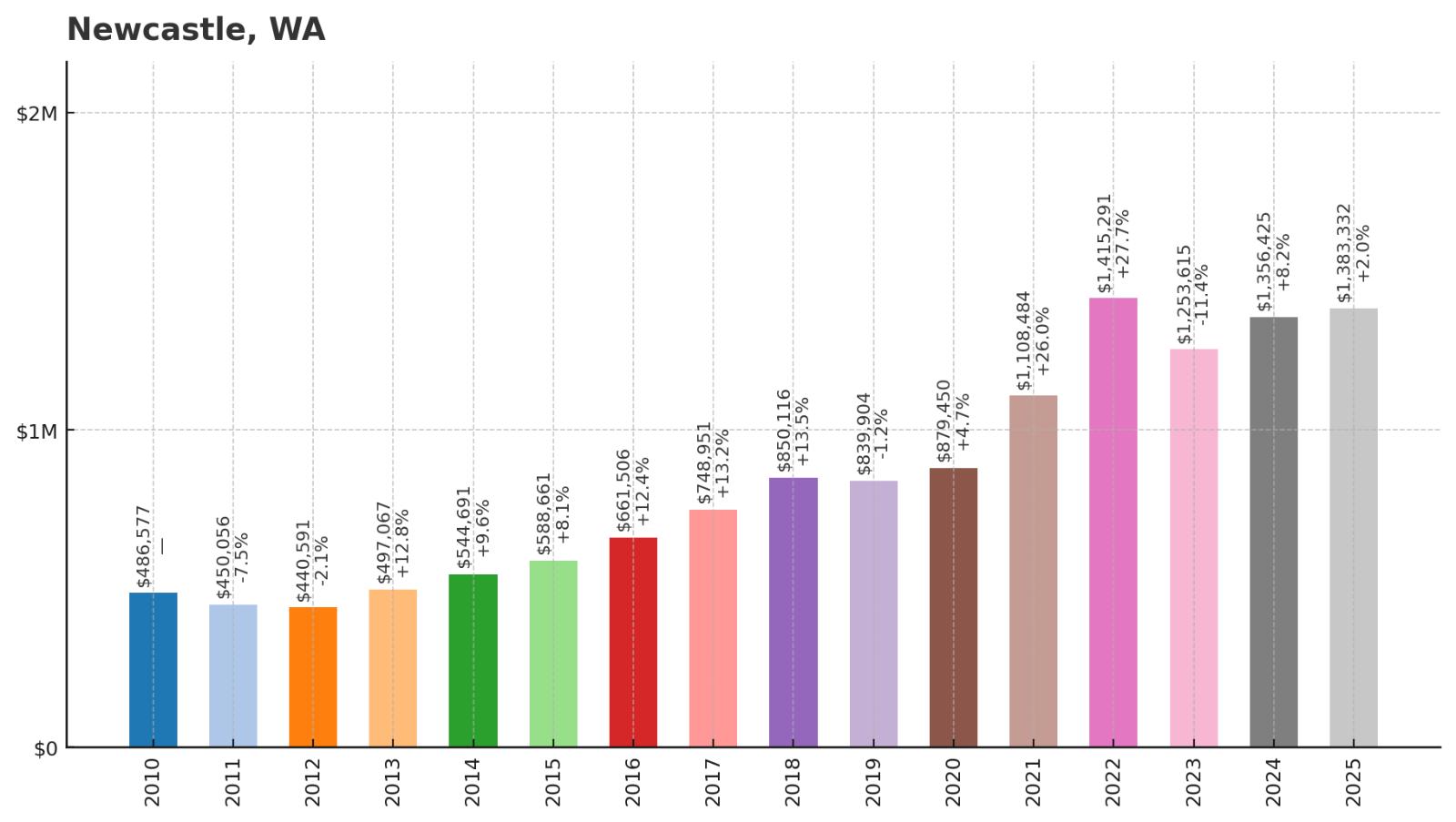
- 2010: $486,577
- 2011: $450,056
- 2012: $440,591
- 2013: $497,067
- 2014: $544,691
- 2015: $588,661
- 2016: $661,506
- 2017: $748,951
- 2018: $850,116
- 2019: $839,904
- 2020: $879,450
- 2021: $1,108,484
- 2022: $1,415,291
- 2023: $1,253,615
- 2024: $1,356,425
- 2025: $1,383,332
Newcastle started from a higher baseline but still achieved remarkable growth, nearly tripling from $440,591 in 2012 to peak at over $1.4 million in 2022. The hillside community has maintained values well above $1.3 million. Current prices around $1,383,332 reflect its status as a premier Eastside destination.
Why Newcastle?
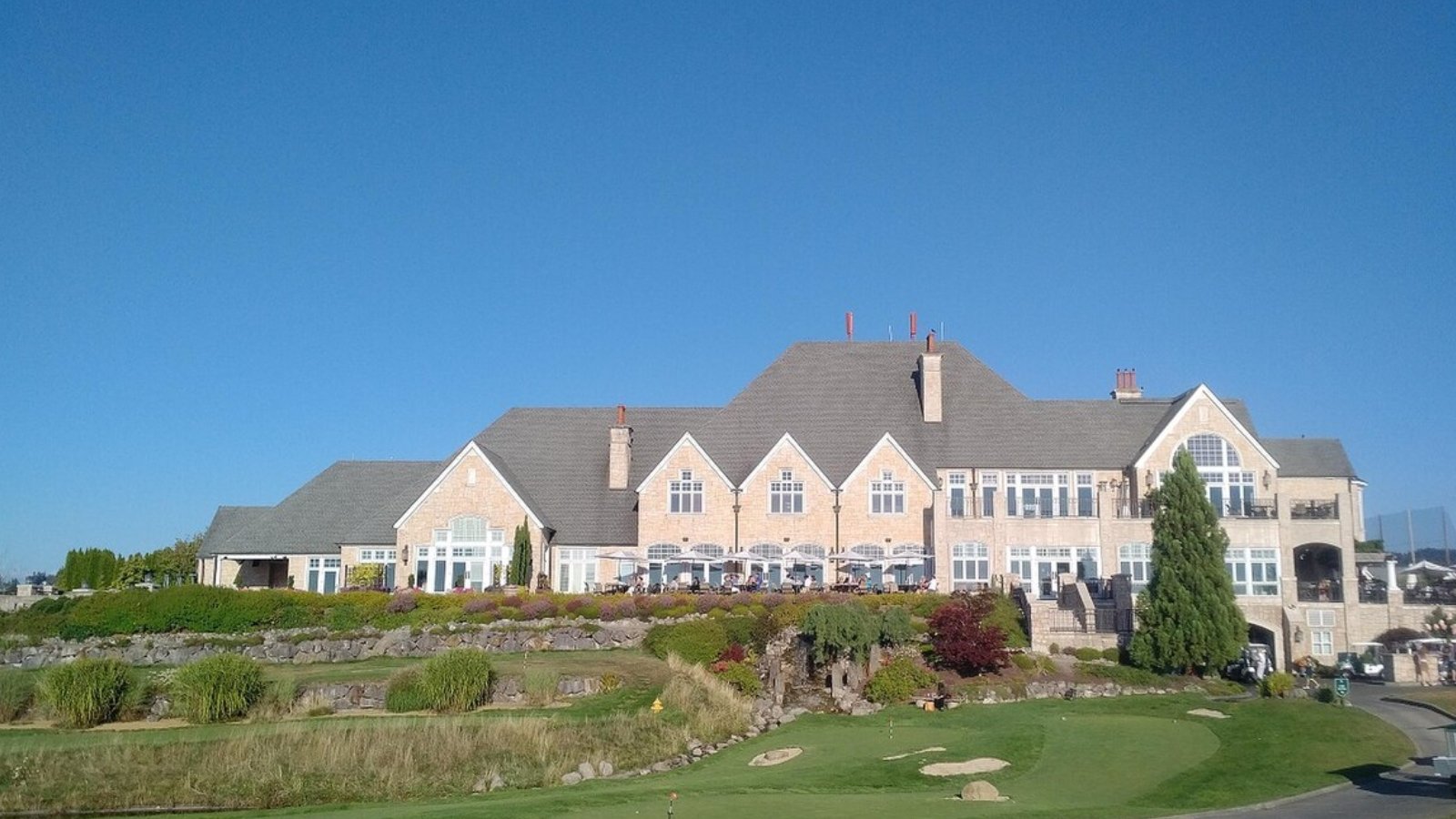
Why are people willing to pay so much to live here? What’s special about it?
Newcastle offers luxury hillside living with panoramic views of Lake Washington, Seattle, and the Olympic Mountains. The planned community features upscale amenities, golf courses, and strict development standards that maintain exclusivity. Proximity to major tech employers drives demand from high-income professionals.
The city was designed with luxury in mind, featuring large lots, custom homes, and premium amenities throughout. Golf course communities and gated neighborhoods appeal to affluent buyers seeking prestige and privacy. The combination of views, amenities, and location justifies the premium pricing.
How Newcastle Rose to Prominence
Originally a coal mining town in the late 1800s, Newcastle was named after the famous coal center in England. The mines operated until the 1960s, when the community began transitioning to residential development. The city incorporated in 1994 as luxury housing developments replaced industrial land uses.
Master-planned development in the 1990s and 2000s transformed Newcastle into an upscale residential community. Developers capitalized on the hillside location and views to create luxury neighborhoods that attracted wealthy professionals. The city’s emphasis on quality development and amenities has maintained its reputation as a premier address.
3 Interesting Tidbits
1. Coal Heritage – Newcastle’s coal mining history is preserved in local parks and trails, with remnants of the mining infrastructure still visible throughout the community.
2. Golf Destination – The Newcastle Golf Club, designed by Robert Trent Jones Jr., offers championship golf with stunning views and is considered one of the premier courses in the Pacific Northwest.
3. Planned Community – As one of the last major areas to be developed on the Eastside, Newcastle was designed from the ground up as a luxury residential community with modern amenities and infrastructure.
11. Woodinville – 176% Home Price Increase Since 2010
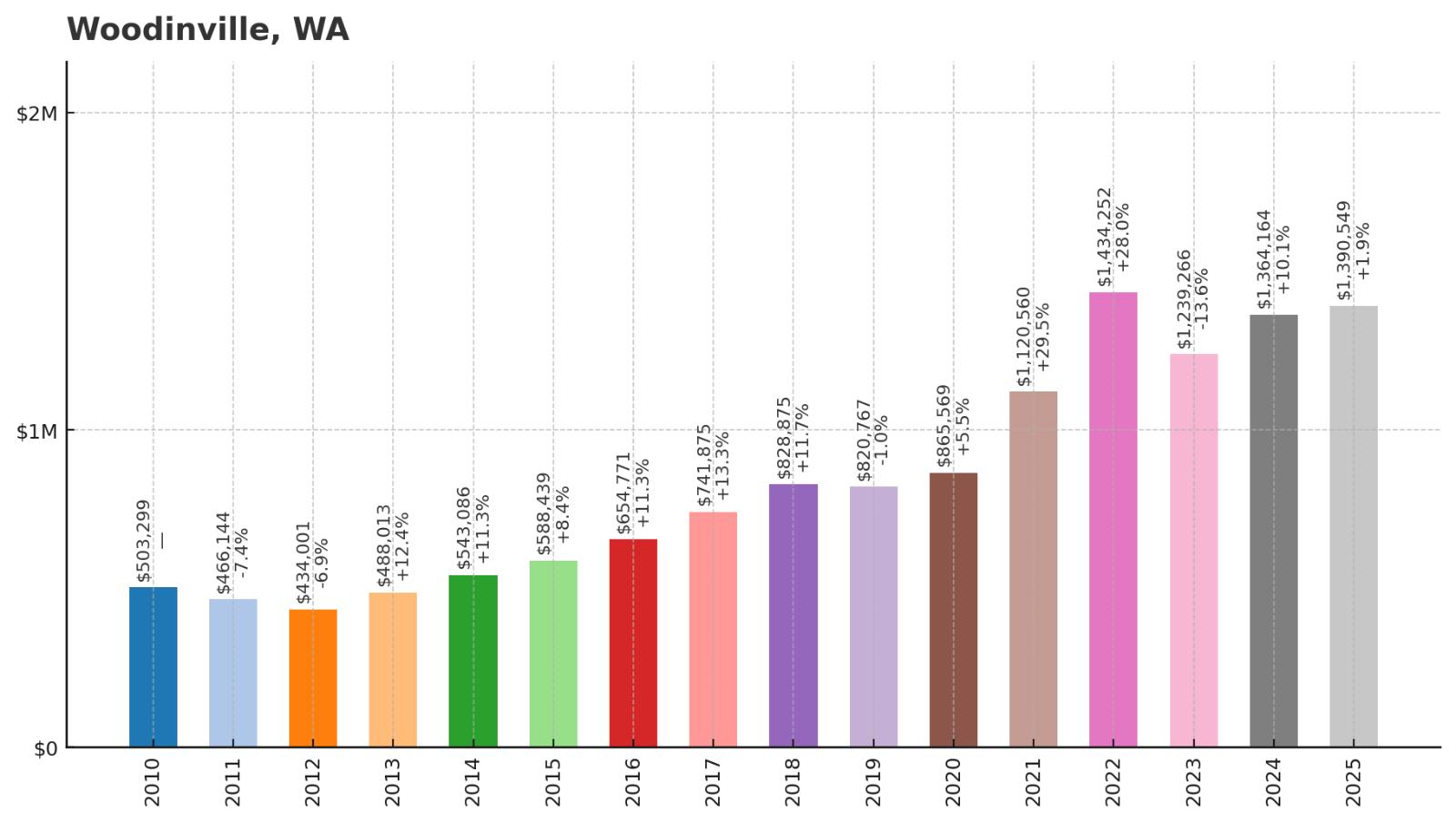
- 2010: $503,299
- 2011: $466,144
- 2012: $434,001
- 2013: $488,013
- 2014: $543,086
- 2015: $588,439
- 2016: $654,771
- 2017: $741,875
- 2018: $828,875
- 2019: $820,767
- 2020: $865,569
- 2021: $1,120,560
- 2022: $1,434,252
- 2023: $1,239,266
- 2024: $1,364,164
- 2025: $1,390,549
Woodinville more than tripled from $434,001 in 2012 to peak at over $1.4 million in 2022. The wine country community has maintained values well above $1.3 million despite some volatility. Current prices around $1,390,549 reflect its unique combination of rural charm and urban accessibility.
Why Woodinville?
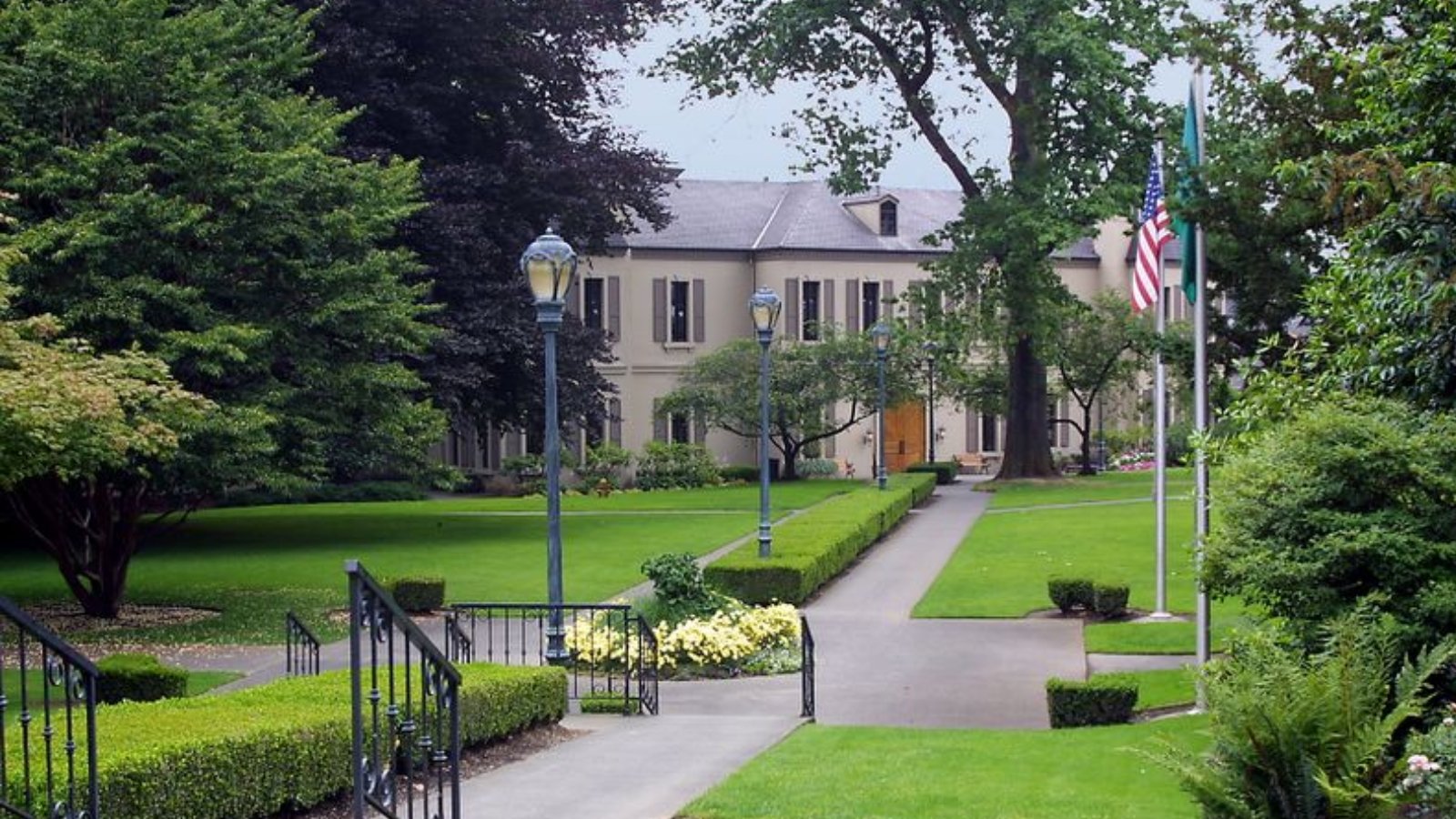
Why are people willing to pay so much to live here? What’s special about it?
Woodinville offers wine country lifestyle with proximity to Seattle and Eastside employment centers. The community features over 100 wineries, tasting rooms, and restaurants that create a unique recreational and cultural environment. Large lots and rural atmosphere appeal to buyers seeking space and luxury.
The area attracts food and wine enthusiasts who appreciate the concentration of premium establishments. Many properties feature acreage suitable for horses or private vineyards. The combination of recreational amenities and rural luxury justifies premium pricing for this distinctive community.
How Woodinville Rose to Prominence
Founded in 1871 by Ira Woodin, the community began as a logging center in the forested hills northeast of Seattle. Agriculture, particularly dairy farming and later nursery operations, dominated the economy for much of the 20th century. The rural setting and proximity to Seattle made it attractive for hobby farms and larger properties.
The transformation to wine country began in the 1970s when Columbia Winery and Chateau Ste. Michelle established operations in Woodinville. The wine industry’s growth attracted restaurants, hotels, and entertainment venues that created a unique lifestyle destination. This development, combined with tech industry growth, has made Woodinville one of the region’s most desirable communities.
3 Interesting Tidbits
1. Wine Capital – Woodinville hosts over 100 wineries and tasting rooms, making it the largest concentration of wine production and tasting facilities in Washington State.
2. Culinary Destination – The Herbfarm Restaurant, located in Woodinville, is one of the Pacific Northwest’s most acclaimed fine dining establishments, featuring locally sourced ingredients and wine pairings.
3. Corporate Headquarters – Chateau Ste. Michelle, Washington’s oldest winery, maintains its headquarters and primary production facility in Woodinville, anchoring the area’s wine industry.
10. Redmond – 196% Home Price Increase Since 2010

- 2010: $471,024
- 2011: $433,136
- 2012: $405,427
- 2013: $462,264
- 2014: $514,649
- 2015: $559,986
- 2016: $625,535
- 2017: $731,820
- 2018: $844,024
- 2019: $822,630
- 2020: $869,069
- 2021: $1,106,366
- 2022: $1,438,273
- 2023: $1,227,211
- 2024: $1,365,490
- 2025: $1,394,050
Redmond achieved spectacular growth, nearly tripling from $405,427 in 2012 to peak at over $1.4 million in 2022. The technology capital has maintained values well above $1.3 million throughout recent years. Current prices around $1,394,050 reflect the enormous impact of tech industry employment on local housing demand.
Why Redmond?

Why are people willing to pay so much to live here? What’s special about it?
Redmond sits at the heart of the global technology industry with Microsoft’s massive campus anchoring the local economy. The city offers world-class employment opportunities, excellent schools, and extensive recreational amenities that appeal to tech professionals and their families. Proximity to multiple major employers drives intense housing competition.
The combination of high-paying tech jobs and limited housing supply creates exceptional price pressure. Many residents can walk or bike to work at major technology companies. The city’s investment in parks, trails, and cultural amenities creates quality of life that justifies premium housing costs.
How Redmond Rose to Prominence
Originally a logging and farming community founded in the 1870s, Redmond remained small until the technology industry discovered the Eastside in the 1970s and 1980s. Microsoft’s decision to locate its headquarters in Redmond in 1986 transformed the community from a rural town to the center of the global software industry.
The arrival of Microsoft triggered massive growth as other technology companies followed, creating one of the world’s most concentrated tech employment centers. Redmond has invested heavily in infrastructure, amenities, and quality of life initiatives to support its role as a technology capital. The community continues to evolve as the tech industry grows and changes.
3 Interesting Tidbits
1. Microsoft Campus – The Microsoft headquarters spans over 500 acres and employs more than 50,000 people, making it one of the largest corporate campuses in the world.
2. Bicycle Capital – Redmond calls itself the “Bicycle Capital of the Northwest” with extensive trail systems and bike-friendly infrastructure throughout the city.
3. Cultural Investment – The city has invested heavily in arts and culture, including the state-of-the-art Redmond Central Connector and numerous public art installations throughout the community.
9. Bellevue – 202% Home Price Increase Since 2010
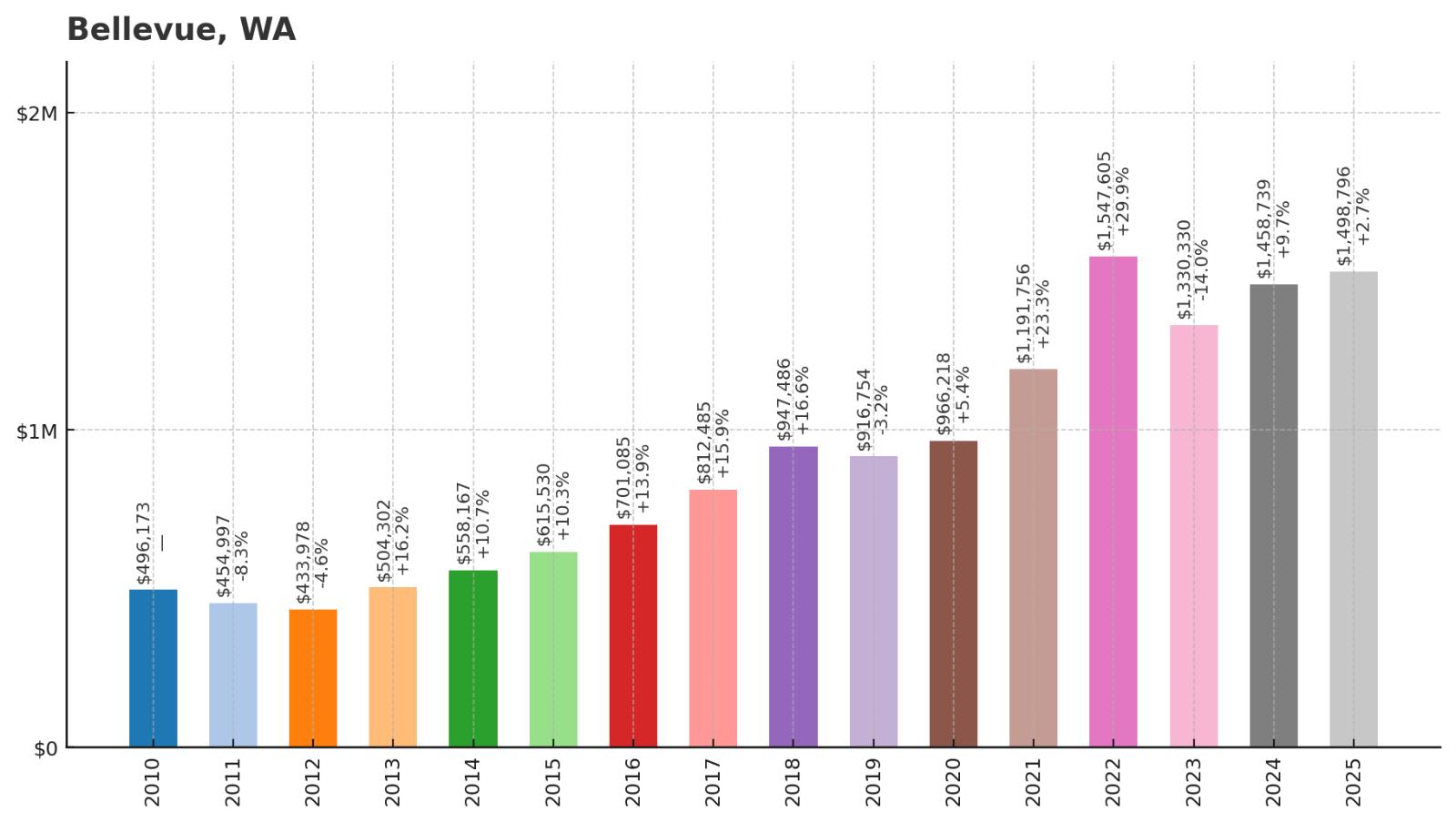
- 2010: $496,173
- 2011: $454,997
- 2012: $433,978
- 2013: $504,302
- 2014: $558,167
- 2015: $615,530
- 2016: $701,085
- 2017: $812,485
- 2018: $947,486
- 2019: $916,754
- 2020: $966,218
- 2021: $1,191,756
- 2022: $1,547,605
- 2023: $1,330,330
- 2024: $1,458,739
- 2025: $1,498,796
Bellevue more than tripled from $433,978 in 2012 to peak at over $1.5 million in 2022. The Eastside metropolis has maintained values near $1.5 million with current prices around $1,498,796. The dramatic appreciation reflects the city’s transformation into a major urban center and technology hub.
Why Bellevue?
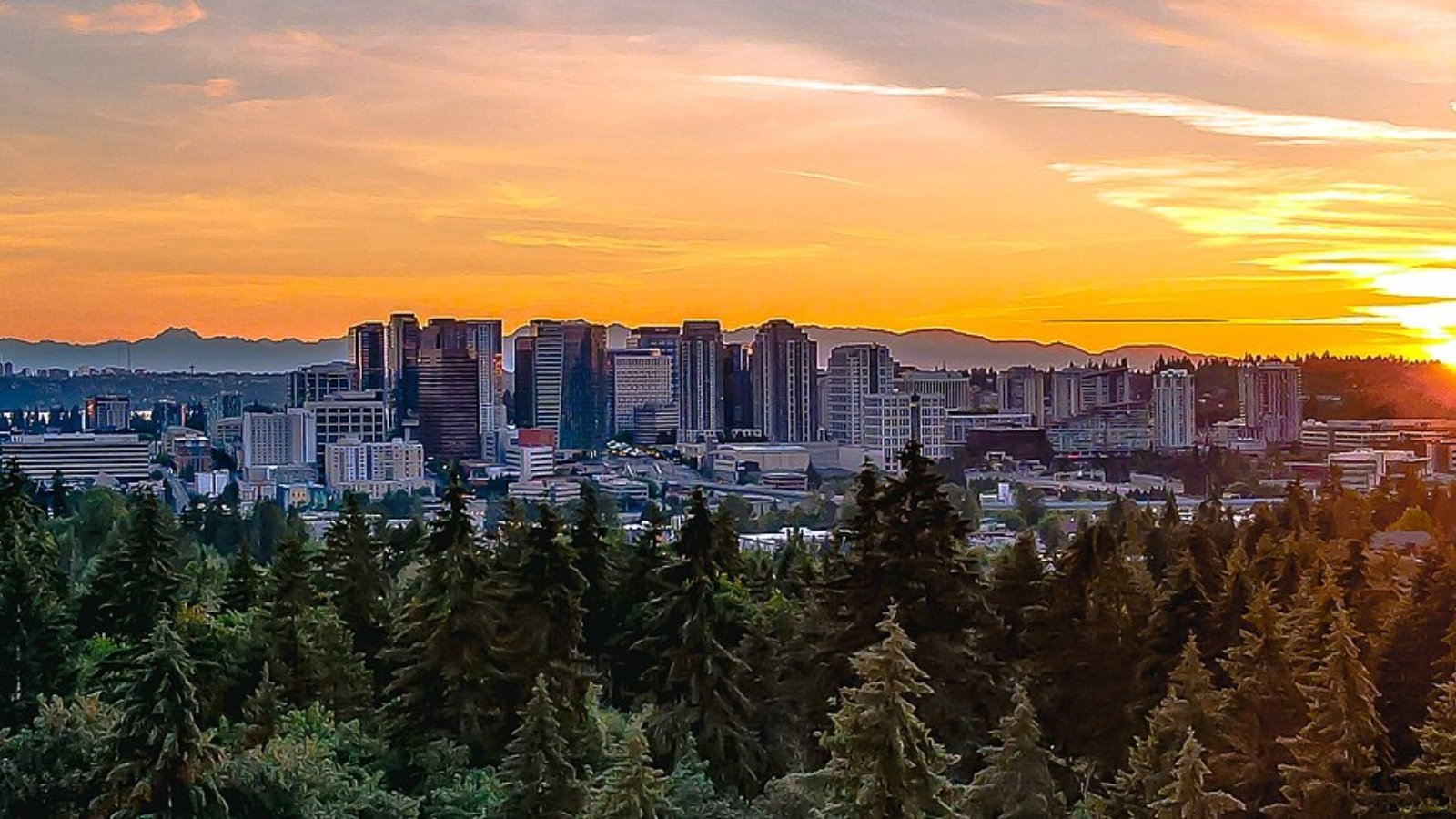
Why are people willing to pay so much to live here? What’s special about it?
Bellevue offers urban sophistication with suburban safety as the largest city on the Eastside. The downtown core features luxury shopping, fine dining, and cultural amenities that rival major metropolitan centers. Proximity to multiple technology employers and excellent schools create exceptional appeal for affluent families.
The city combines high-rise urban living with single-family neighborhoods that offer something for every lifestyle preference. World-class shopping at Bellevue Square and extensive park systems add lifestyle amenities. The reputation for safety and quality services justifies premium pricing throughout the community.
How Bellevue Rose to Prominence
Originally settled in the 1860s as a farming community, Bellevue remained rural until the opening of the first Lake Washington floating bridge in 1940 connected it to Seattle. Post-World War II suburban development transformed the area into a bedroom community for Seattle workers. The name “Bellevue” means “beautiful view” in French.
The technology boom accelerated Bellevue’s growth into a major urban center in its own right. Major companies established headquarters and operations throughout the city, creating enormous employment density. Strategic planning and investment in infrastructure, amenities, and downtown development have made Bellevue one of the most desirable addresses in the Pacific Northwest.
3 Interesting Tidbits
1. Shopping Destination – Bellevue Square, opened in 1946, was one of the first major shopping centers in the Pacific Northwest and remains a premier luxury retail destination.
2. Tech Hub – Over 1,500 technology companies have operations in Bellevue, making it one of the largest concentrations of tech employment outside of Silicon Valley.
3. Cultural Center – The Bellevue Arts Museum and numerous public art installations throughout the city demonstrate the community’s commitment to culture and aesthetics.
8. Sammamish – 206% Home Price Increase Since 2010
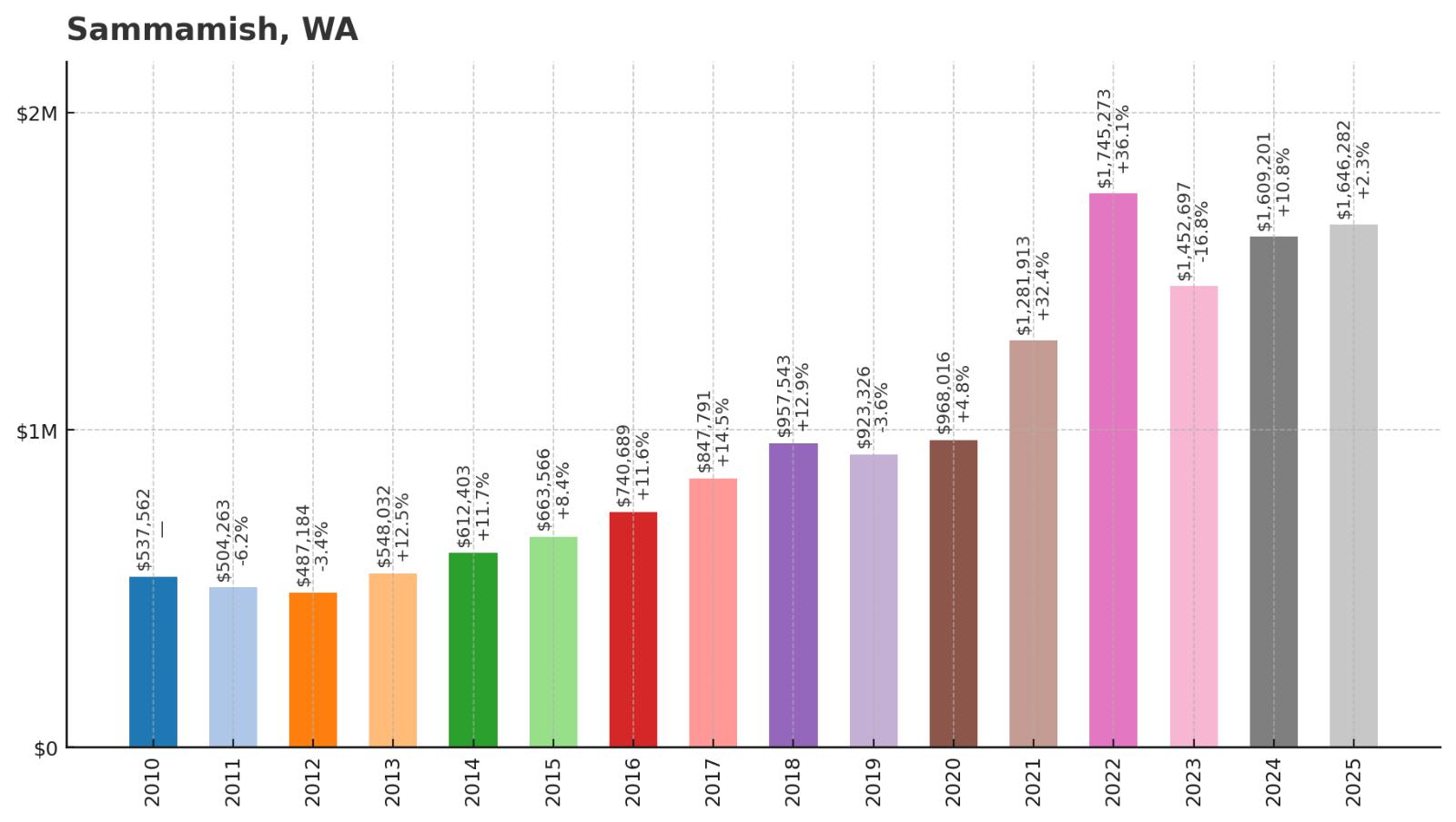
- 2010: $537,562
- 2011: $504,263
- 2012: $487,184
- 2013: $548,032
- 2014: $612,403
- 2015: $663,566
- 2016: $740,689
- 2017: $847,791
- 2018: $957,543
- 2019: $923,326
- 2020: $968,016
- 2021: $1,281,913
- 2022: $1,745,273
- 2023: $1,452,697
- 2024: $1,609,201
- 2025: $1,646,282
Sammamish achieved the second-highest percentage growth, more than tripling from $487,184 in 2012 to peak at over $1.7 million in 2022. The lakefront community has maintained values well above $1.6 million. Current prices around $1,646,282 reflect its status as one of the most exclusive residential destinations in the region.
Why Sammamish?
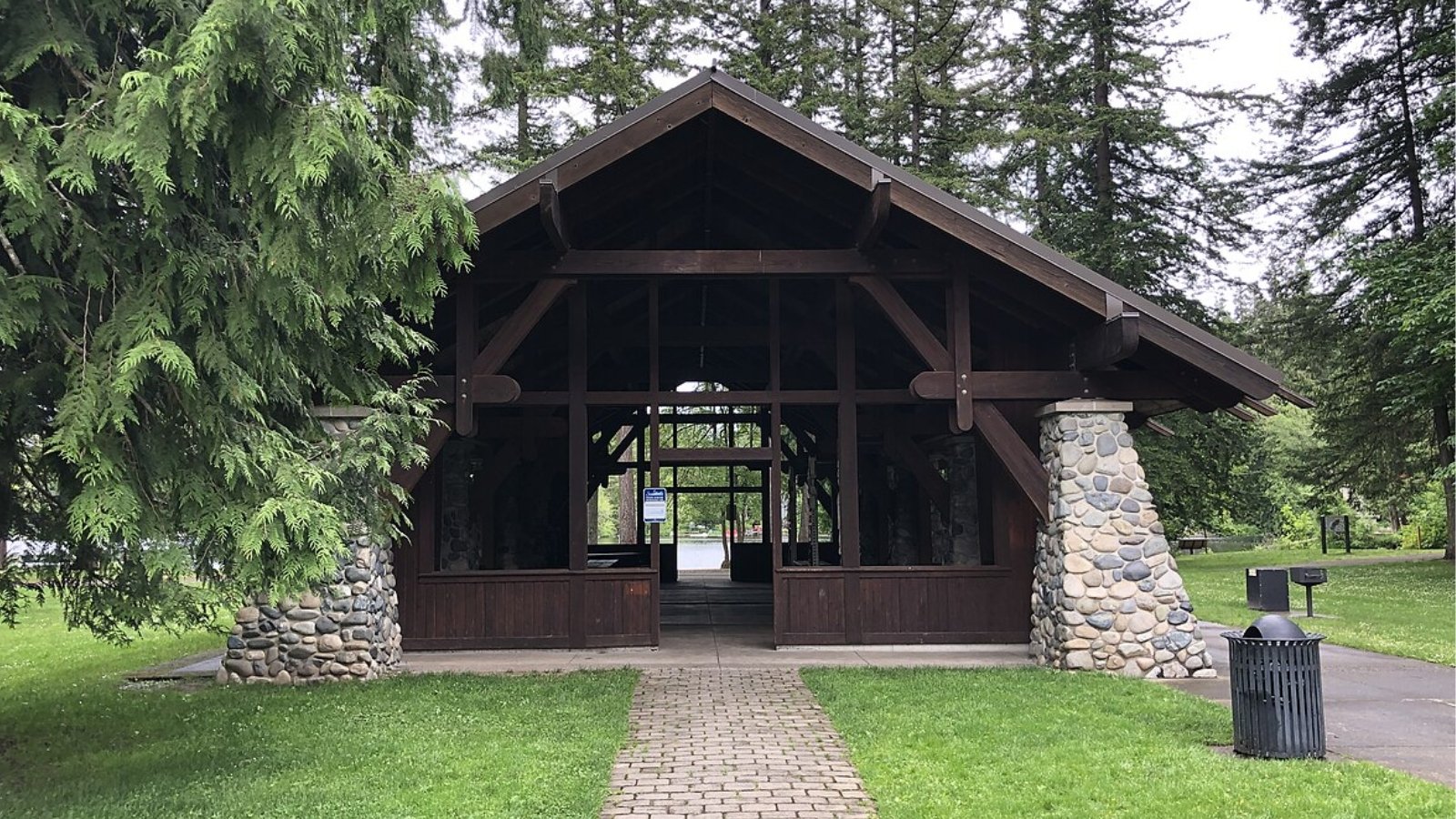
Why are people willing to pay so much to live here? What’s special about it?
Sammamish provides luxury lakefront living with proximity to major technology employers throughout the Eastside. The city features large lots, custom homes, and extensive natural areas that create a resort-like atmosphere for daily living. Top-rated schools and family amenities appeal to affluent professionals with children.
Lake Sammamish access offers water recreation and scenic beauty that many buyers find irresistible. The community maintains strict development standards and environmental protections that preserve property values and natural character. Limited developable land ensures continued exclusivity and price appreciation.
How Sammamish Rose to Prominence
Named after Lake Sammamish and the Sammamish people who originally inhabited the area, the community remained largely rural until the 1960s when suburban development began reaching the plateau. The city incorporated in 1999 to control growth and preserve the area’s natural character and large-lot residential development.
The technology boom and proximity to Microsoft, Amazon, and other major employers drove enormous demand for housing in Sammamish. The community’s emphasis on environmental preservation, large lots, and quality development attracted wealthy tech professionals seeking luxury suburban lifestyle. Careful planning has maintained the area’s desirability while managing growth pressures.
3 Interesting Tidbits
1. Young City – Incorporated in 1999, Sammamish is one of Washington’s newest cities, reflecting the community’s desire to control development and preserve its character.
2. Lake Access – Lake Sammamish State Park provides public access to the lake for swimming, boating, and recreation, making water activities available to all residents.
3. Environmental Focus – The city has preserved over 25% of its land area as open space and parks, maintaining the natural environment that makes Sammamish distinctive.
7. Mercer Island – 154% Home Price Increase Since 2010
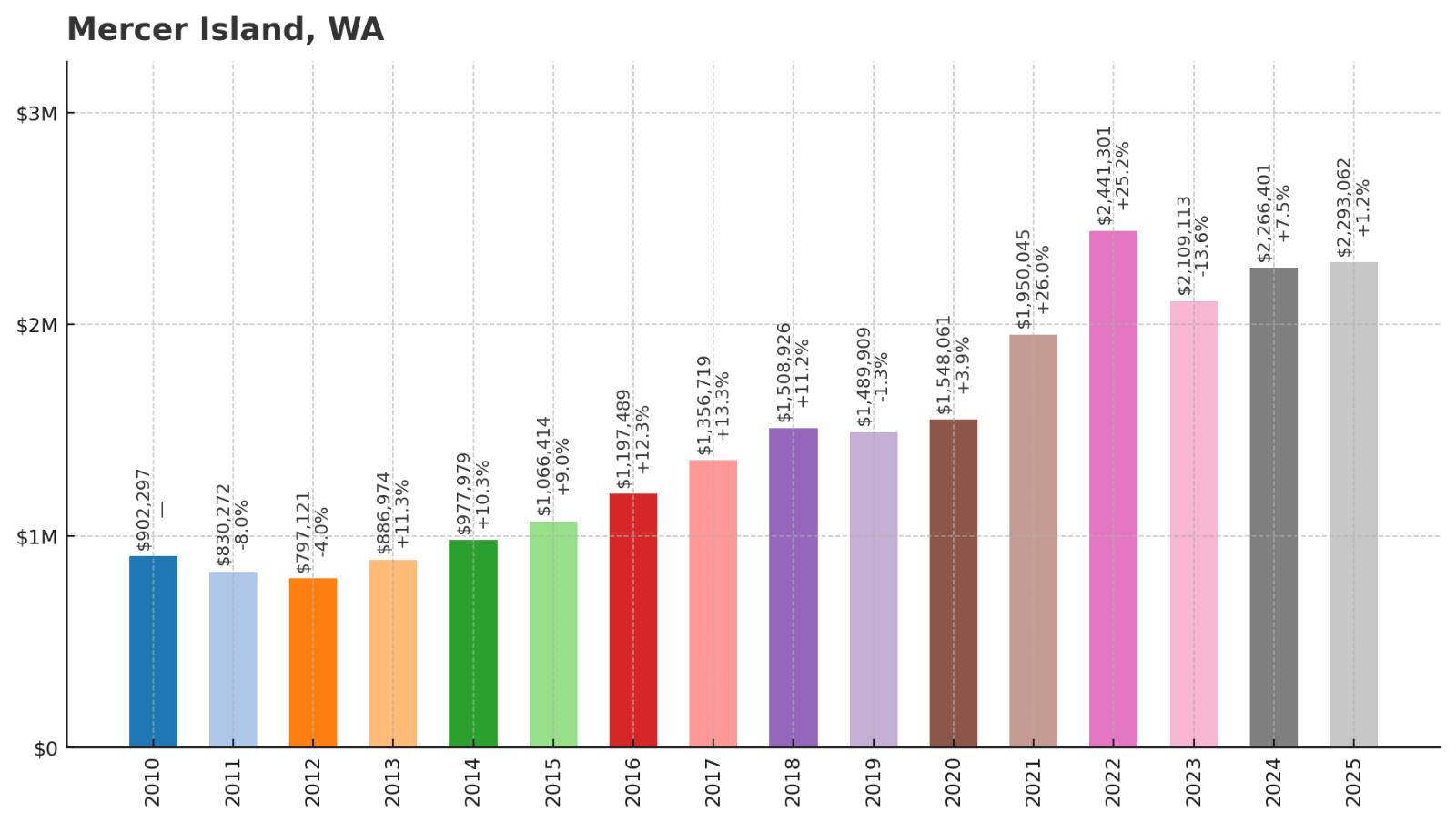
- 2010: $902,297
- 2011: $830,272
- 2012: $797,121
- 2013: $886,974
- 2014: $977,979
- 2015: $1,066,414
- 2016: $1,197,489
- 2017: $1,356,719
- 2018: $1,508,926
- 2019: $1,489,909
- 2020: $1,548,061
- 2021: $1,950,045
- 2022: $2,441,301
- 2023: $2,109,113
- 2024: $2,266,401
- 2025: $2,293,062
Mercer Island started from the highest baseline at over $900,000 in 2010 but still managed to nearly triple by 2022. The exclusive island community peaked at over $2.4 million before settling around $2,293,062. Despite the lower percentage increase, absolute dollar appreciation has been enormous.
Why Mercer Island?
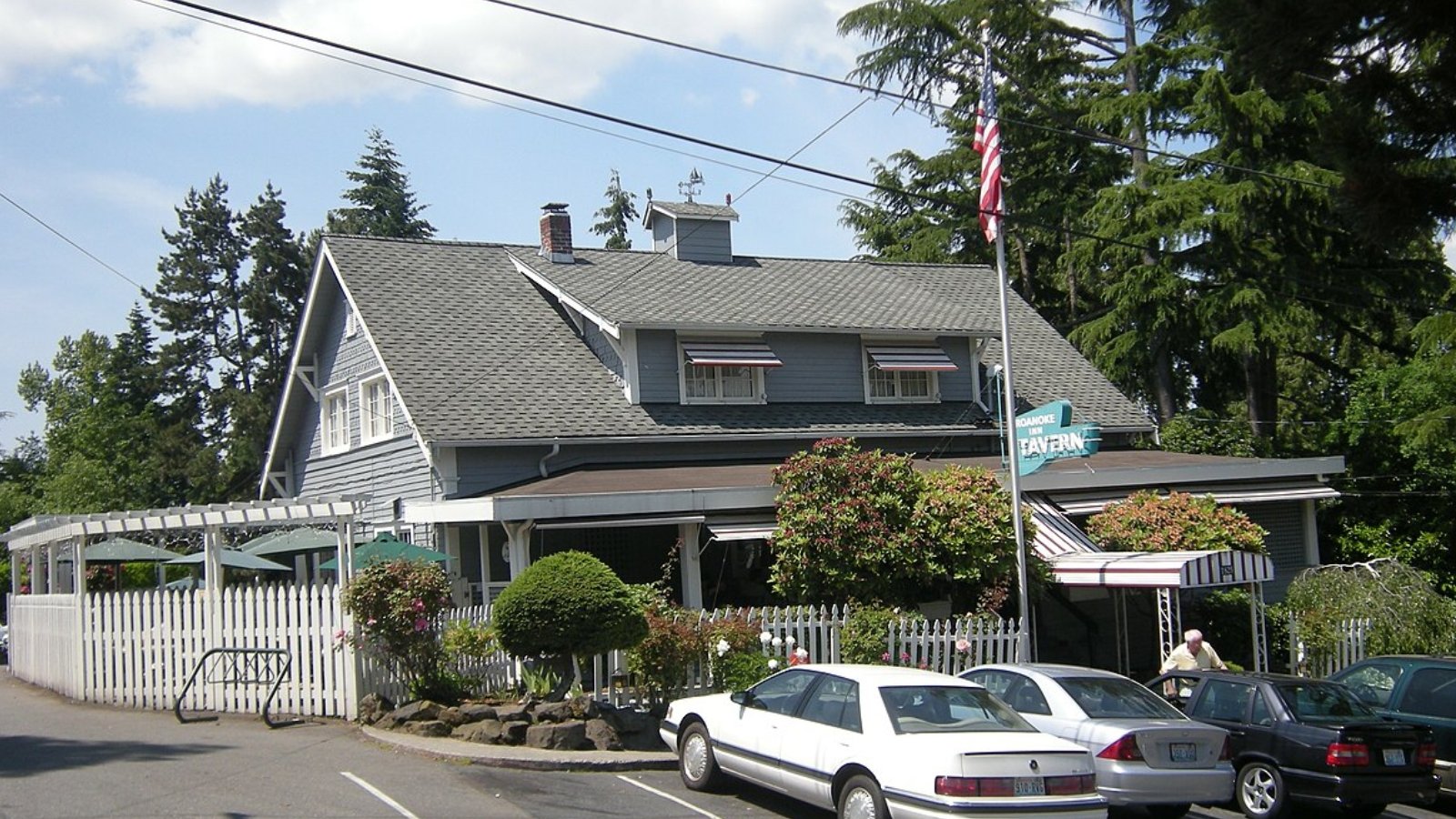
Why are people willing to pay so much to live here? What’s special about it?
Mercer Island represents the pinnacle of Seattle-area residential exclusivity with island privacy and urban accessibility. The community offers luxury homes, excellent schools, and prestigious social status that appeals to the region’s most affluent residents. Bridge access provides convenient commuting while maintaining island separation.
Lake Washington surroundings create resort-like living with water recreation and stunning views throughout the community. The island’s reputation for wealth and exclusivity attracts business leaders, tech executives, and other high-net-worth individuals. Limited housing supply and high demand ensure continued price appreciation.
How Mercer Island Rose to Prominence
Named after the Mercer brothers who were early Seattle pioneers, the island remained largely undeveloped until the opening of the first Lake Washington floating bridge in 1940. This connection to Seattle transformed Mercer Island from a rural retreat to an exclusive suburban community for wealthy Seattle residents.
The island’s development was carefully controlled to maintain large lots and luxury standards that attracted the region’s business and social elite. The opening of additional bridge connections and the technology boom brought new wealth to the area, further elevating property values. Mercer Island has maintained its reputation as the most prestigious residential address in the Seattle metro area.
3 Interesting Tidbits
1. Bridge Pioneer – Mercer Island was connected to the mainland by the first Lake Washington floating bridge, a pioneering engineering achievement that made island living practical for commuters.
2. Exclusive Schools – The Mercer Island School District consistently ranks among the top in Washington State, with high school graduates attending prestigious universities at exceptional rates.
3. Tech Wealth – Many Microsoft millionaires and other tech industry leaders have chosen Mercer Island as their primary residence, contributing to the area’s reputation for wealth and exclusivity.
6. Woodway – 141% Home Price Increase Since 2010
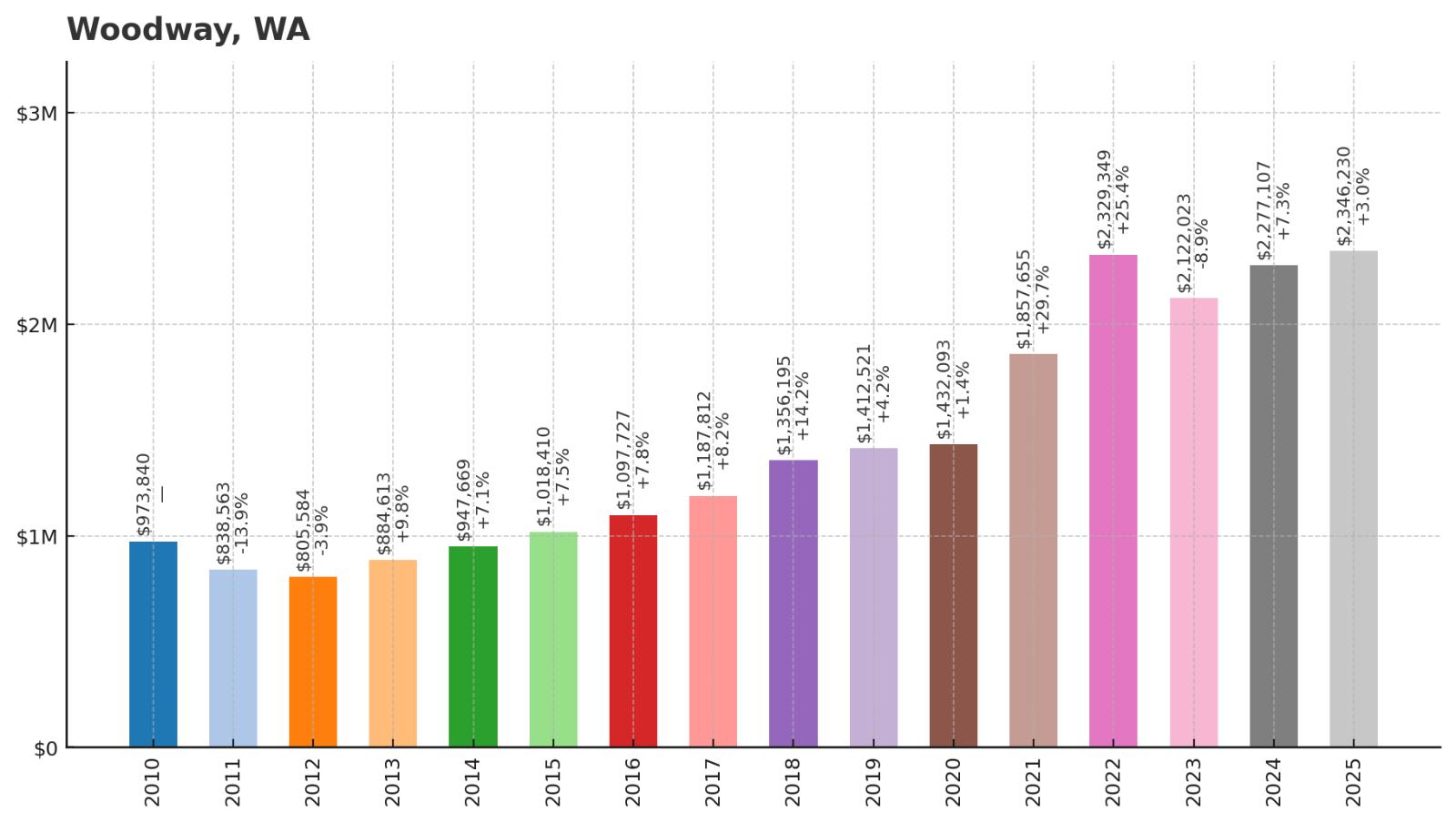
- 2010: $973,840
- 2011: $838,563
- 2012: $805,584
- 2013: $884,613
- 2014: $947,669
- 2015: $1,018,410
- 2016: $1,097,727
- 2017: $1,187,812
- 2018: $1,356,195
- 2019: $1,412,521
- 2020: $1,432,093
- 2021: $1,857,655
- 2022: $2,329,349
- 2023: $2,122,023
- 2024: $2,277,107
- 2025: $2,346,230
Woodway started from the second-highest baseline at nearly $1 million in 2010 but still managed to more than double by 2022. The exclusive coastal community peaked at over $2.3 million and maintains values around $2,346,230. The smaller percentage increase reflects the already ultra-premium pricing that existed before the recent surge.
Why Woodway?
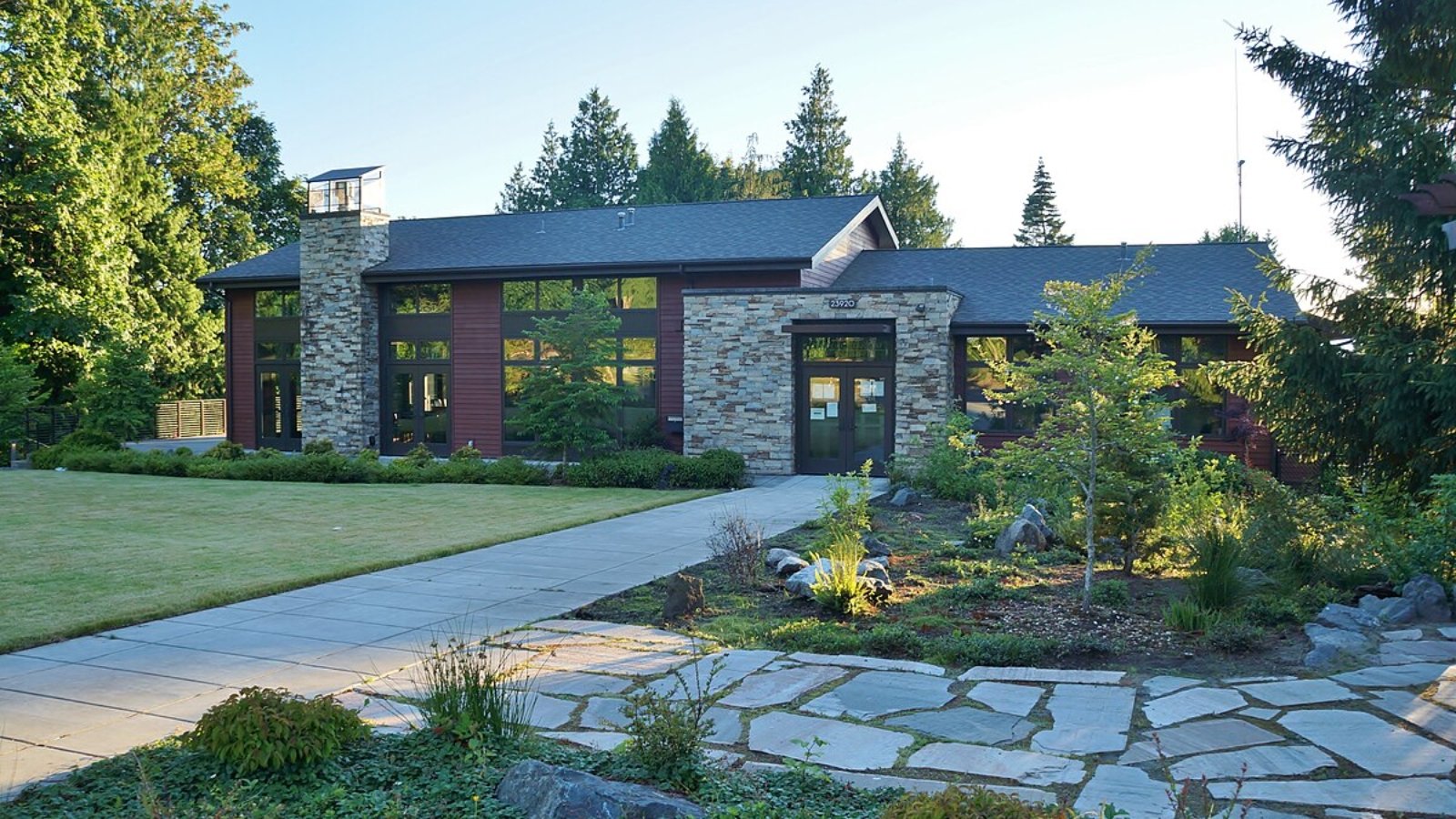
Why are people willing to pay so much to live here? What’s special about it?
Woodway offers ultimate privacy and luxury on Puget Sound with some of the region’s most exclusive waterfront estates. The small community maintains strict development controls and large lot requirements that ensure continued exclusivity. Many properties feature private beaches, tennis courts, and elaborate custom homes.
The combination of waterfront location, privacy, and proximity to Seattle creates exceptional appeal for ultra-wealthy buyers. Limited housing supply and high barriers to development protect property values and community character. The reputation for exclusivity and luxury attracts business leaders and celebrities seeking the ultimate residential experience.
How Woodway Rose to Prominence
Developed in the 1930s as an exclusive residential enclave north of Seattle, Woodway was designed from the beginning to attract wealthy residents seeking waterfront luxury. The community incorporated in 1958 with strict zoning that required large lots and limited development to preserve its exclusive character.
Woodway has maintained its reputation as one of the most exclusive residential communities in the Pacific Northwest through careful development control and high property values that limit access to the wealthy. The community’s Puget Sound location and privacy have attracted business leaders, entertainment figures, and other high-net-worth individuals seeking the ultimate luxury address.
3 Interesting Tidbits
1. Ultra-Exclusive – Woodway has fewer than 1,500 residents, making it one of the smallest and most exclusive incorporated cities in Washington State.
2. Private Beach – The Woodway Beach Club provides exclusive access to Puget Sound beaches and recreational facilities for residents of this gated community.
3. Celebrity Haven – Woodway has been home to numerous celebrities and business leaders, including several Microsoft executives and entertainment industry figures seeking privacy and luxury.
5. Beaux Arts Village – 166% Home Price Increase Since 2013
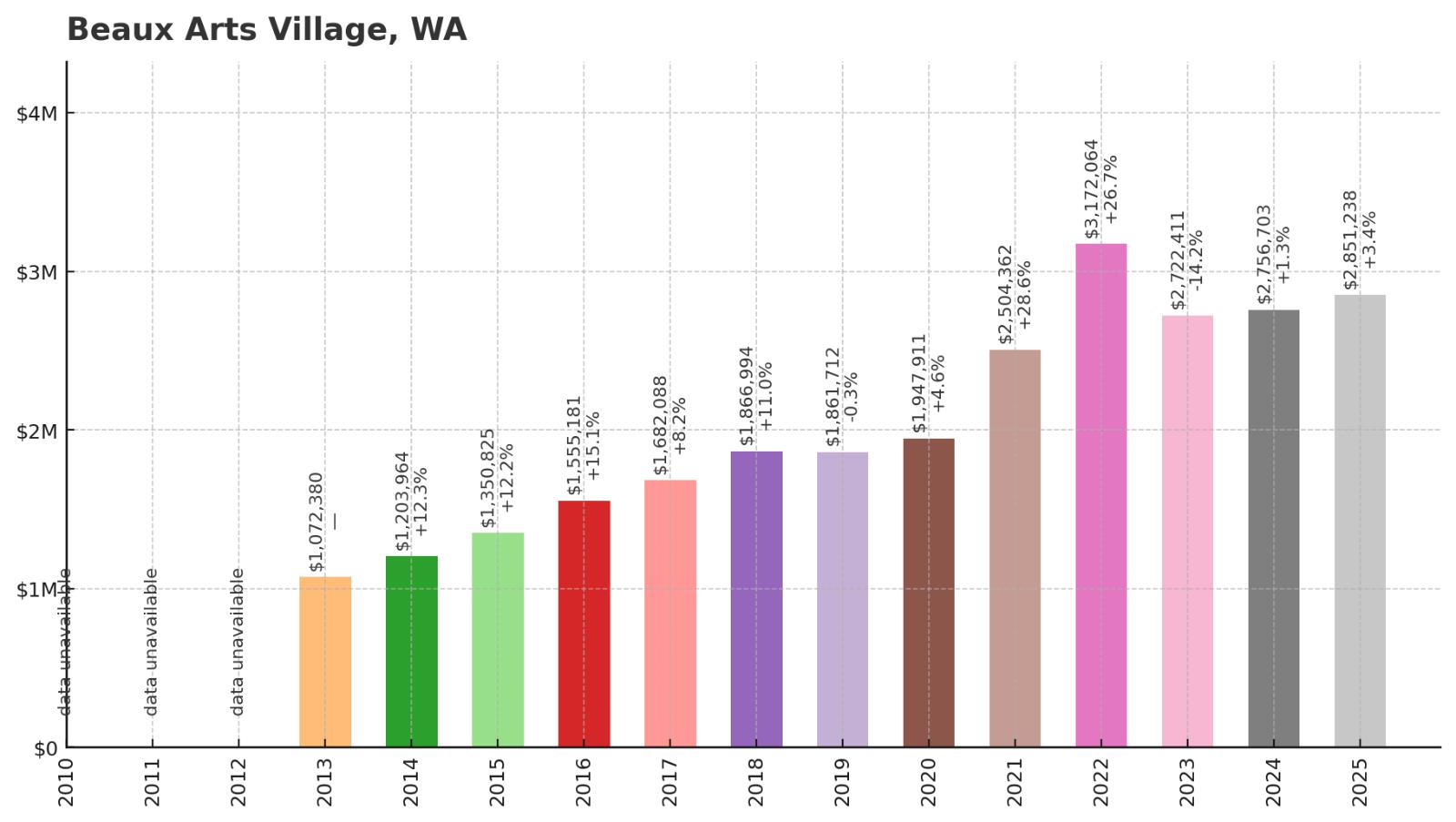
- 2010: N/A
- 2011: N/A
- 2012: N/A
- 2013: $1,072,380
- 2014: $1,203,964
- 2015: $1,350,825
- 2016: $1,555,181
- 2017: $1,682,088
- 2018: $1,866,994
- 2019: $1,861,712
- 2020: $1,947,911
- 2021: $2,504,362
- 2022: $3,172,064
- 2023: $2,722,411
- 2024: $2,756,703
- 2025: $2,851,238
Beaux Arts Village data begins in 2013 at over $1 million, reflecting the already ultra-premium nature of this tiny community. Values increased by 166% to peak at over $3.1 million in 2022. Current prices around $2,851,238 represent the artistic enclave’s unique position as a historic luxury destination.
Why Beaux Arts Village?
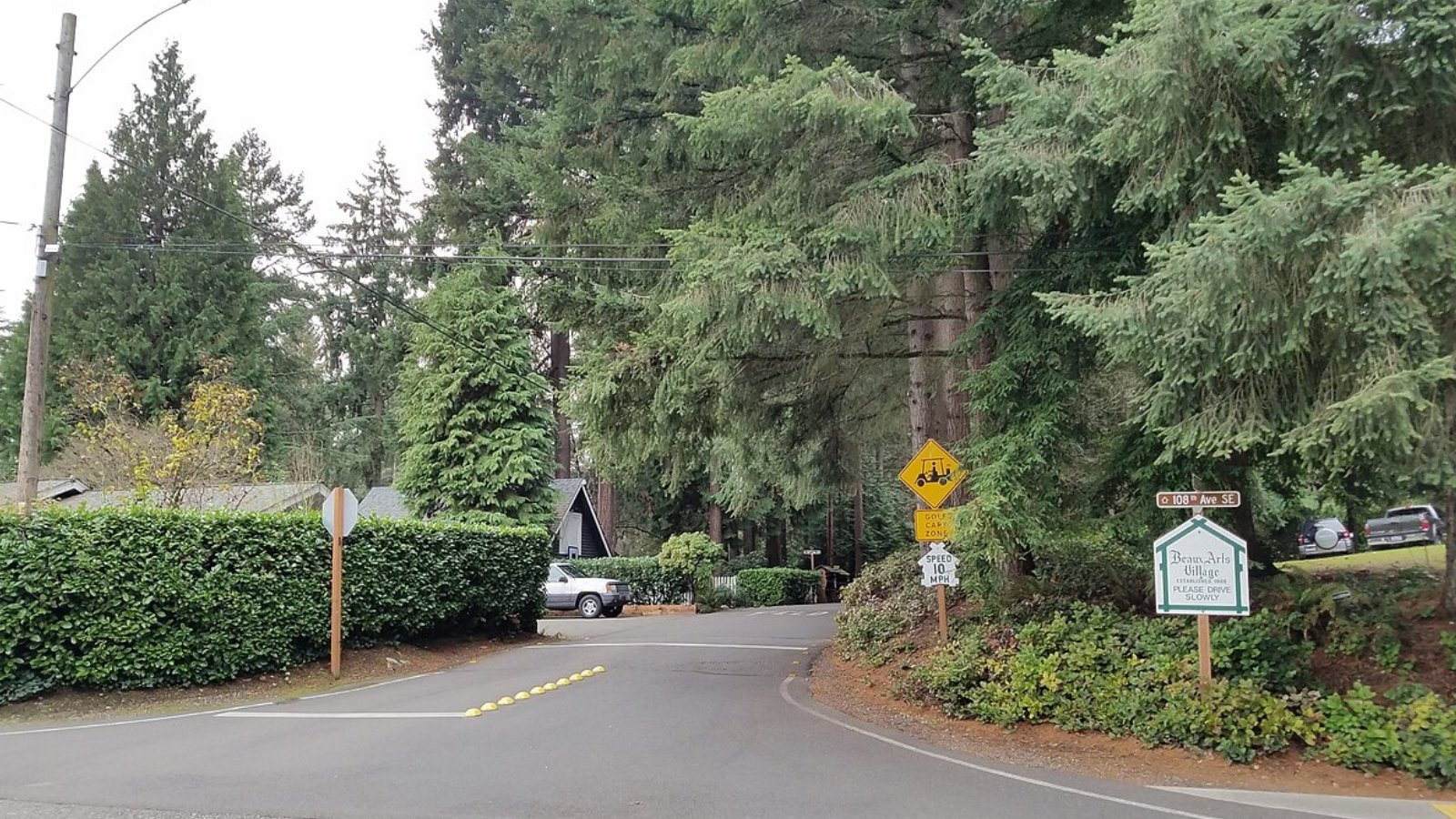
Why are people willing to pay so much to live here? What’s special about it?
Beaux Arts Village offers artistic heritage and Lake Washington waterfront in Washington’s smallest incorporated municipality. The historic community was founded by artists and maintains creative character while providing luxury lakefront living. Unique architecture and cultural significance create exceptional appeal for discerning buyers.
The village’s tiny size and historic designation limit development and ensure continued exclusivity. Many homes feature distinctive Arts and Crafts architecture and waterfront locations. The combination of artistic legacy, natural beauty, and extreme rarity justifies ultra-premium pricing.
How Beaux Arts Village Rose to Prominence
Founded in 1908 by a group of Seattle artists seeking a creative retreat on Lake Washington, Beaux Arts Village was designed as an artists’ colony with distinctive architecture and communal ideals. The community was incorporated in 1954 as the smallest city in Washington to preserve its unique character and prevent annexation by neighboring municipalities.
The village has maintained its artistic heritage while evolving into one of the region’s most exclusive addresses. The combination of historic significance, architectural distinction, and Lake Washington waterfront has attracted wealthy buyers who appreciate the community’s unique character. Limited size and development restrictions ensure continued exclusivity and value appreciation.
3 Interesting Tidbits
1. Smallest City – With only 109 acres and fewer than 300 residents, Beaux Arts Village is the smallest incorporated city in Washington State.
2. Arts Colony Heritage – The village was founded as an artists’ colony and still maintains strong connections to the arts community with several working artists among its residents.
3. Architectural Significance – Many homes in the village feature distinctive Arts and Crafts architecture from the early 1900s, creating a unique and cohesive aesthetic throughout the community.
4. Clyde Hill – 195% Home Price Increase Since 2010
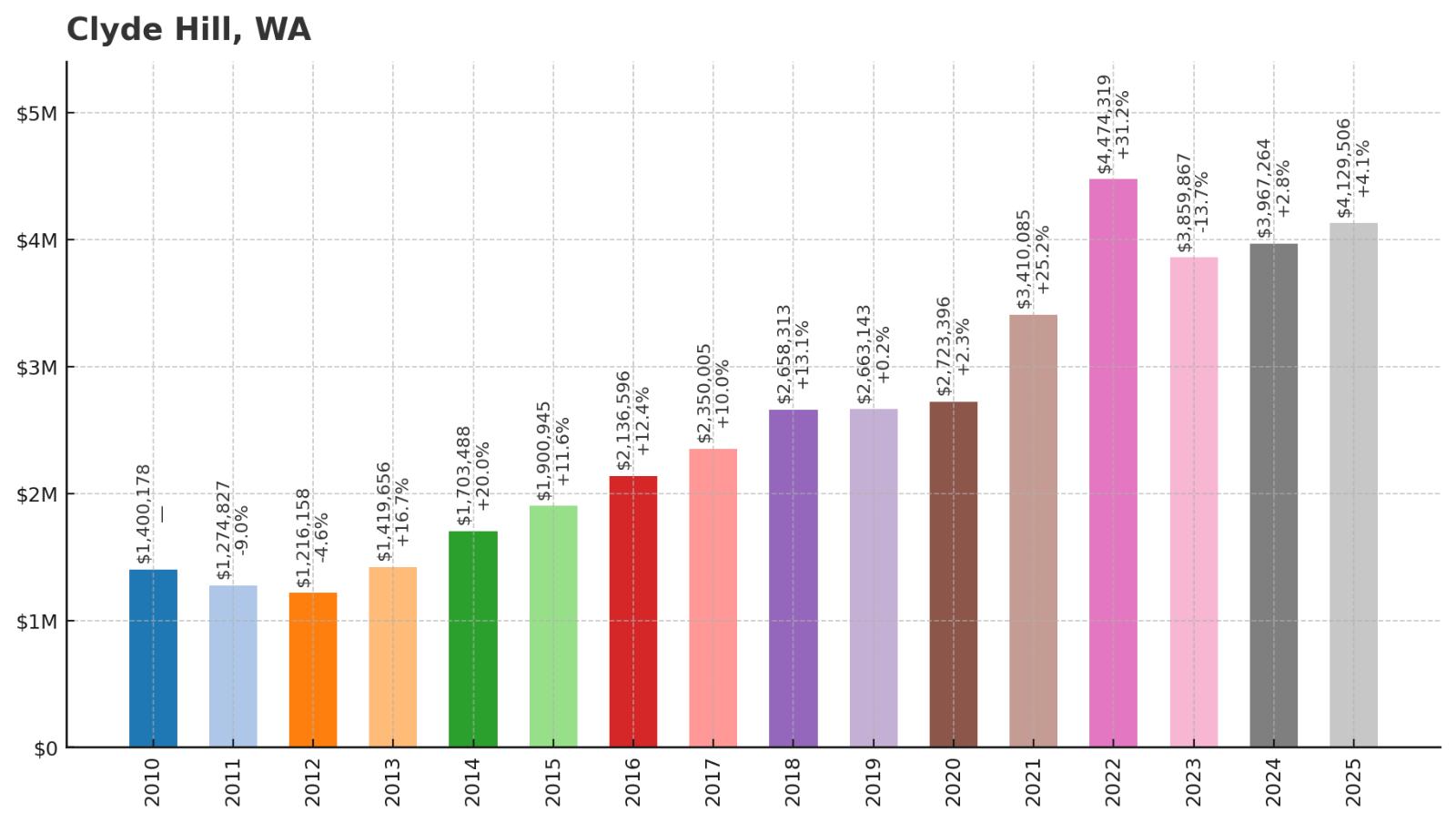
- 2010: $1,400,178
- 2011: $1,274,827
- 2012: $1,216,158
- 2013: $1,419,656
- 2014: $1,703,488
- 2015: $1,900,945
- 2016: $2,136,596
- 2017: $2,350,005
- 2018: $2,658,313
- 2019: $2,663,143
- 2020: $2,723,396
- 2021: $3,410,085
- 2022: $4,474,319
- 2023: $3,859,867
- 2024: $3,967,264
- 2025: $4,129,506
Clyde Hill started from $1.4 million in 2010 and nearly tripled to peak at over $4.4 million in 2022. The exclusive hillside community has maintained values above $4 million with current prices around $4,129,506. The dramatic appreciation reflects the community’s transformation into one of the nation’s most expensive residential areas.
Why Clyde Hill?

Why are people willing to pay so much to live here? What’s special about it?
Clyde Hill provides ultimate luxury living with panoramic views of Lake Washington, Seattle, and the Olympic Mountains. The small city features some of the region’s most expensive homes with elaborate estates and custom architecture. Proximity to Bellevue and Seattle employment centers appeals to ultra-wealthy professionals.
The community maintains strict development standards and large lot requirements that ensure continued exclusivity. Many properties feature tennis courts, swimming pools, and expansive grounds that create resort-like living experiences. The combination of views, luxury, and prestige justifies ultra-premium pricing.
How Clyde Hill Rose to Prominence
Developed in the 1920s as an exclusive residential area with large lots and luxury homes, Clyde Hill incorporated in 1953 to maintain its upscale character and prevent annexation. The community was designed to attract Seattle’s business and social elite seeking suburban luxury with urban access.
The technology boom and proximity to major Eastside employers have attracted a new generation of ultra-wealthy residents, particularly tech executives and entrepreneurs. The community’s reputation for luxury and exclusivity has been enhanced by famous residents and record-breaking home sales that have elevated its profile nationally.
3 Interesting Tidbits
1. Tech Billionaires – Clyde Hill has been home to several billionaire tech executives, including Microsoft co-founder Paul Allen and Amazon founder Jeff Bezos.
2. Record Sales – The community has seen some of the highest residential real estate prices in Washington State history, with individual home sales exceeding $50 million.
3. Exclusive Address – With fewer than 3,000 residents, Clyde Hill maintains an intimate community feel while being one of the wealthiest neighborhoods in America.
3. Yarrow Point – 167% Home Price Increase Since 2010
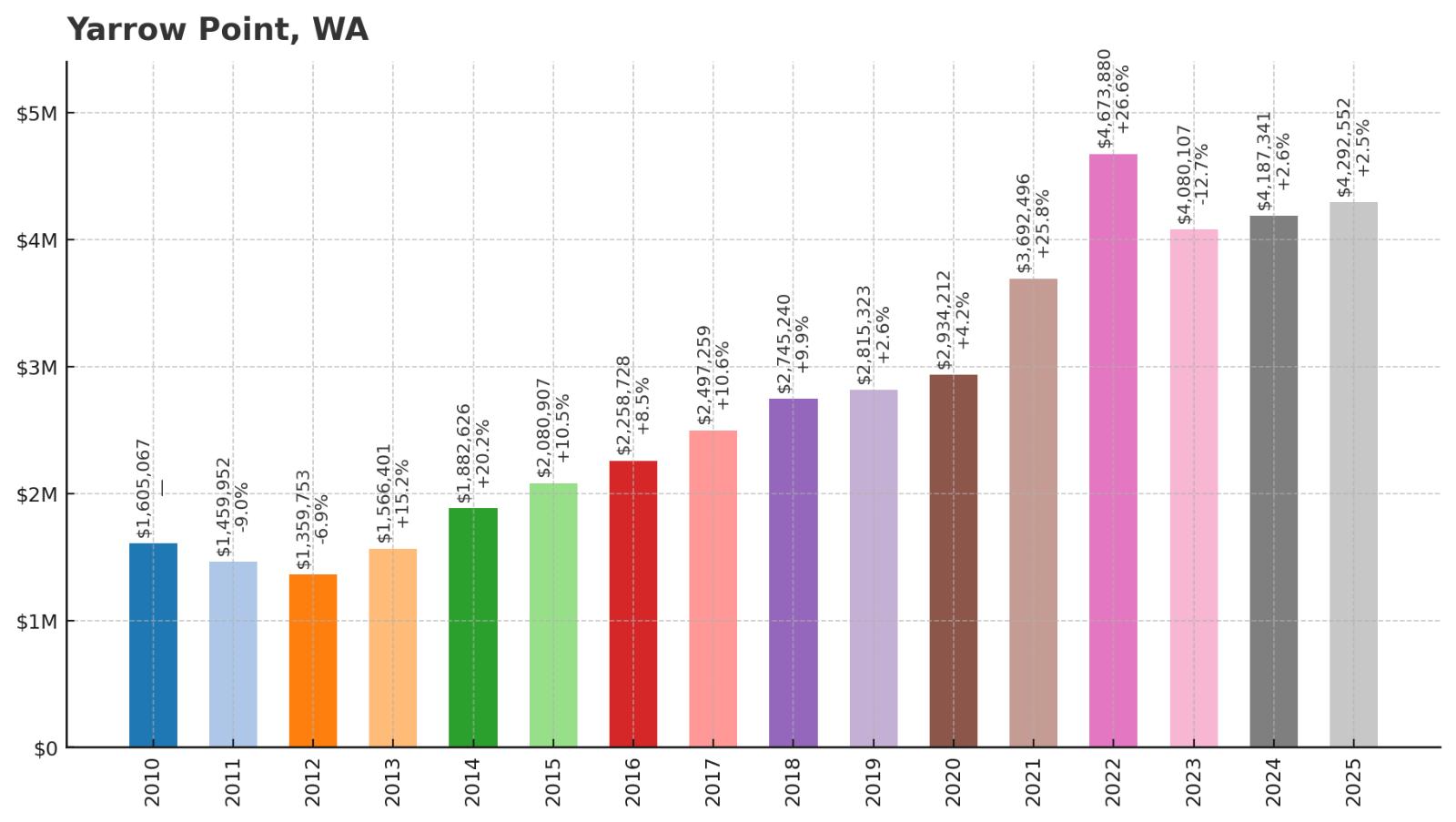
- 2010: $1,605,067
- 2011: $1,459,952
- 2012: $1,359,753
- 2013: $1,566,401
- 2014: $1,882,626
- 2015: $2,080,907
- 2016: $2,258,728
- 2017: $2,497,259
- 2018: $2,745,240
- 2019: $2,815,323
- 2020: $2,934,212
- 2021: $3,692,496
- 2022: $4,673,880
- 2023: $4,080,107
- 2024: $4,187,341
- 2025: $4,292,552
Yarrow Point started from the third-highest baseline at over $1.6 million in 2010 but still managed to nearly triple by 2022. The exclusive peninsula community peaked at over $4.6 million before settling around $4,292,552. The 167% increase reflects the already ultra-premium nature of this waterfront enclave.
Why Yarrow Point?

Why are people willing to pay so much to live here? What’s special about it?
Yarrow Point offers the ultimate in waterfront luxury with private peninsula living on Lake Washington. The tiny community features some of the region’s most spectacular estates with panoramic water views and private beach access. Exclusivity and privacy appeal to ultra-wealthy buyers seeking the pinnacle of residential luxury.
The peninsula location provides water access on three sides with stunning views in multiple directions. Many properties feature elaborate grounds, private docks, and architectural distinction that creates resort-like living experiences. The combination of location, luxury, and extreme rarity justifies ultra-premium pricing.
How Yarrow Point Rose to Prominence
Developed as an exclusive residential peninsula in the early 1900s, Yarrow Point was designed from the beginning to attract the region’s wealthiest residents seeking waterfront luxury. The community incorporated in 1959 as one of the smallest cities in Washington to preserve its exclusive character and prevent development pressures.
The peninsula’s unique location and luxury homes have attracted business leaders, tech executives, and other ultra-wealthy individuals seeking the ultimate residential experience. The community has maintained its reputation as one of the most exclusive addresses in the Pacific Northwest through careful development control and ultra-high property values.
3 Interesting Tidbits
1. Peninsula Paradise – Yarrow Point is surrounded by water on three sides, creating a private peninsula feel with spectacular lake views from nearly every property.
2. Ultra-Small – With fewer than 1,200 residents, Yarrow Point maintains an intimate community while being one of the wealthiest neighborhoods in America.
3. Architectural Showcase – Many homes on Yarrow Point feature distinctive architecture and landscaping that create showcase properties worthy of architectural magazines.
2. Medina – 182% Home Price Increase Since 2010
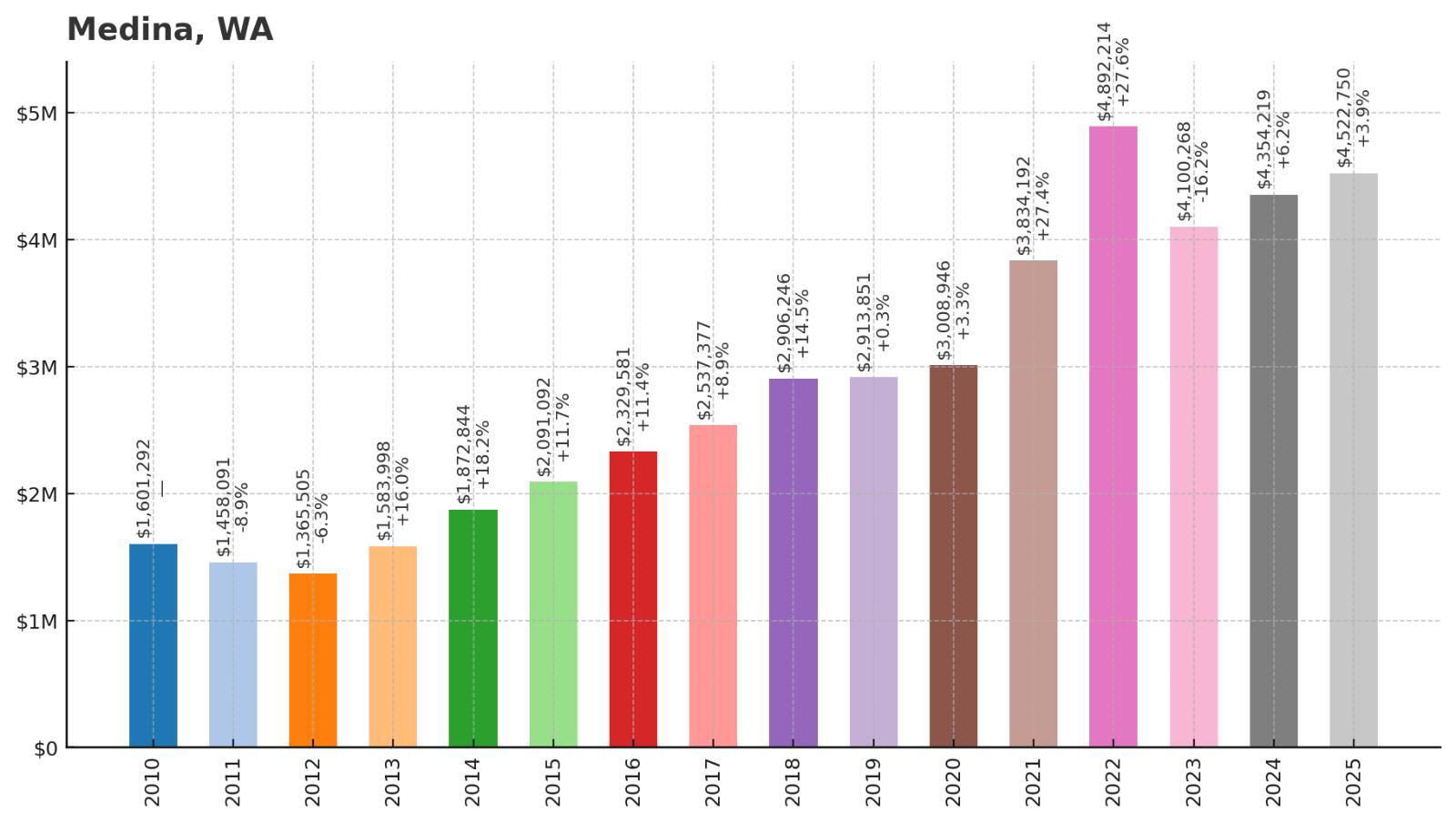
- 2010: $1,601,292
- 2011: $1,458,091
- 2012: $1,365,505
- 2013: $1,583,998
- 2014: $1,872,844
- 2015: $2,091,092
- 2016: $2,329,581
- 2017: $2,537,377
- 2018: $2,906,246
- 2019: $2,913,851
- 2020: $3,008,946
- 2021: $3,834,192
- 2022: $4,892,214
- 2023: $4,100,268
- 2024: $4,354,219
- 2025: $4,522,750
Medina started from over $1.6 million in 2010 and nearly tripled to peak at almost $4.9 million in 2022. The legendary community has maintained values well above $4.5 million with current prices around $4,522,750. The 182% increase demonstrates continued demand for this world-famous luxury destination.
Why Medina?

Why are people willing to pay so much to live here? What’s special about it?
Medina represents the absolute pinnacle of Pacific Northwest luxury living with world-famous residents and spectacular Lake Washington estates. The community has gained international recognition as home to tech billionaires and business leaders. Privacy, prestige, and proximity to major employment centers create unmatched appeal.
Many properties feature elaborate compounds with multiple structures, private beaches, and grounds worthy of luxury resorts. The community’s reputation attracts ultra-wealthy buyers from around the world seeking the ultimate residential address. Limited supply and extreme demand ensure continued price appreciation.
How Medina Rose to Prominence
Developed in the 1920s as an exclusive residential community for Seattle’s business elite, Medina incorporated in 1955 to maintain its luxury character and large-lot zoning. The community was designed to attract the region’s wealthiest residents seeking waterfront estates with privacy and prestige.
Medina gained worldwide fame as the home of Microsoft co-founder Bill Gates, whose elaborate compound brought international attention to the community. The technology boom attracted additional billionaires and ultra-wealthy tech executives, cementing Medina’s reputation as one of America’s most exclusive residential addresses.
3 Interesting Tidbits
1. Gates Estate – Bill Gates’ 66,000-square-foot compound in Medina, known as “Xanadu 2.0,” is one of the most famous private residences in America and features cutting-edge technology throughout.
2. Celebrity Haven – Medina has been home to numerous celebrities and business leaders, including Jeff Bezos before his move to Beverly Hills, making it a magnet for the ultra-wealthy.
3. Privacy Paradise – The community’s strict privacy regulations and security measures make it a preferred destination for high-profile individuals seeking discretion and exclusivity.
1. Hunts Point – 160% Home Price Increase Since 2013
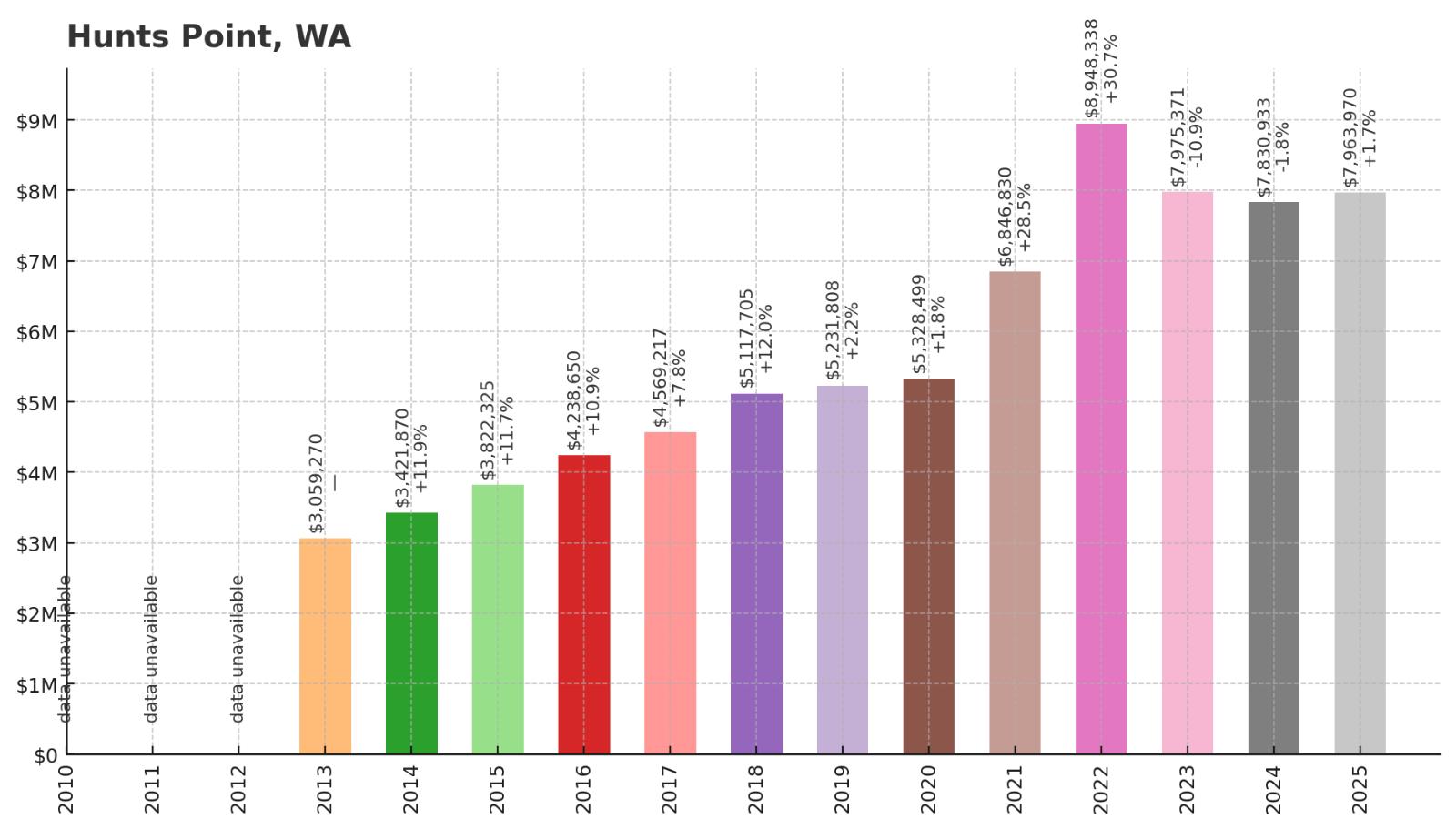
- 2010: N/A
- 2011: N/A
- 2012: N/A
- 2013: $3,059,270
- 2014: $3,421,870
- 2015: $3,822,325
- 2016: $4,238,650
- 2017: $4,569,217
- 2018: $5,117,705
- 2019: $5,231,808
- 2020: $5,328,499
- 2021: $6,846,830
- 2022: $8,948,338
- 2023: $7,975,371
- 2024: $7,830,933
- 2025: $7,963,970
Hunts Point data begins in 2013 at over $3 million, reflecting the ultra-premium nature of this exclusive peninsula. Values increased 160% to peak at nearly $9 million in 2022. Current prices around $7,963,970 represent the absolute pinnacle of Washington real estate pricing.
Why Hunts Point?

Why are people willing to pay so much to live here? What’s special about it?
Hunts Point represents the absolute summit of luxury real estate in Washington with the highest home values in the state. The exclusive peninsula community features ultra-luxury estates with private beaches and panoramic Lake Washington views. Ultimate privacy and prestige appeal to billionaires and ultra-high-net-worth individuals.
The tiny community maintains the most restrictive development standards in the region, ensuring continued exclusivity and property protection. Many estates feature multiple acres, private docks, and architectural distinction that creates world-class living experiences. The combination of location, luxury, and extreme rarity justifies the highest pricing in the Pacific Northwest.
How Hunts Point Rose to Prominence
Developed as the most exclusive residential peninsula on Lake Washington, Hunts Point incorporated in 1955 as Washington’s smallest city by area to preserve its ultra-luxury character. The community was designed from the beginning to attract only the wealthiest residents seeking the ultimate waterfront lifestyle.
The peninsula gained prominence as tech industry wealth concentrated on the Eastside, attracting billionaire entrepreneurs and executives seeking the most exclusive address available. Hunts Point has maintained its position as the pinnacle of Pacific Northwest luxury through ultra-restrictive development controls and property values that ensure only the ultra-wealthy can afford to live there.
3 Interesting Tidbits
1. Ultimate Exclusivity – Hunts Point is the smallest city in Washington by land area, with only 194 acres and fewer than 500 residents, making it the most exclusive community in the state.
2. Billionaire’s Row – The peninsula has been home to multiple billionaires and is considered one of the most expensive residential areas in the entire United States.
3. Historic Luxury – Since its incorporation in 1955, Hunts Point has maintained its position as the most expensive residential community in Washington, with property values that consistently break state records.






